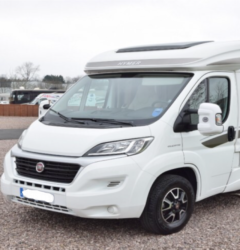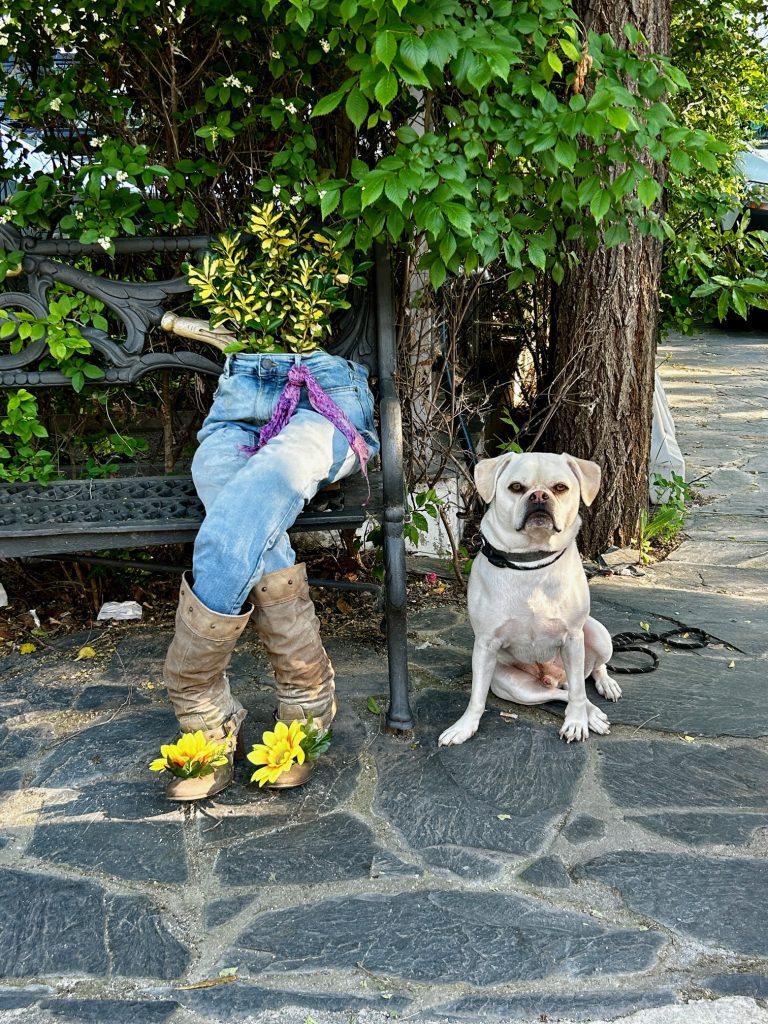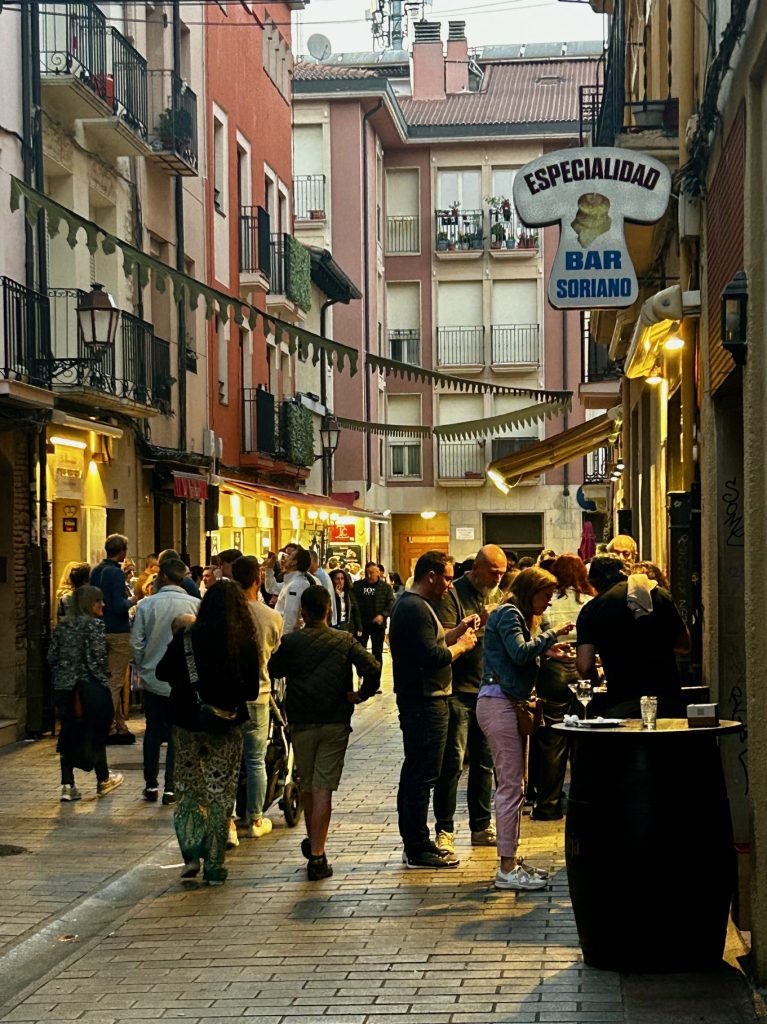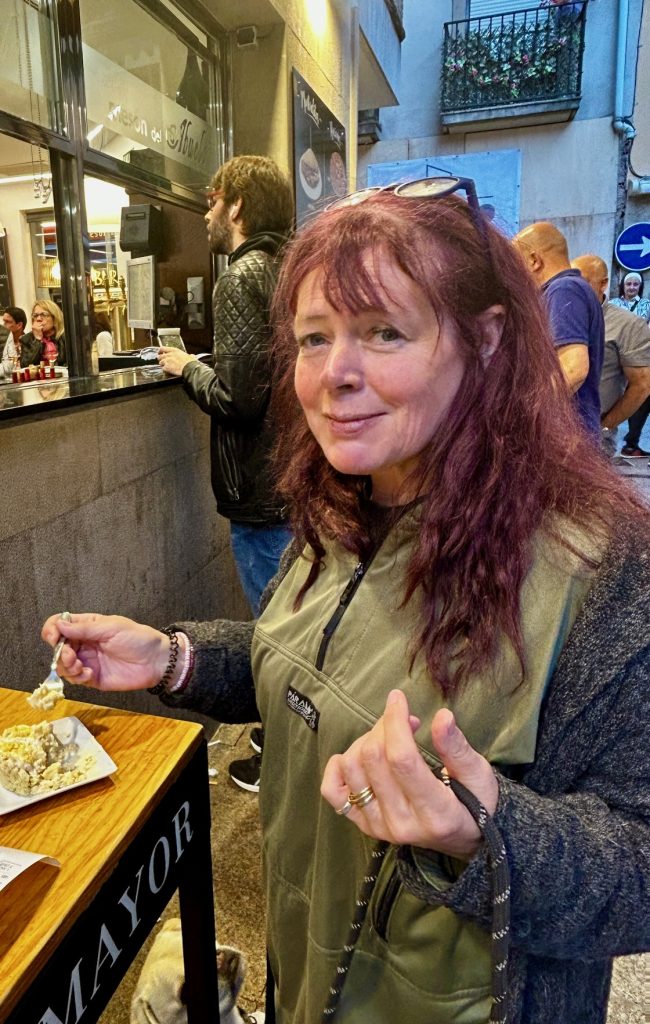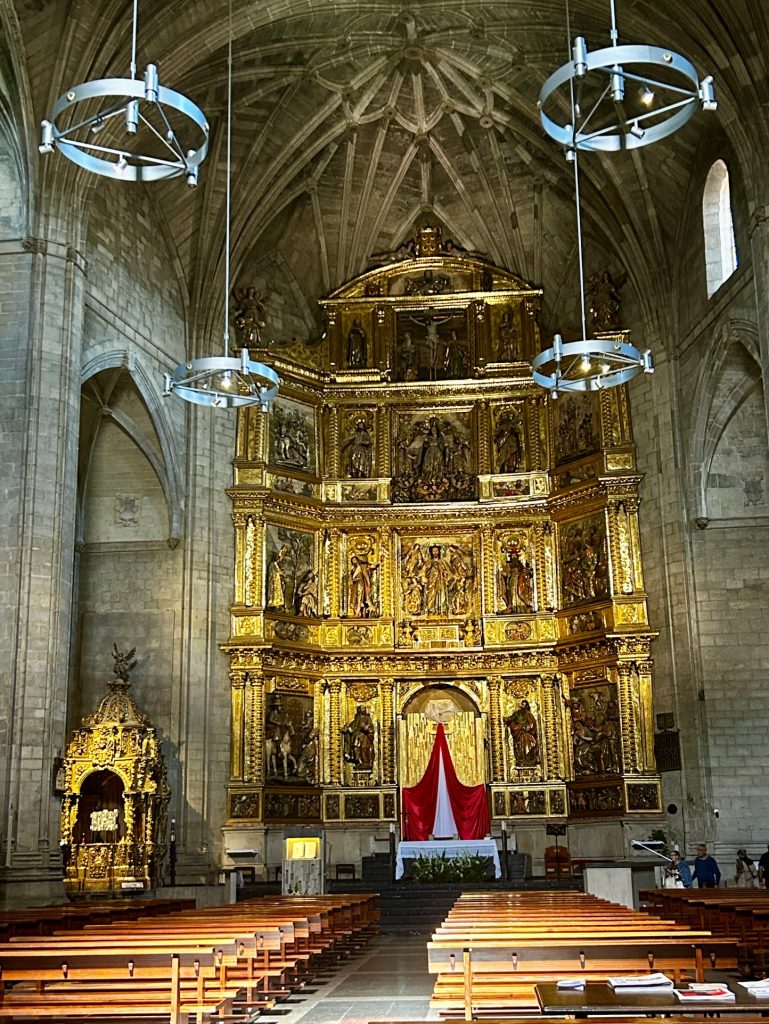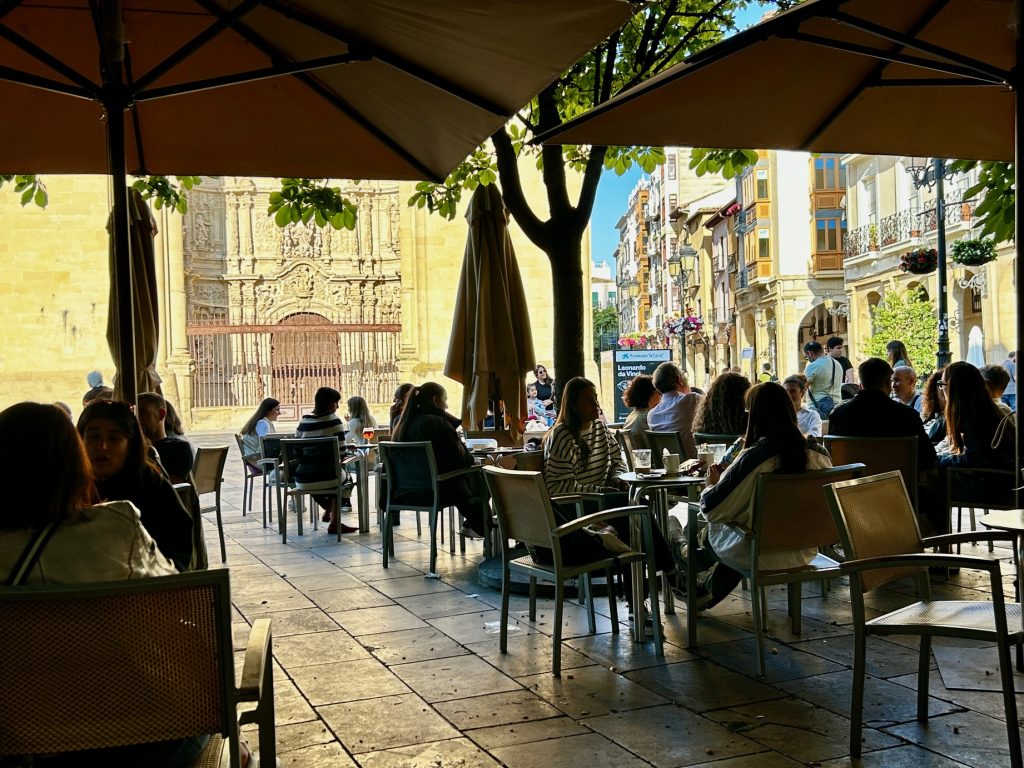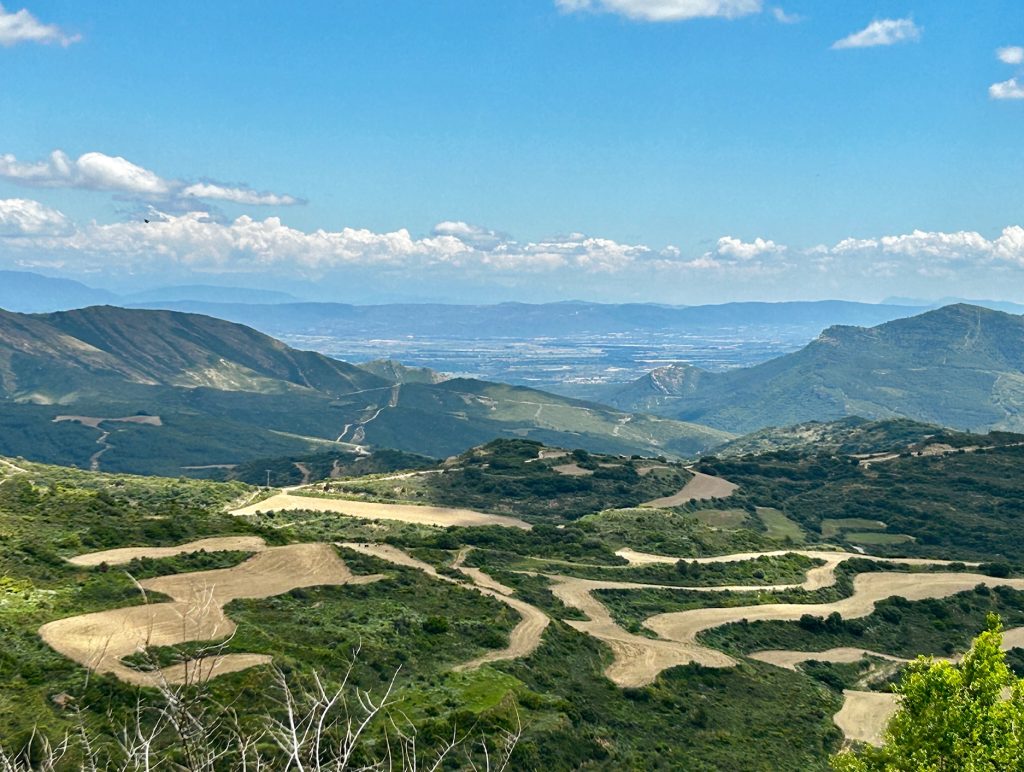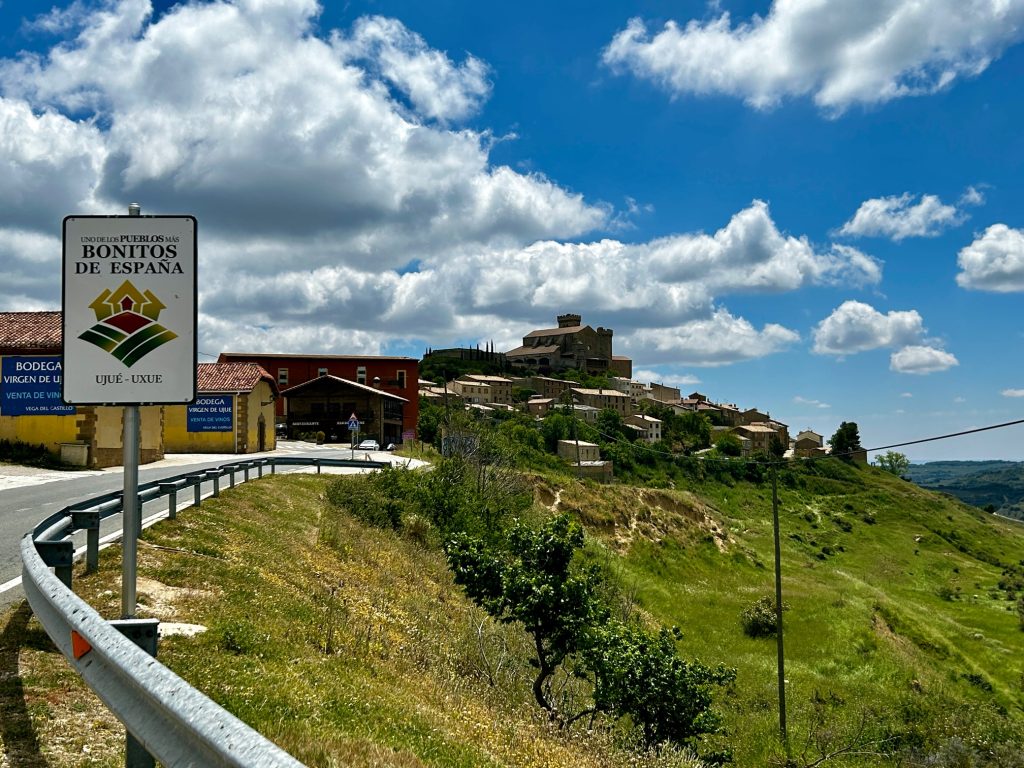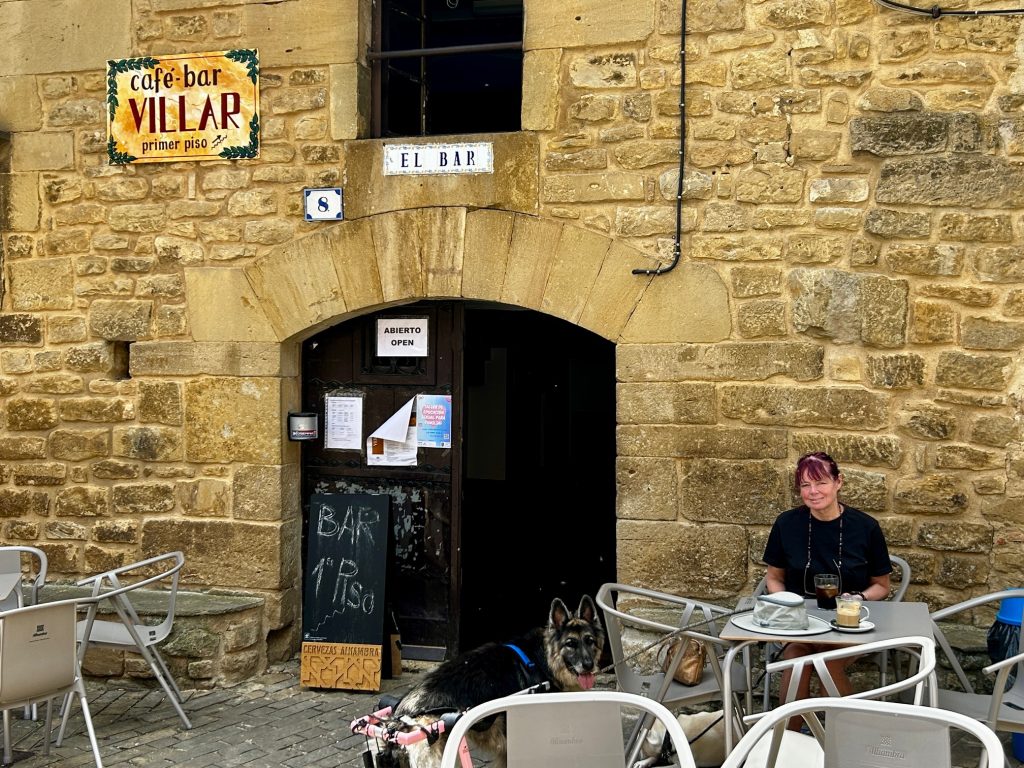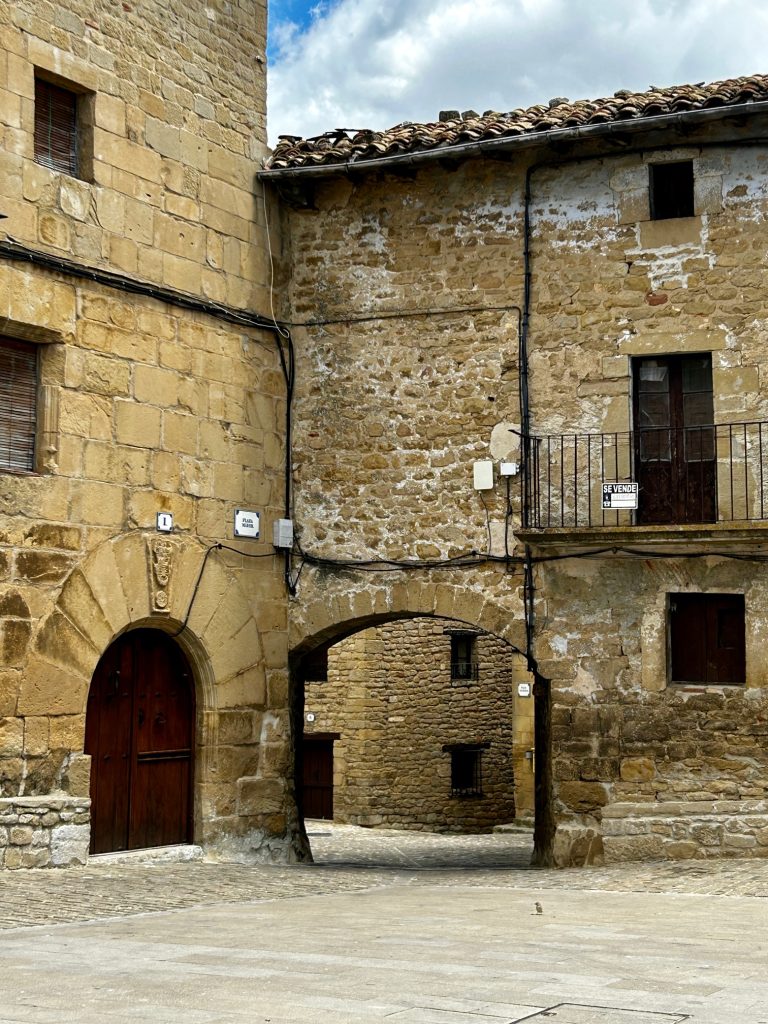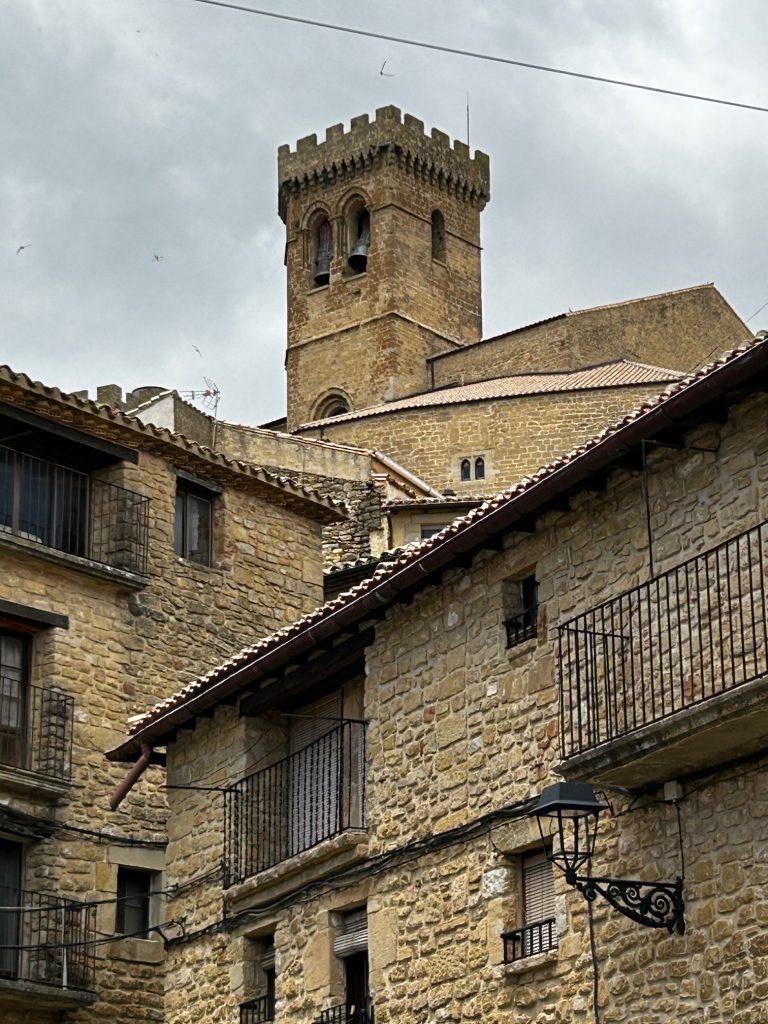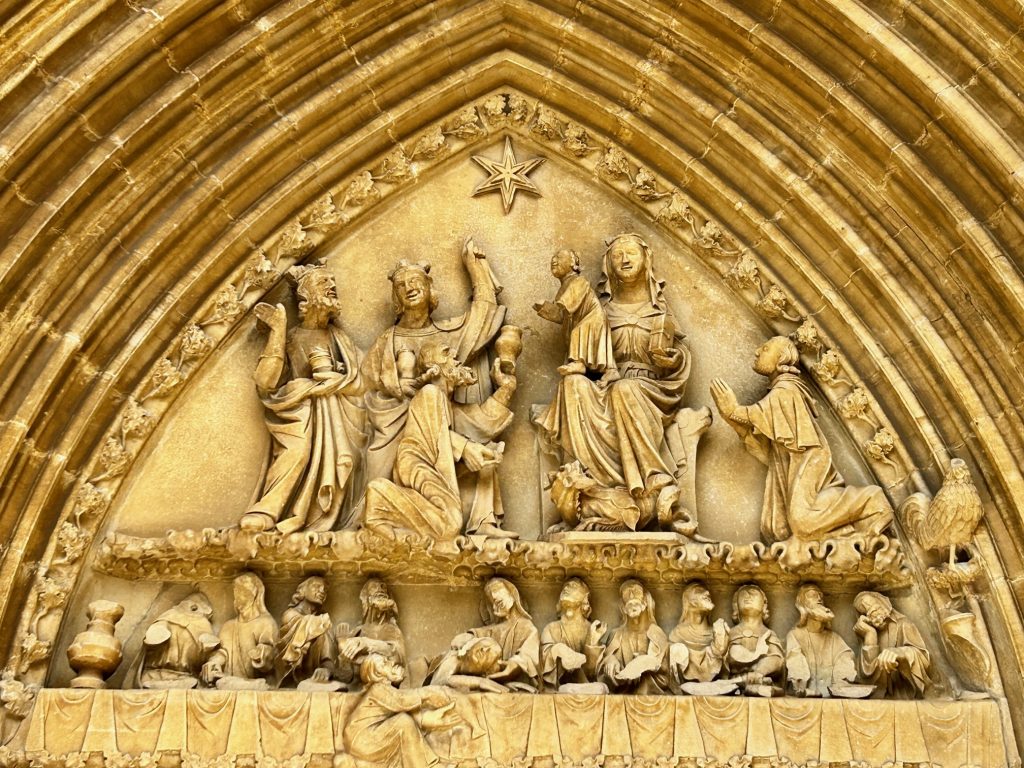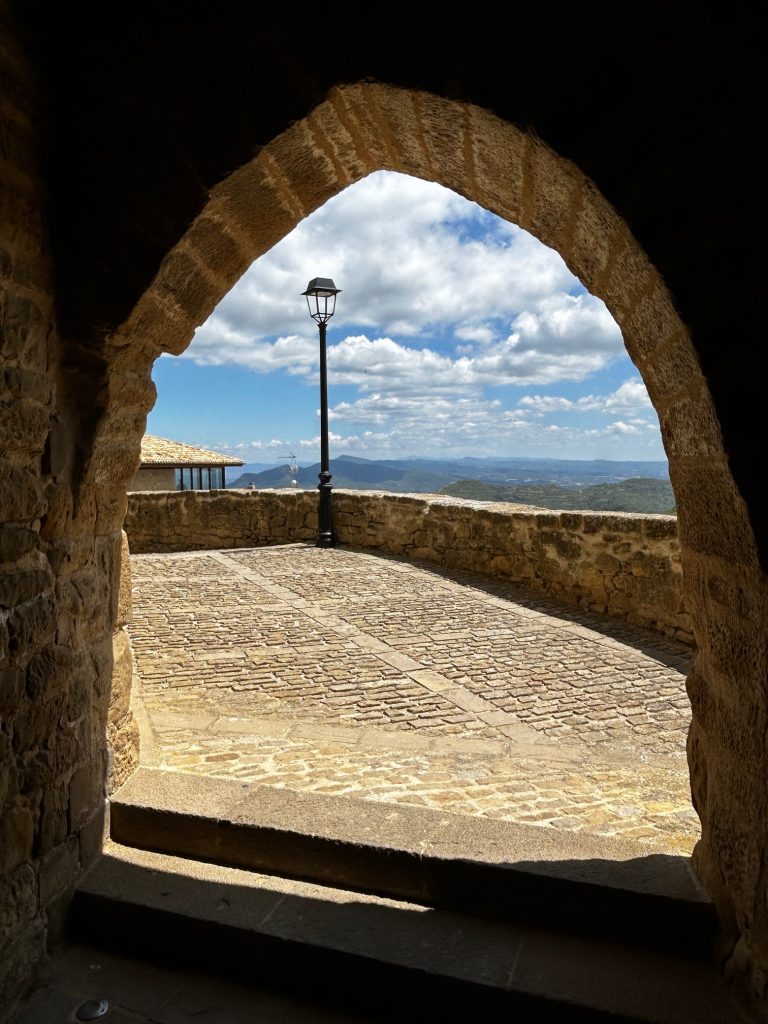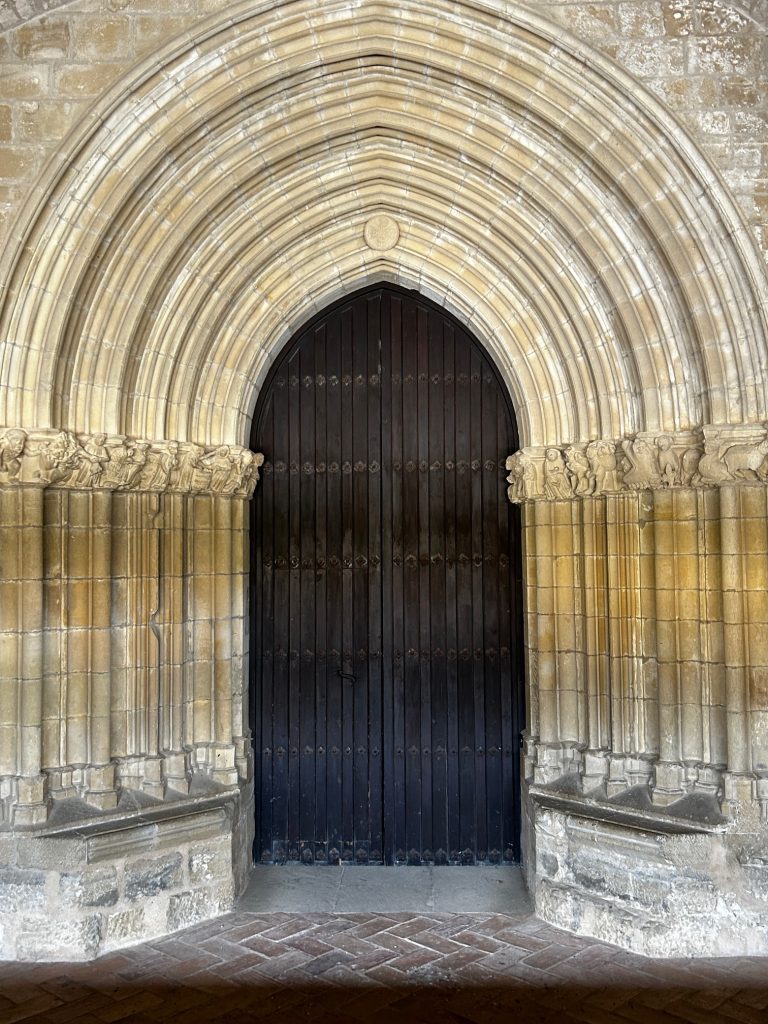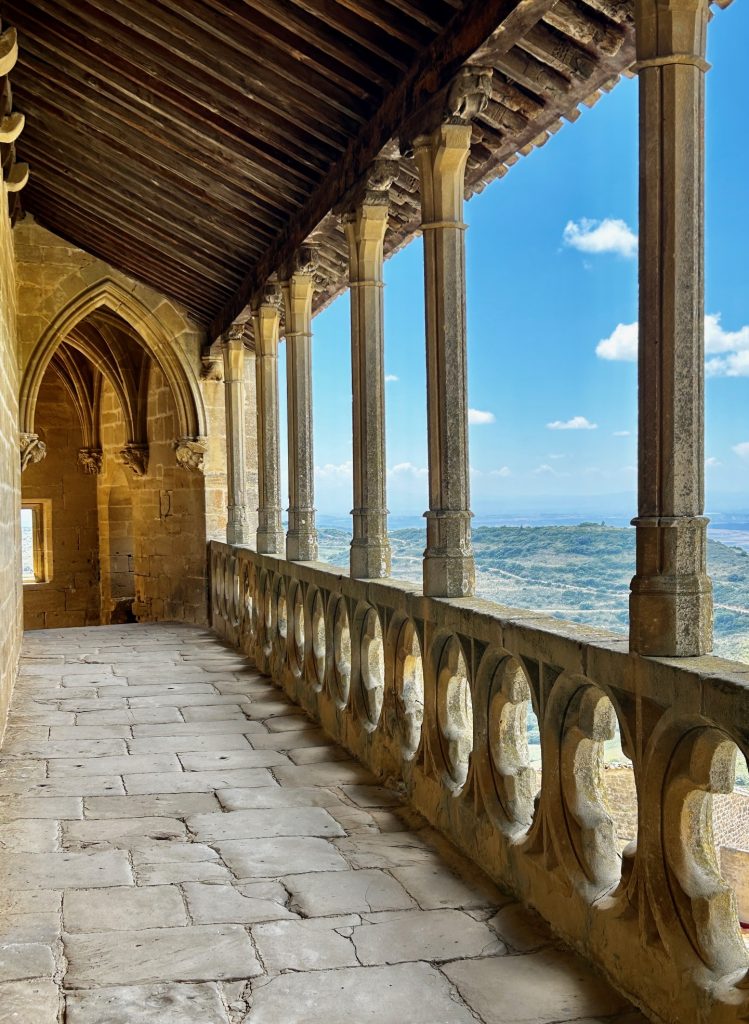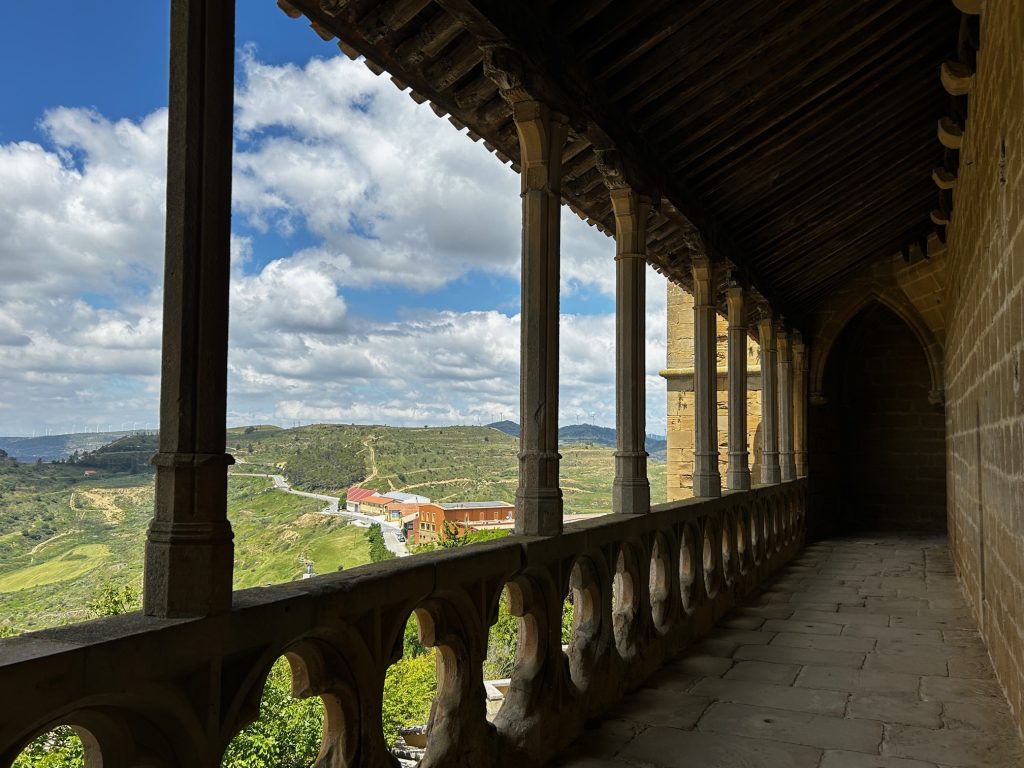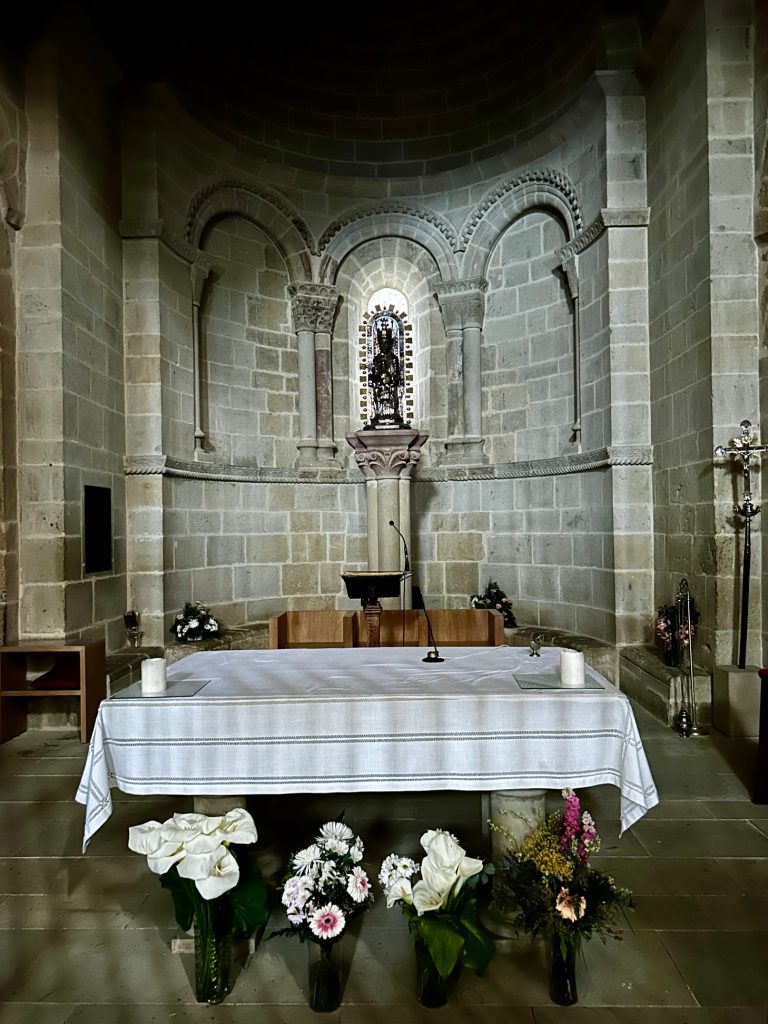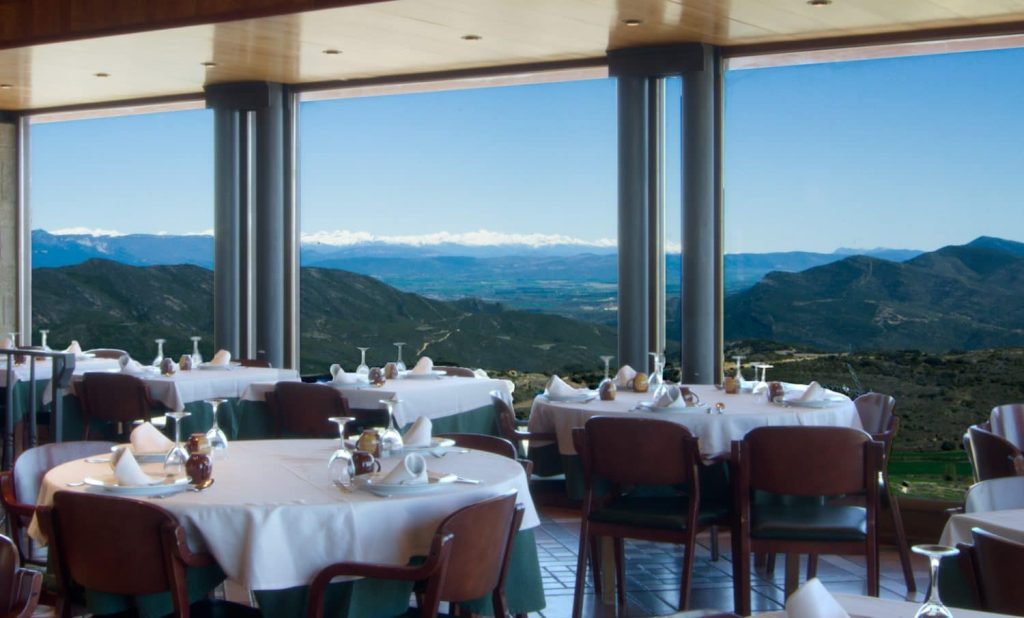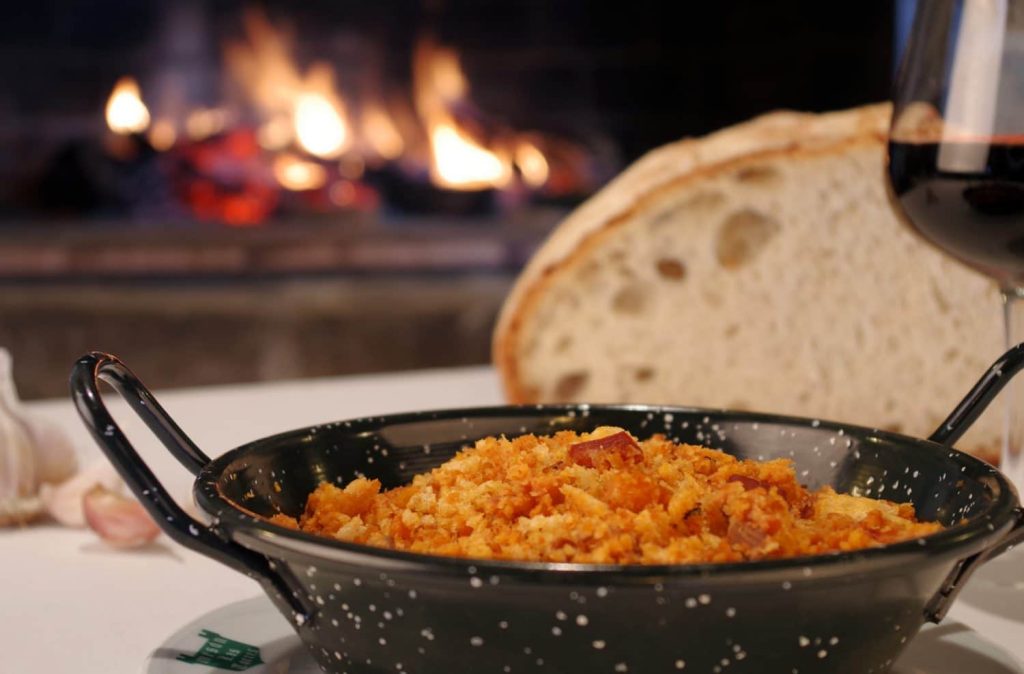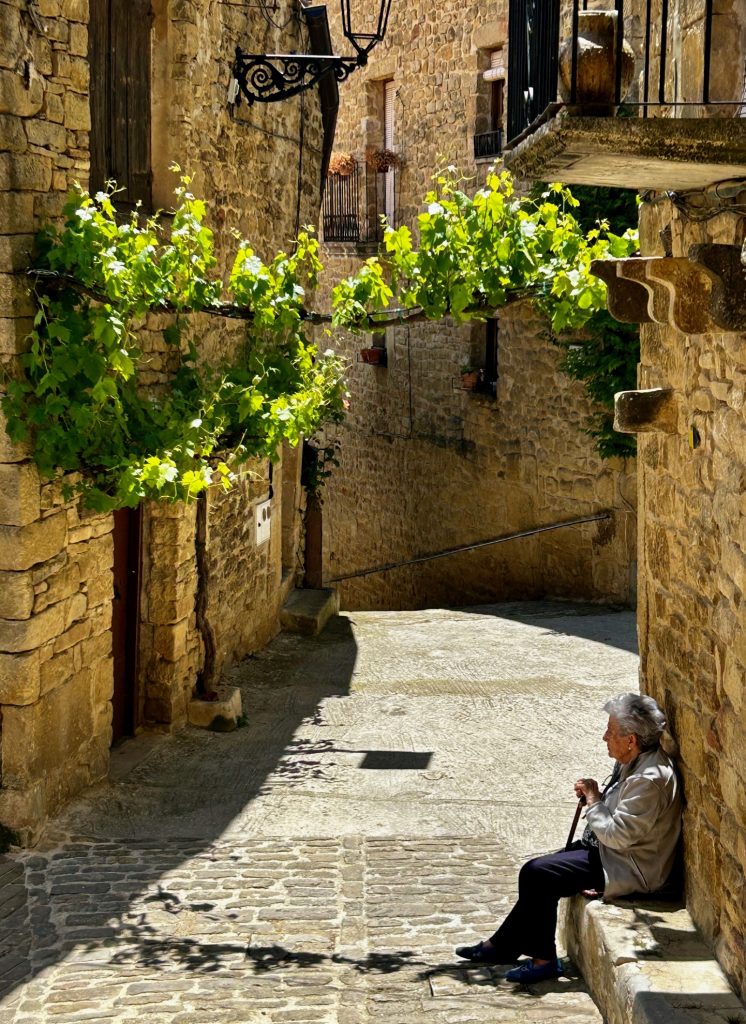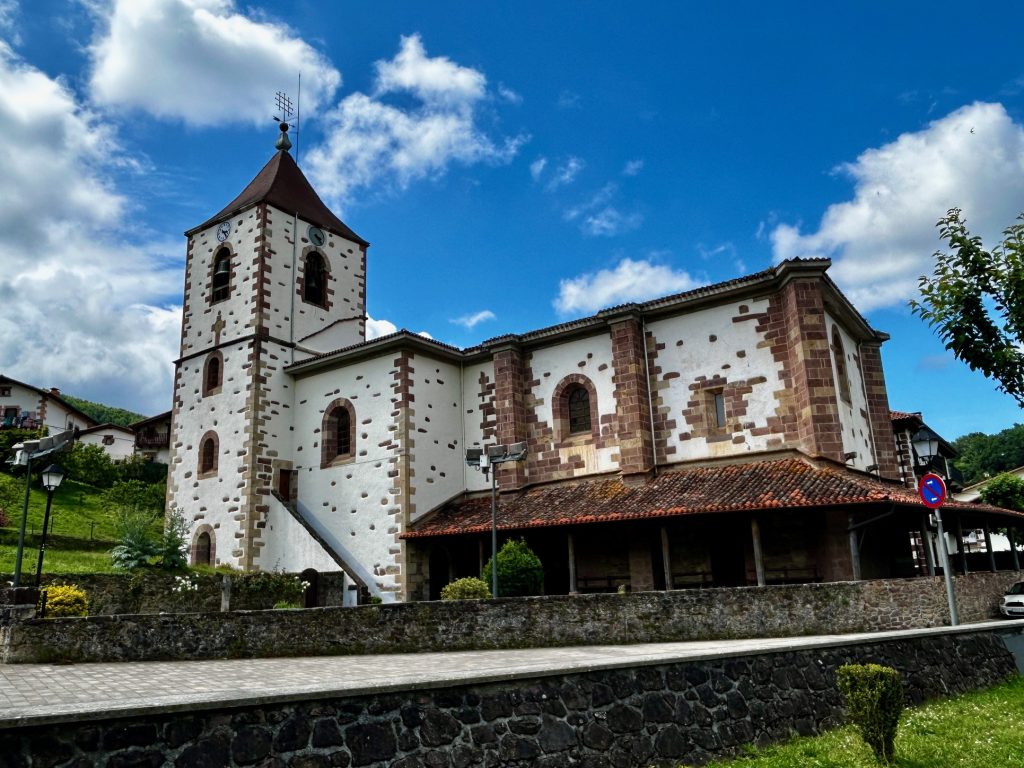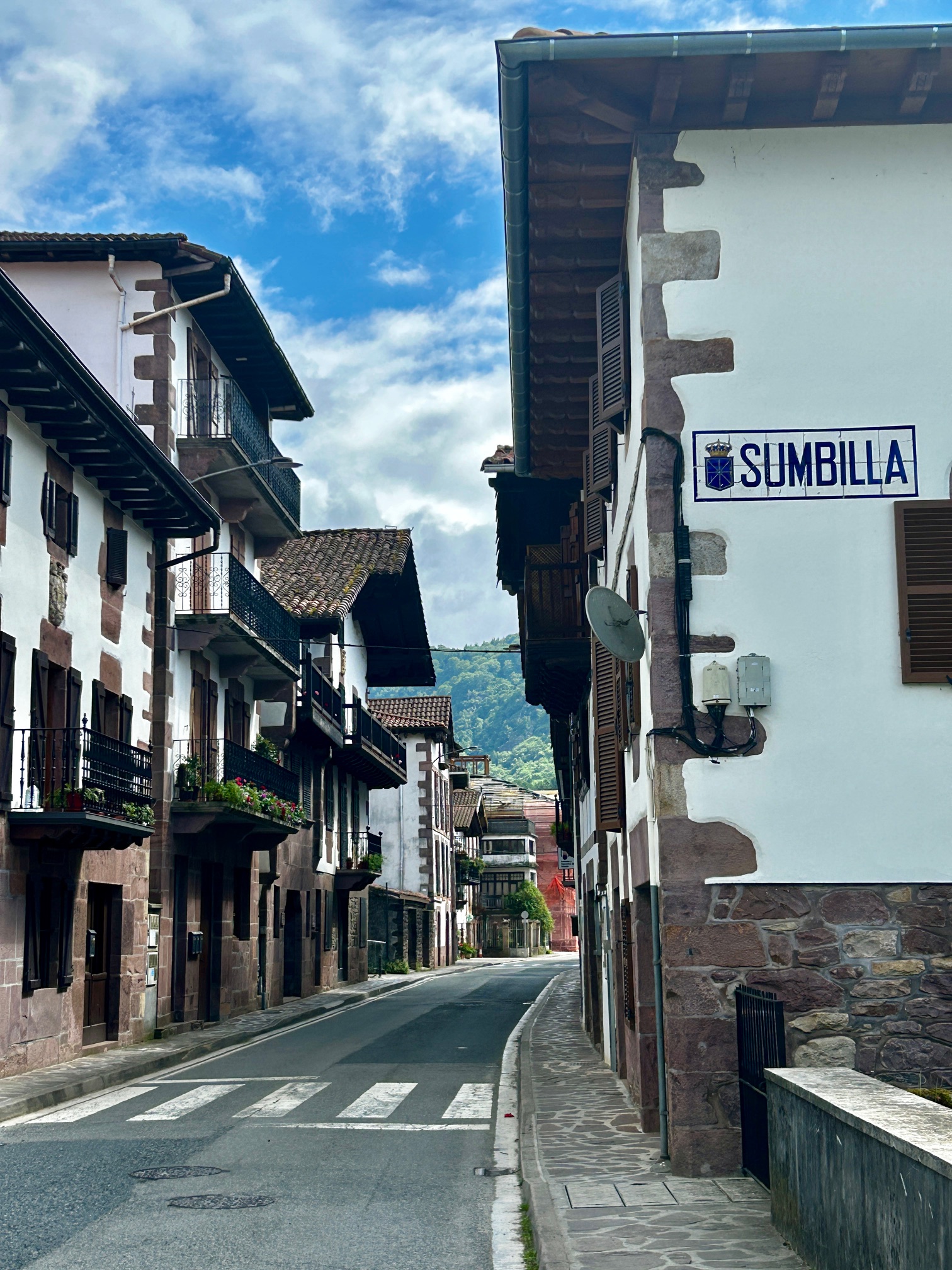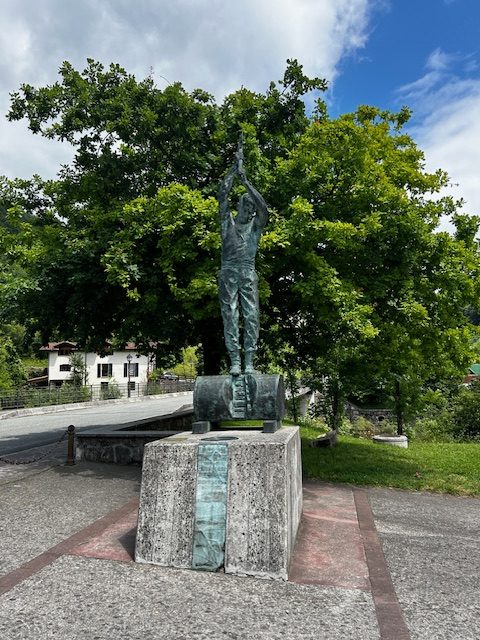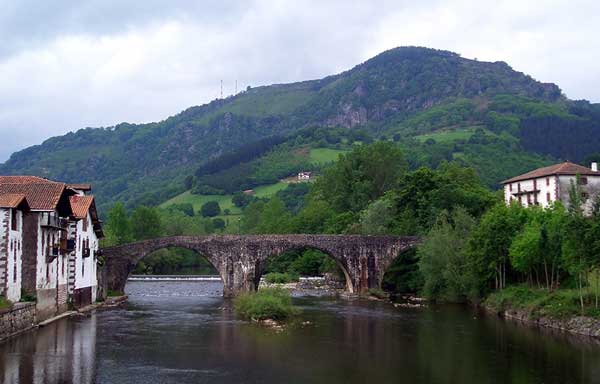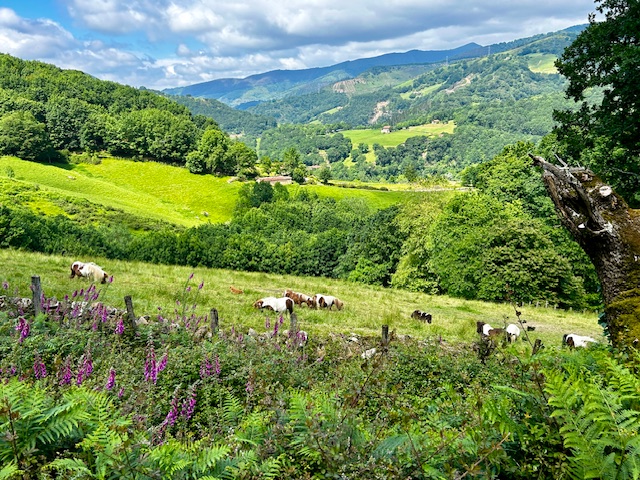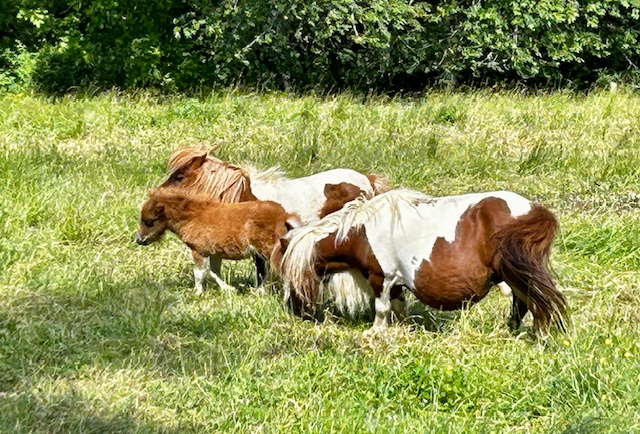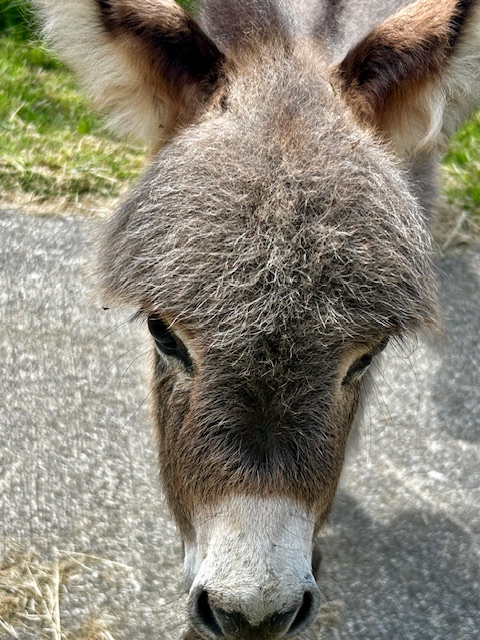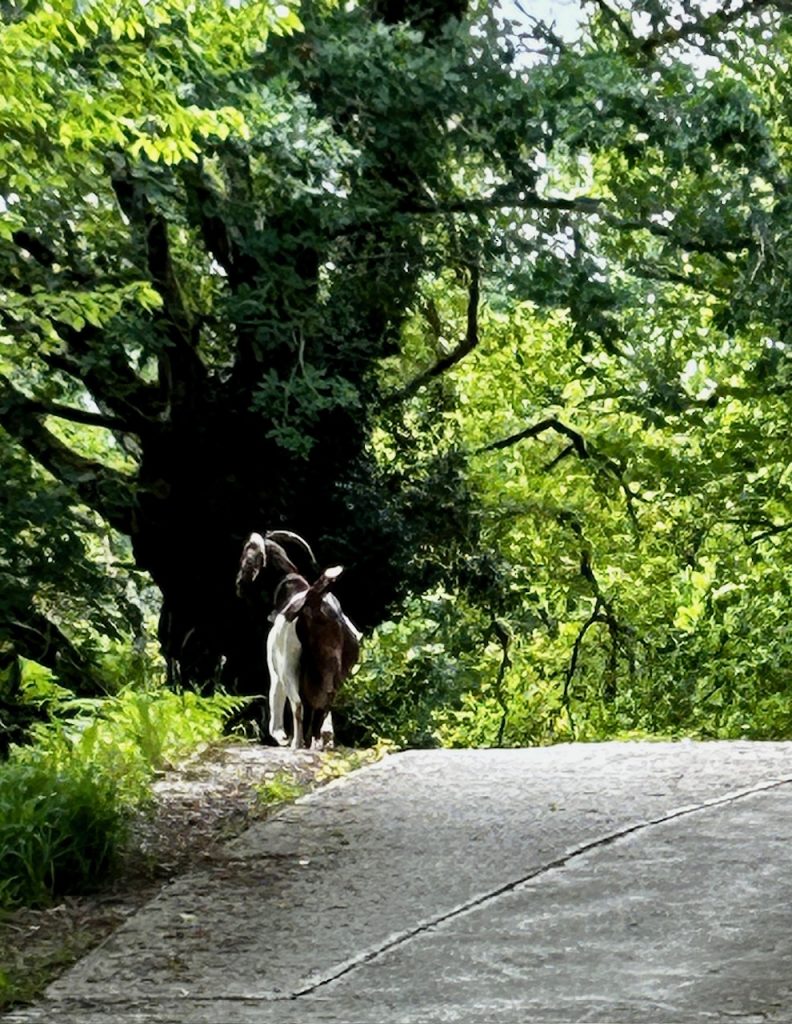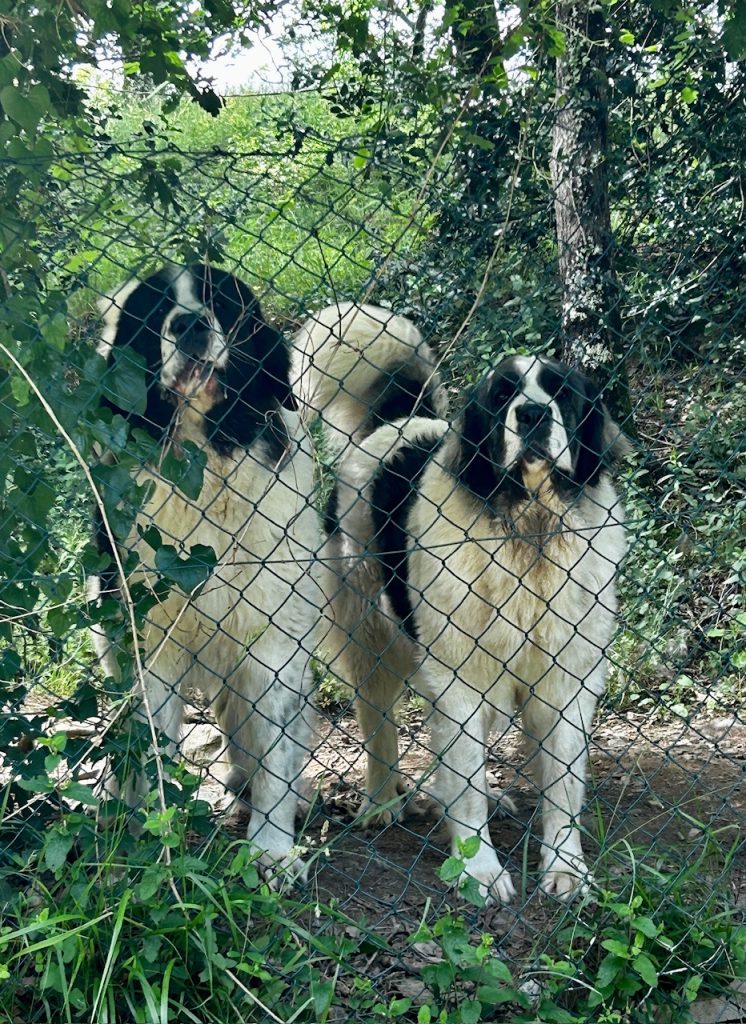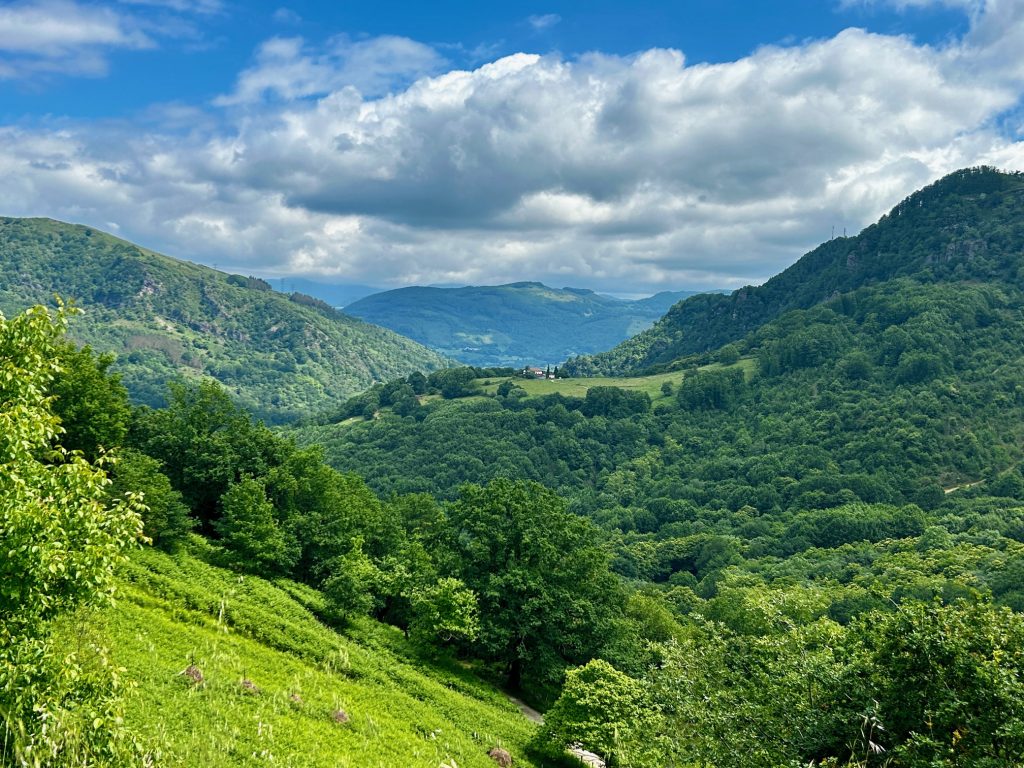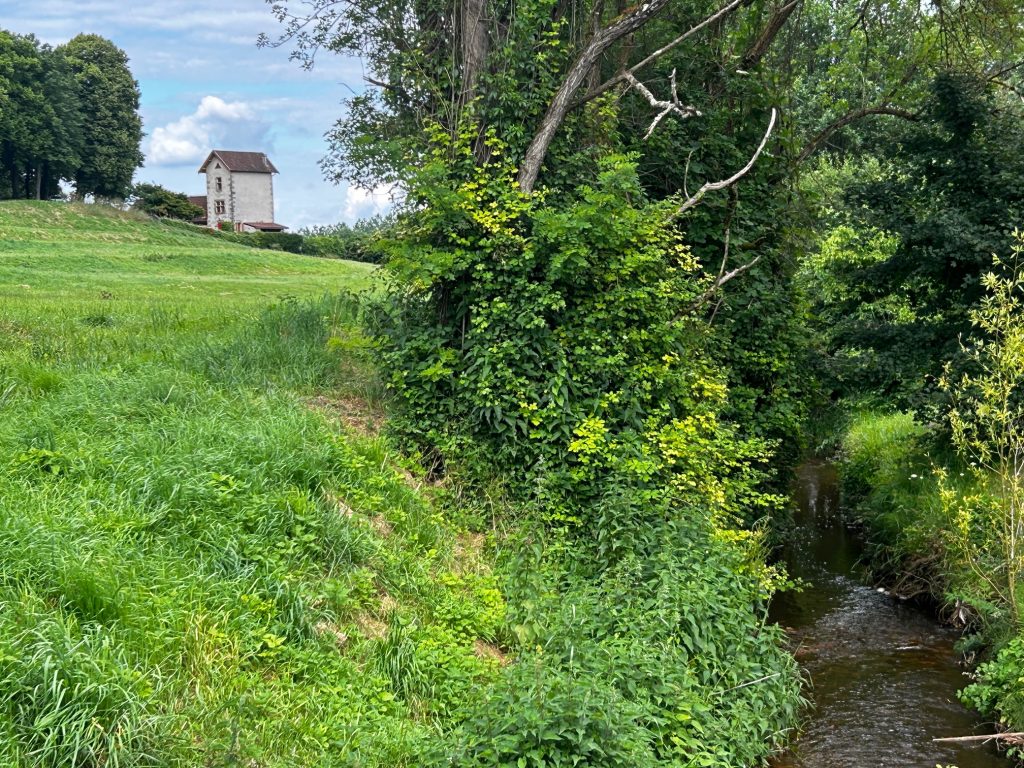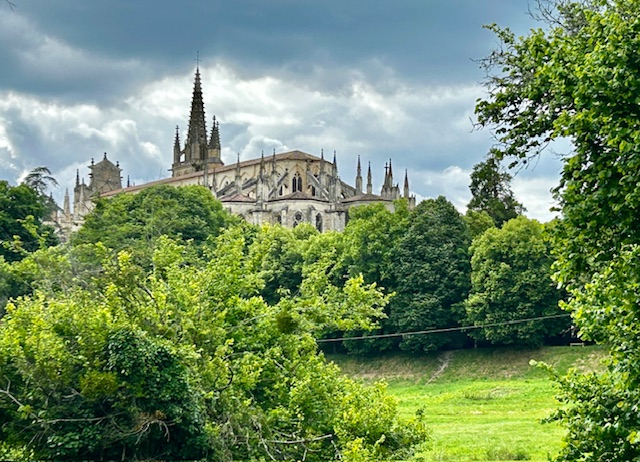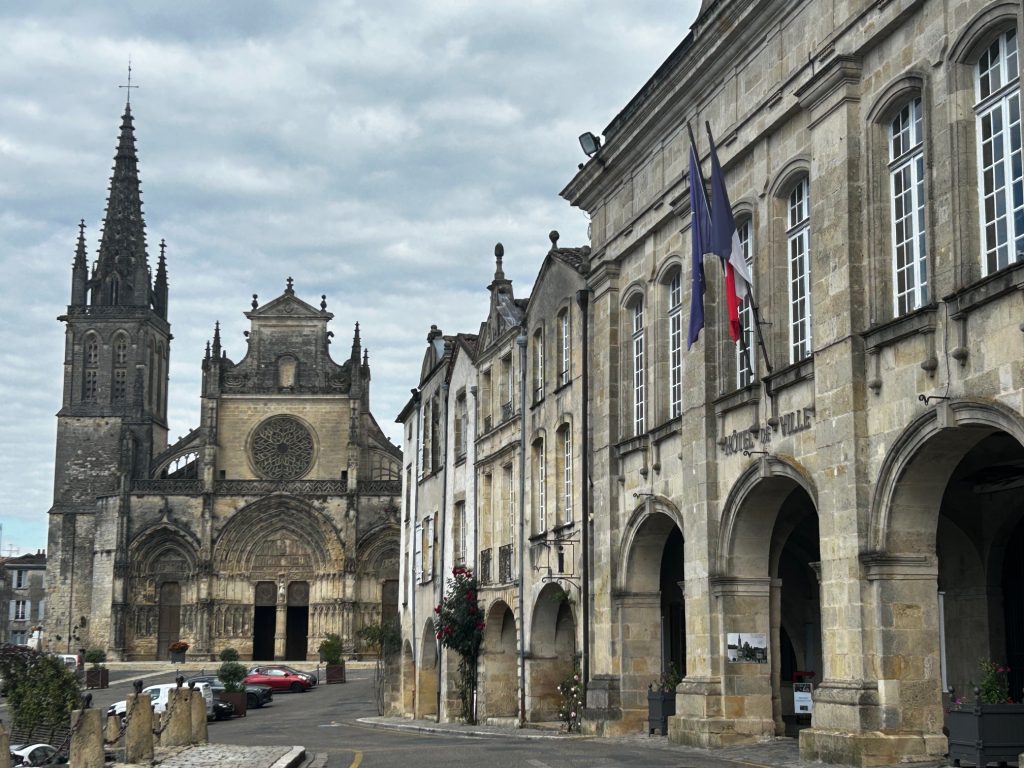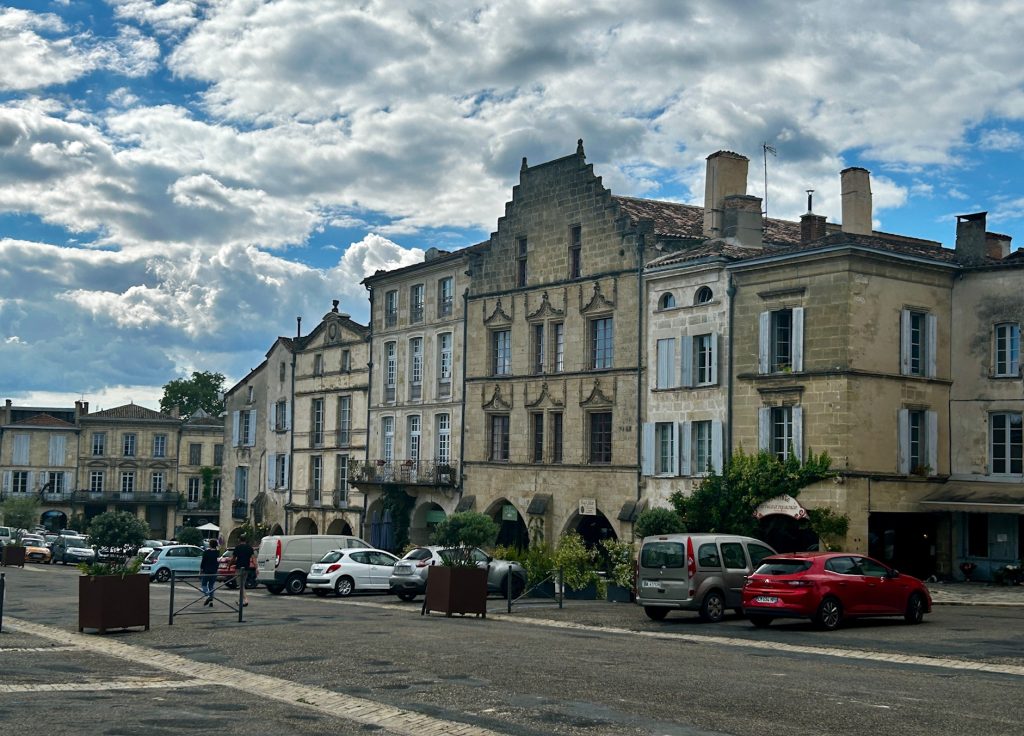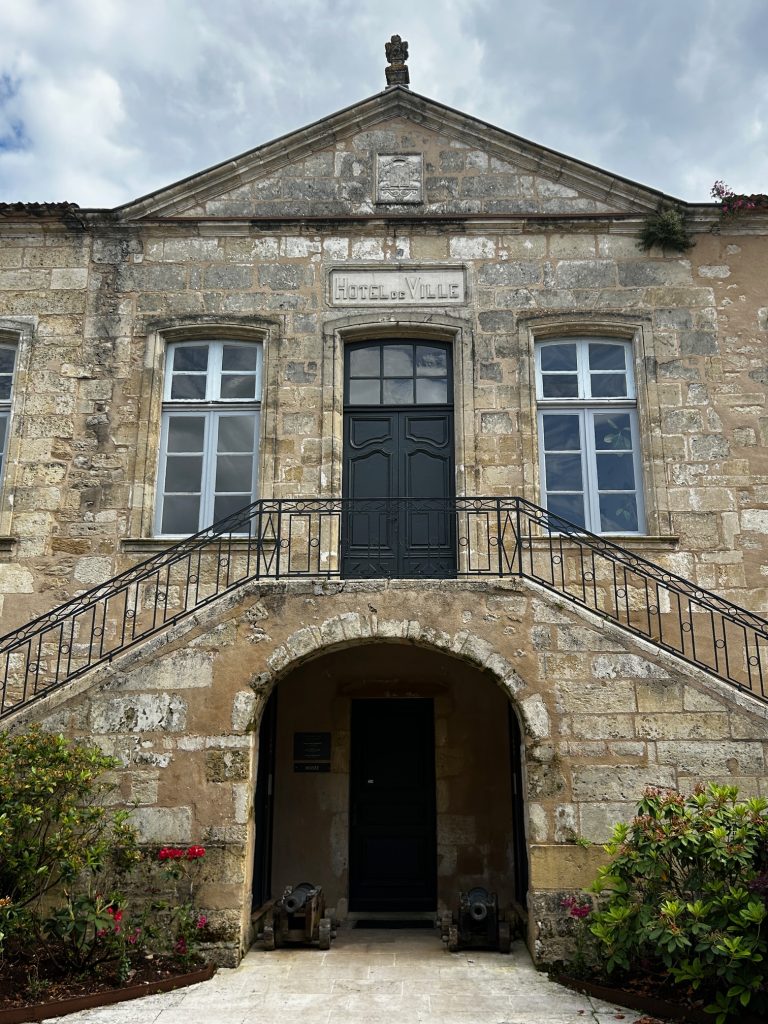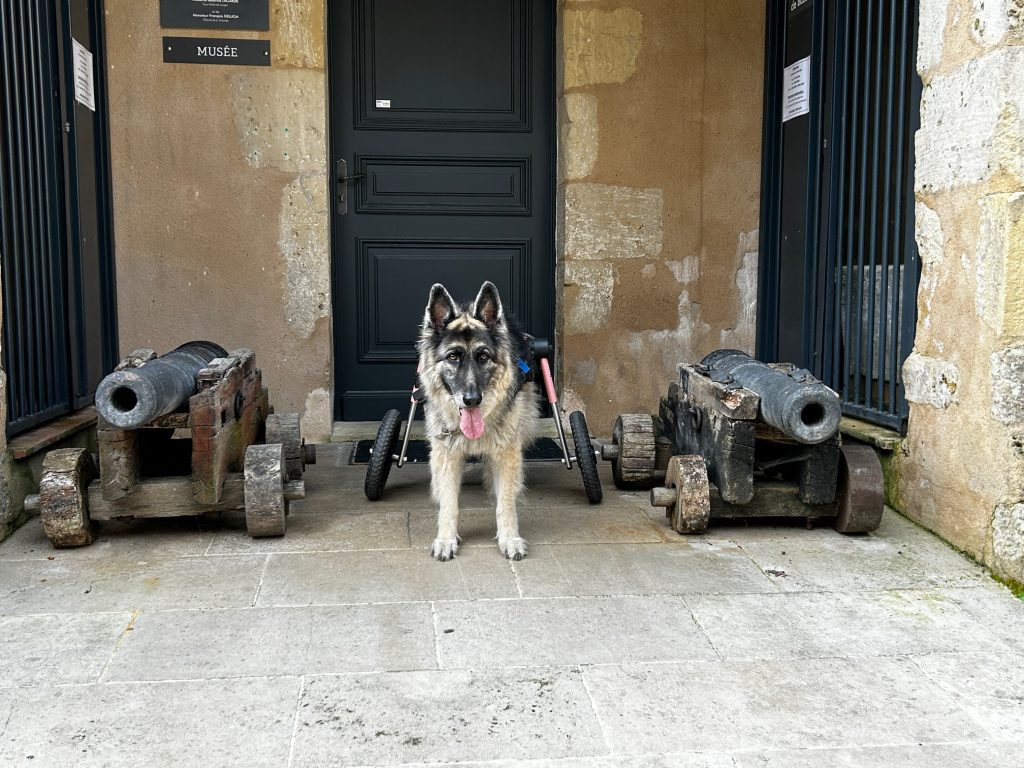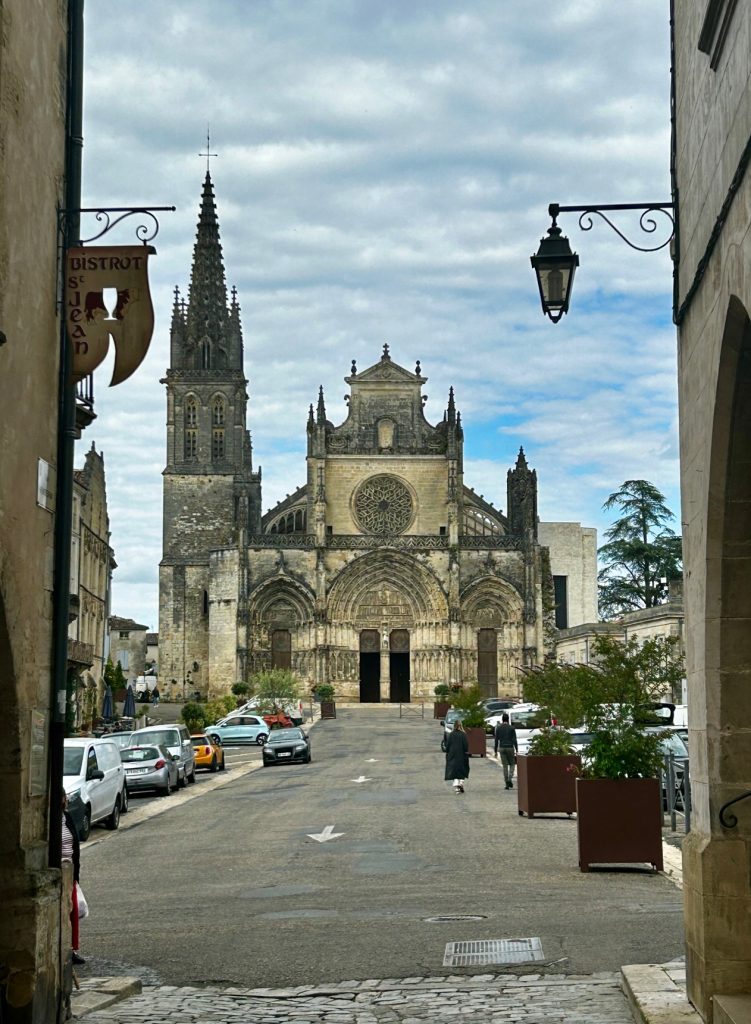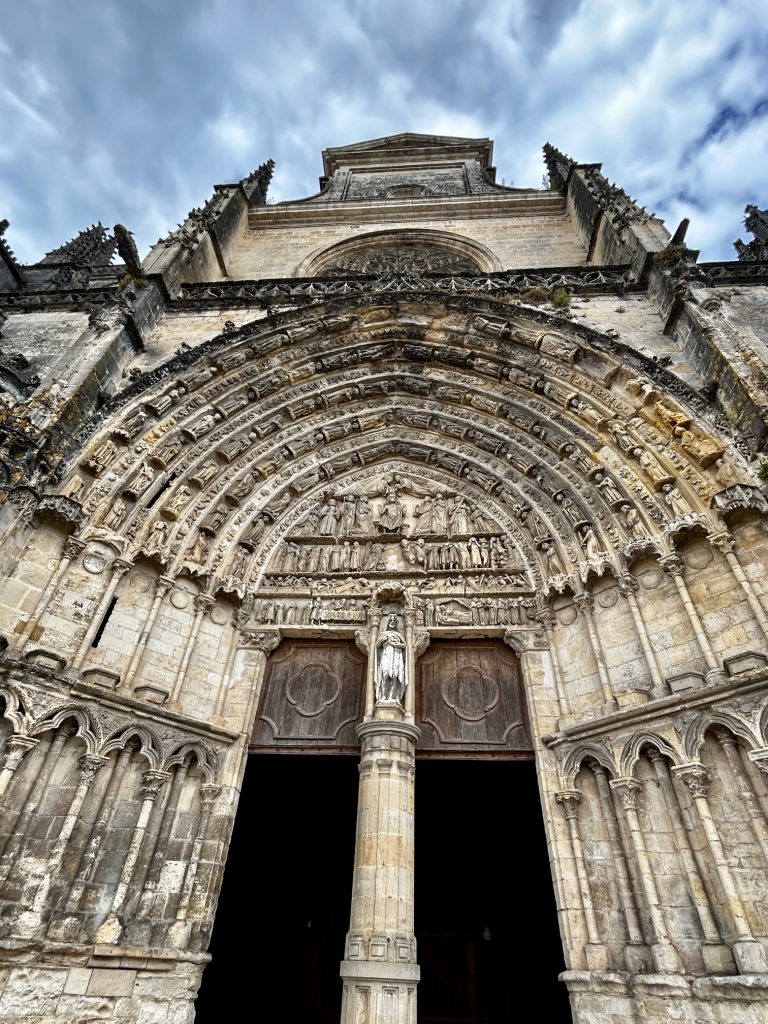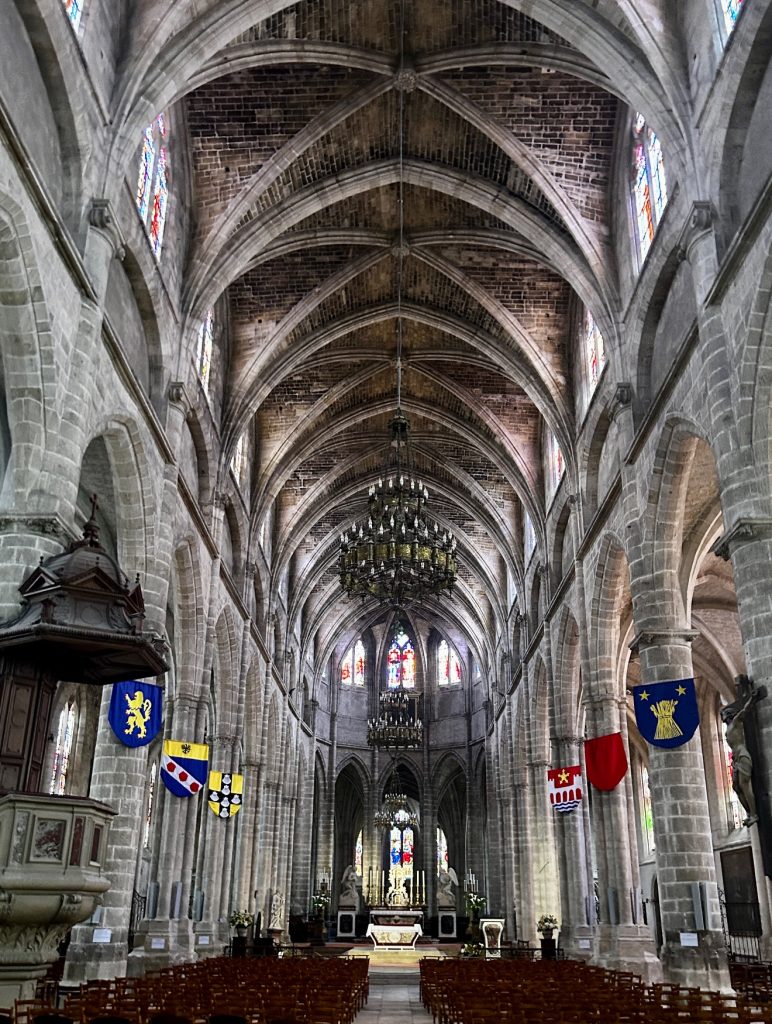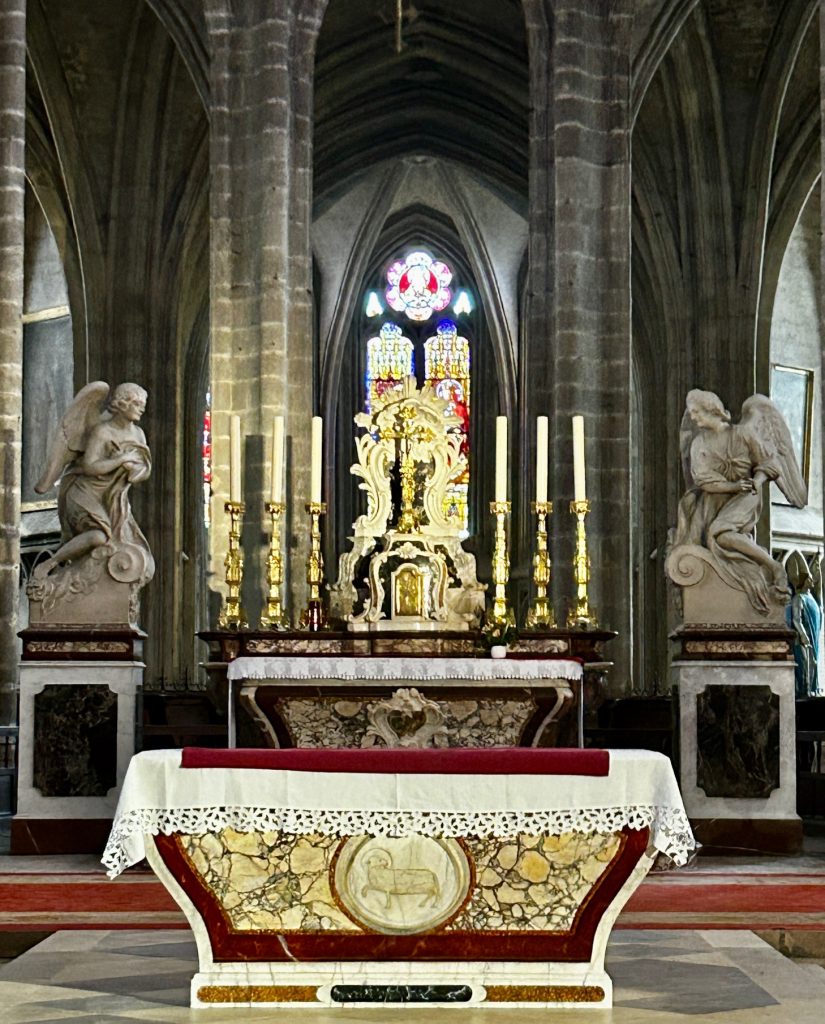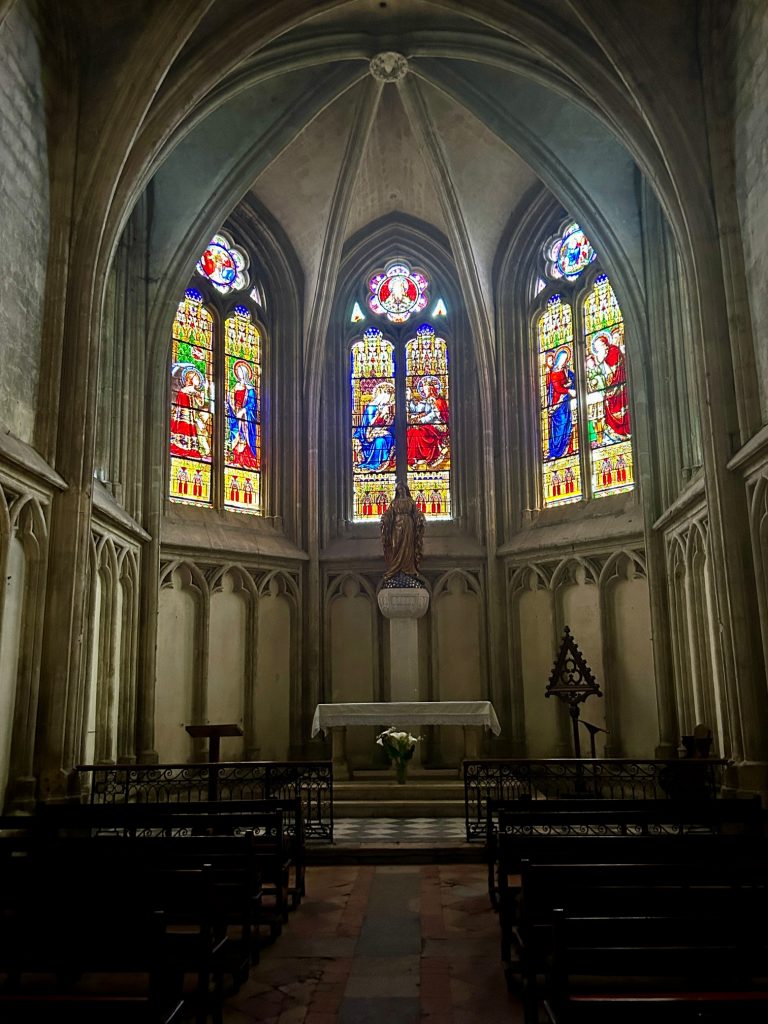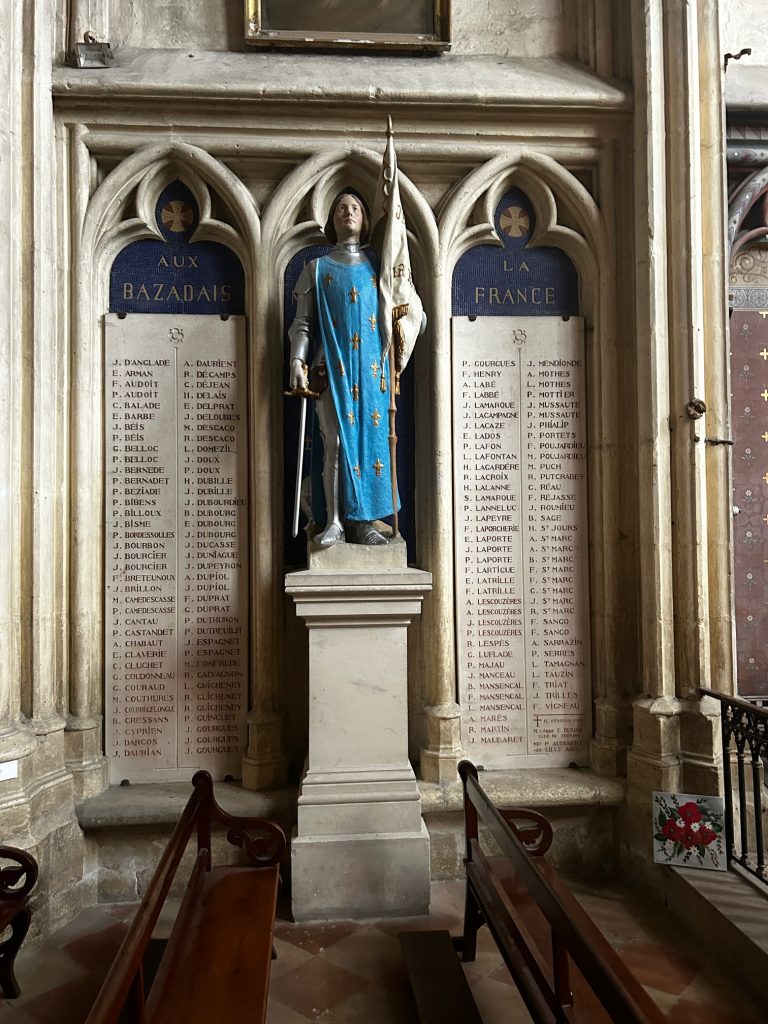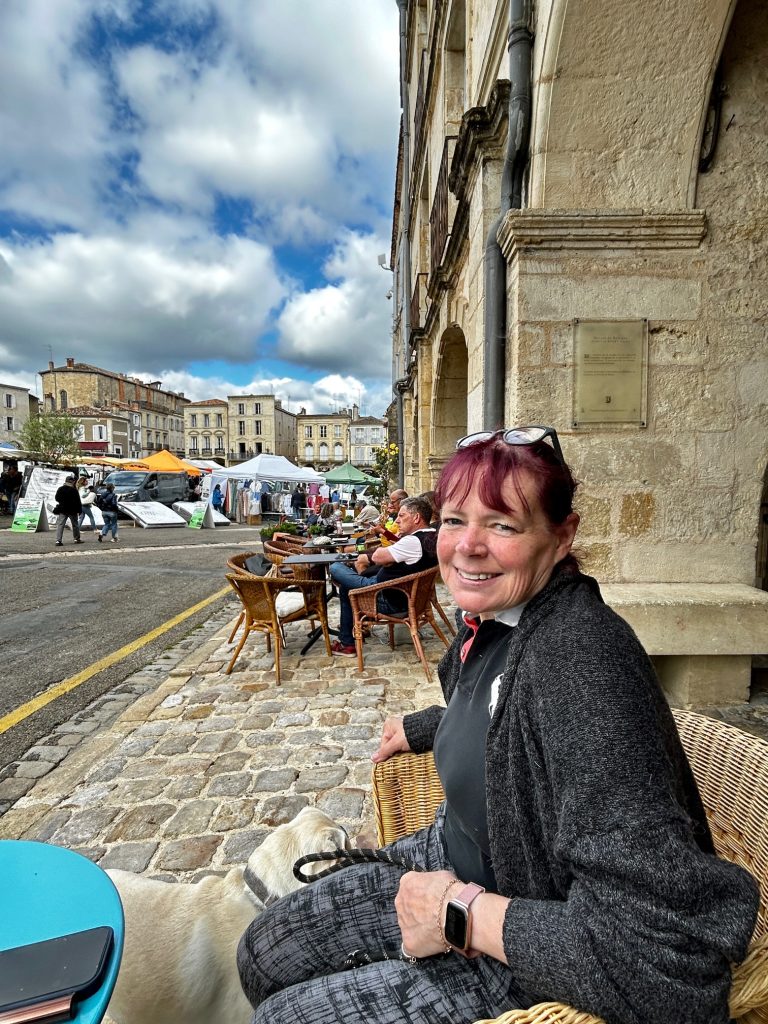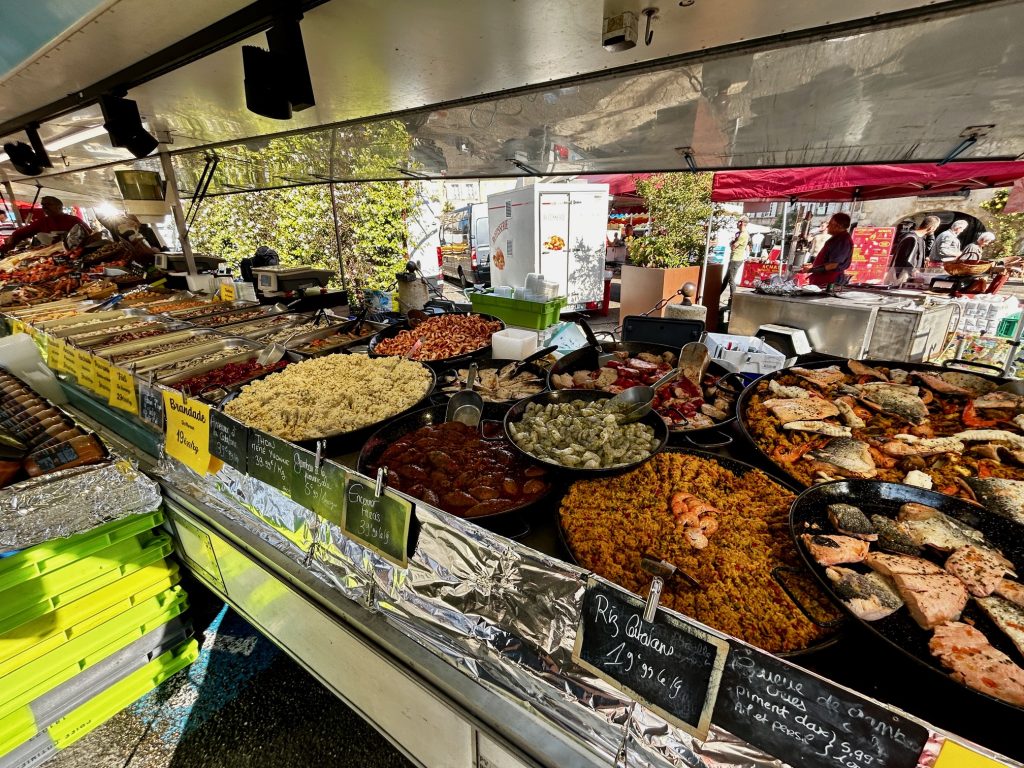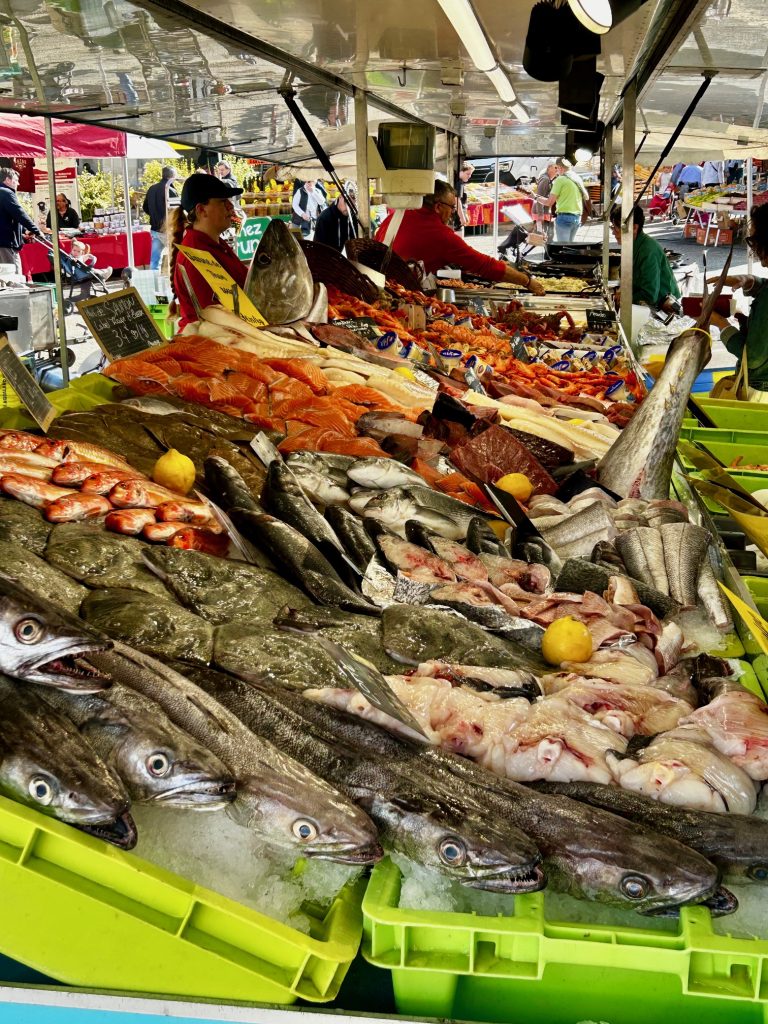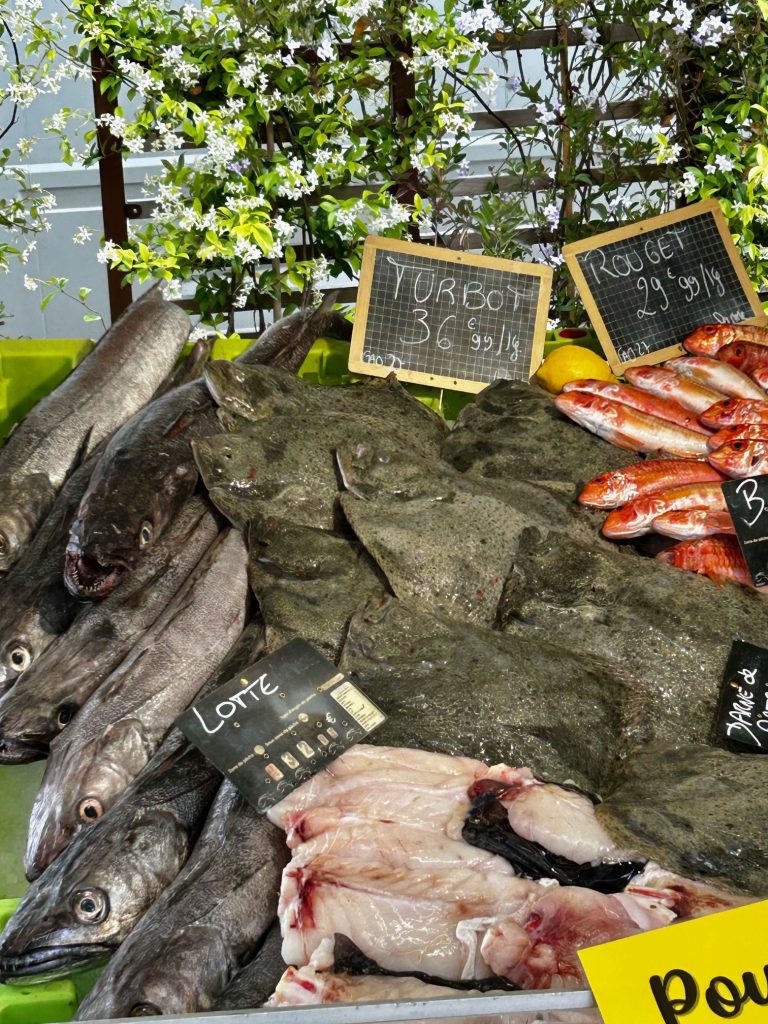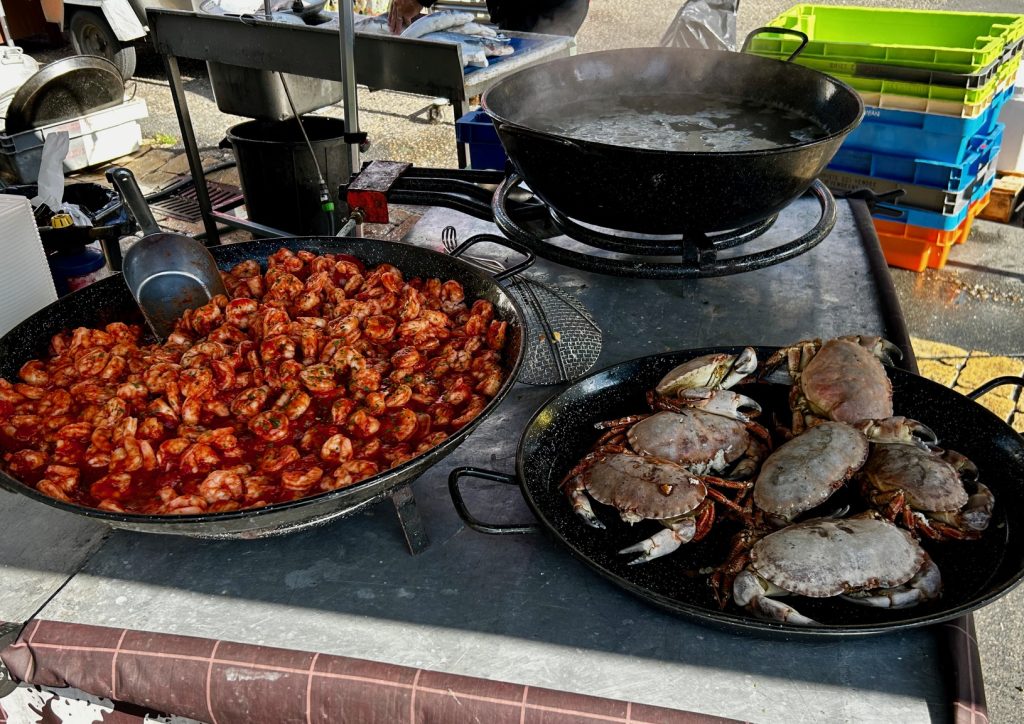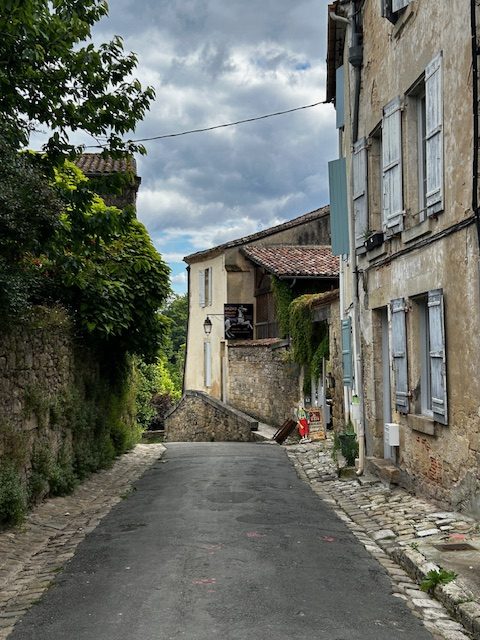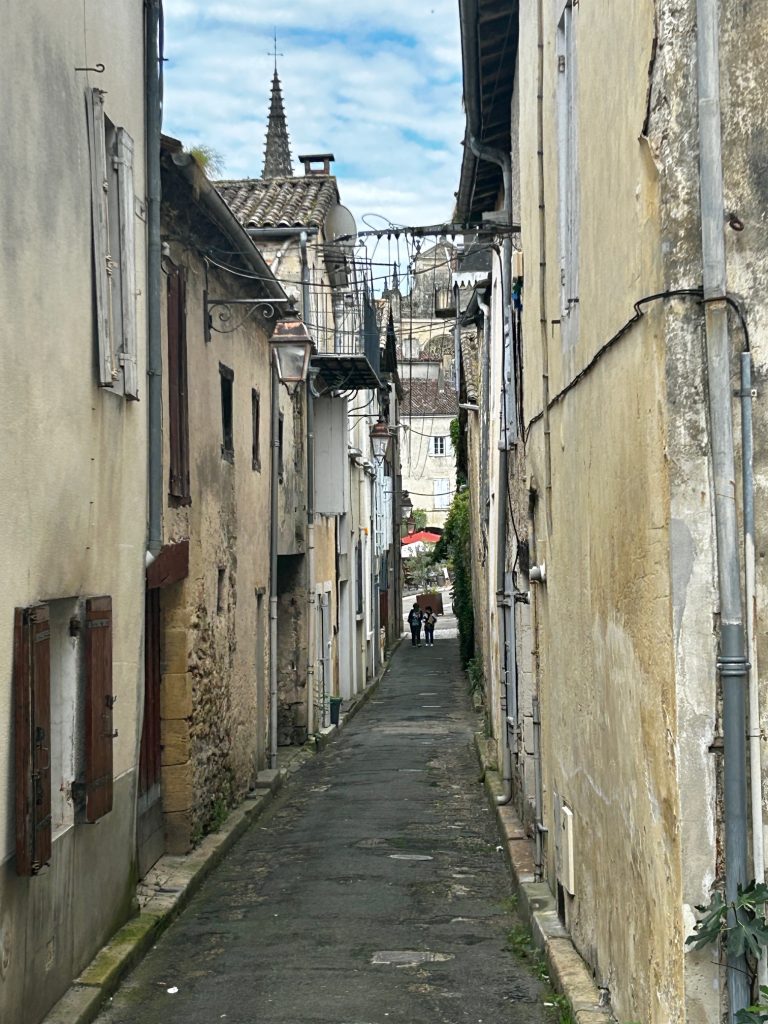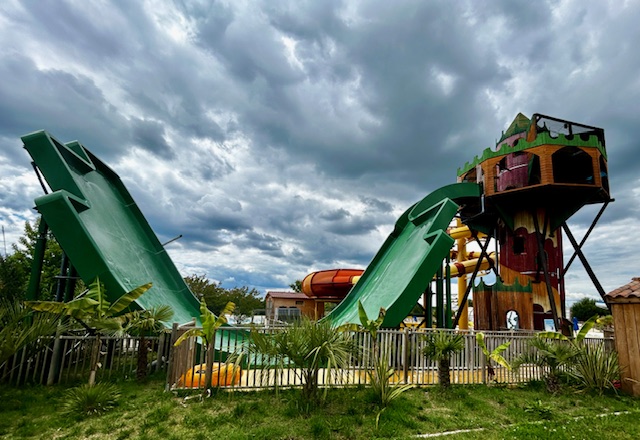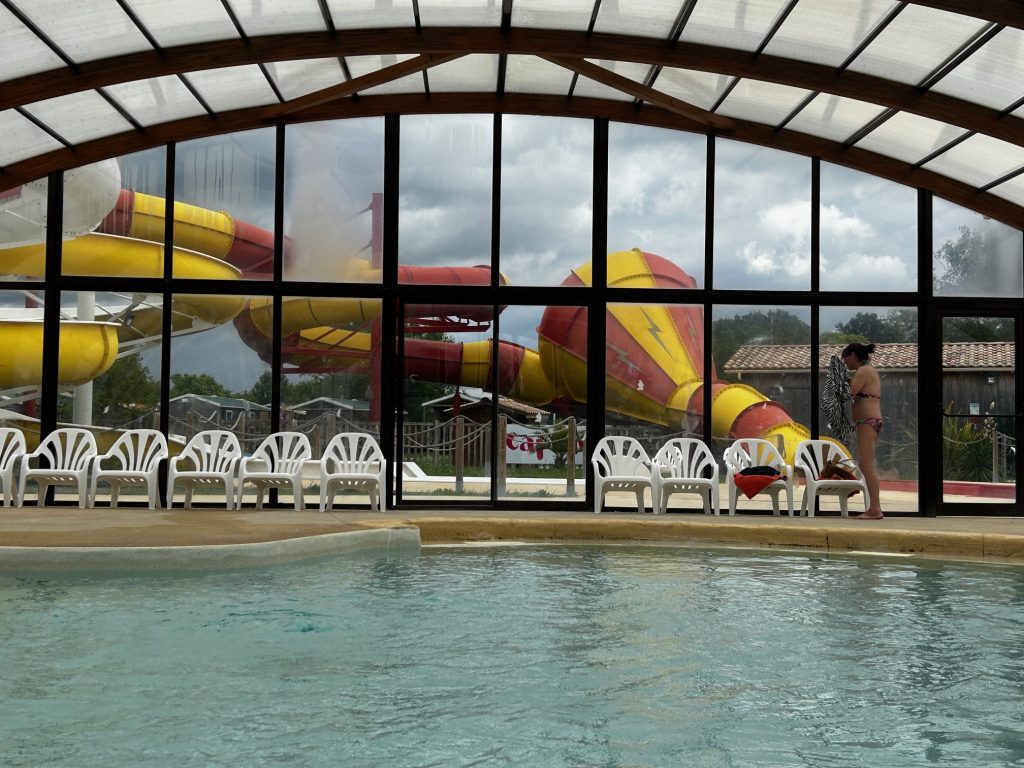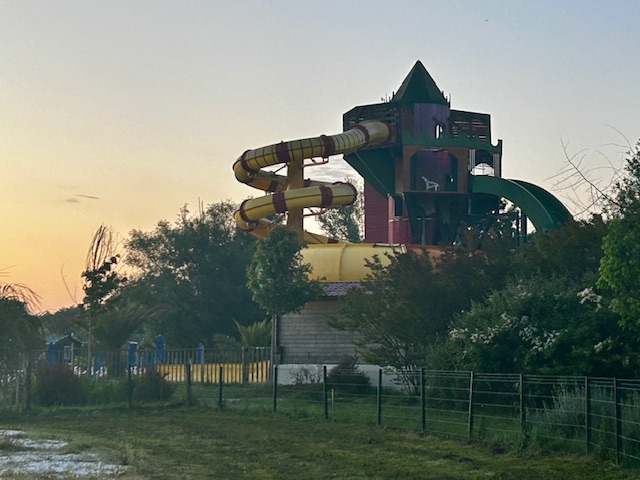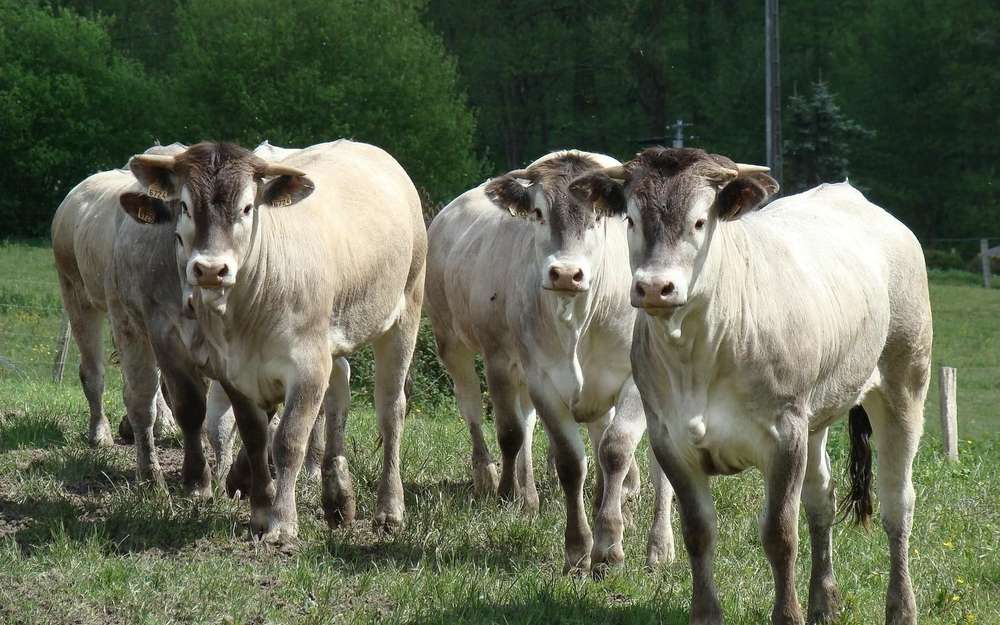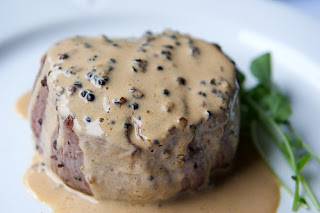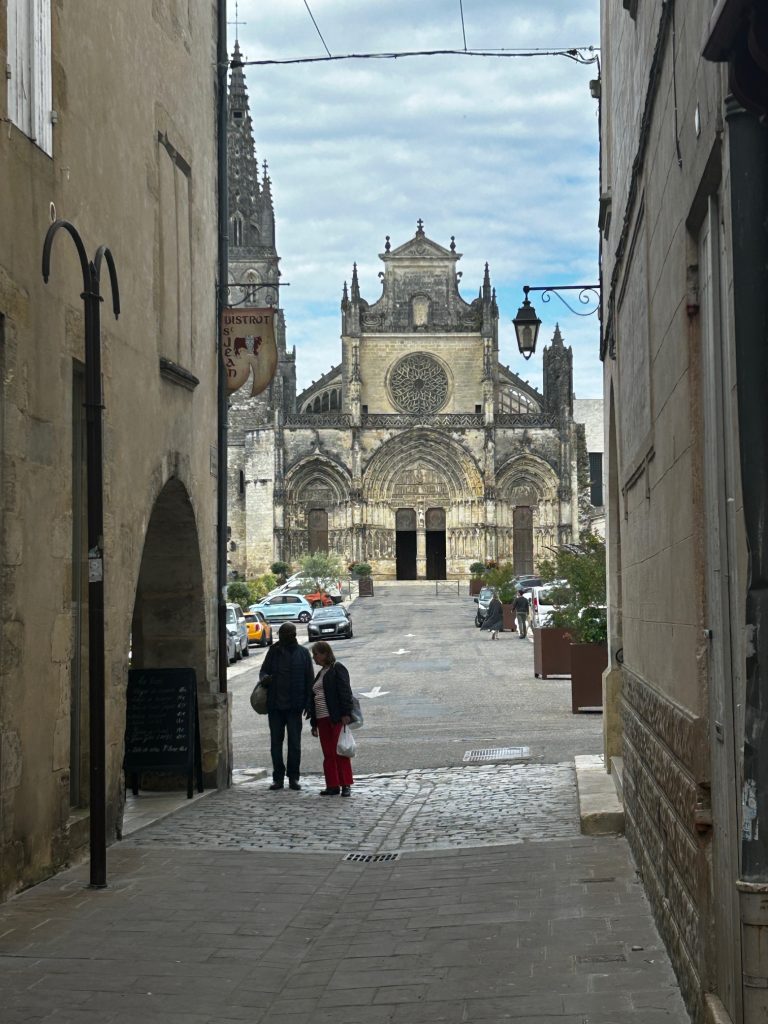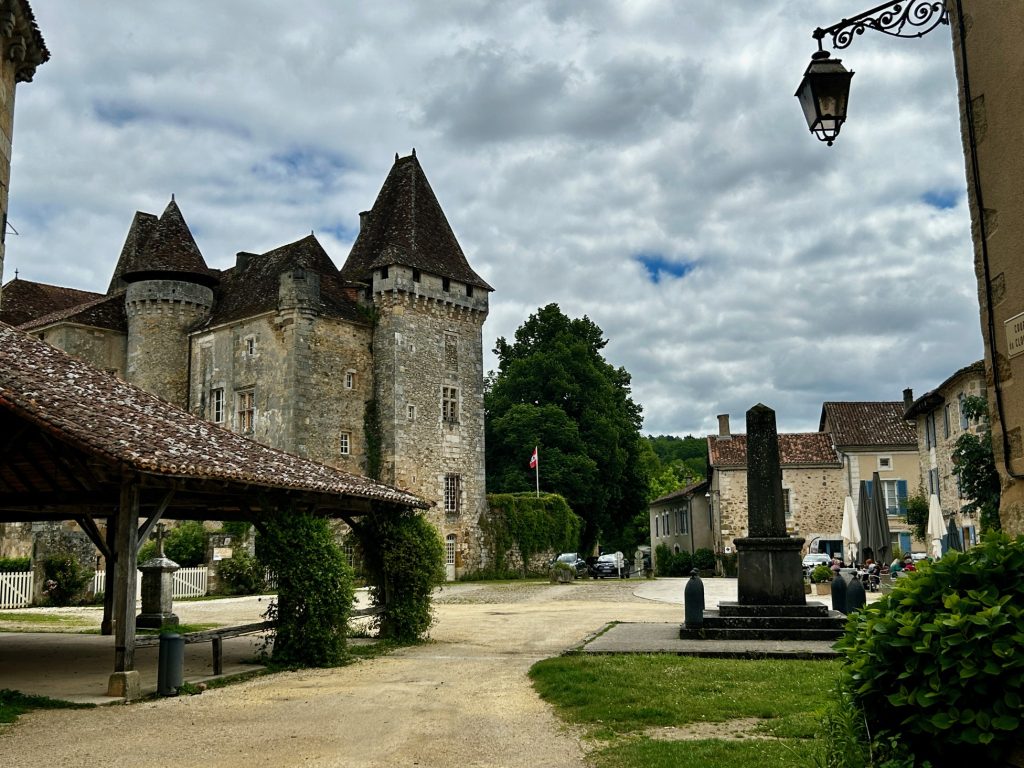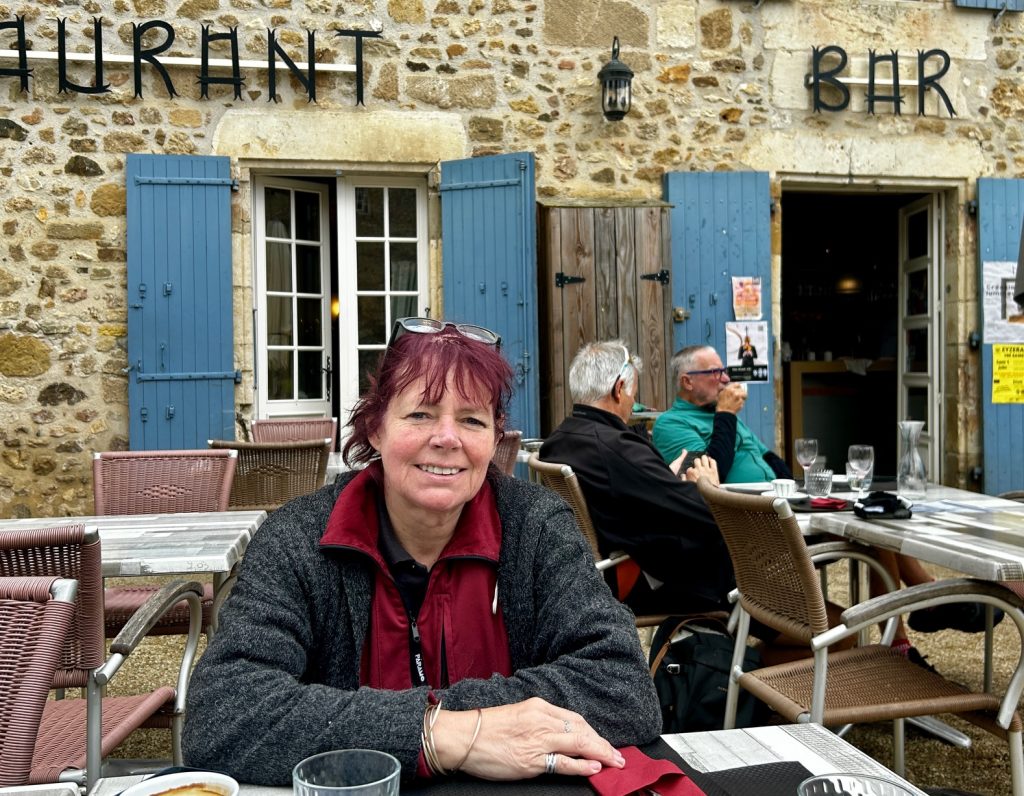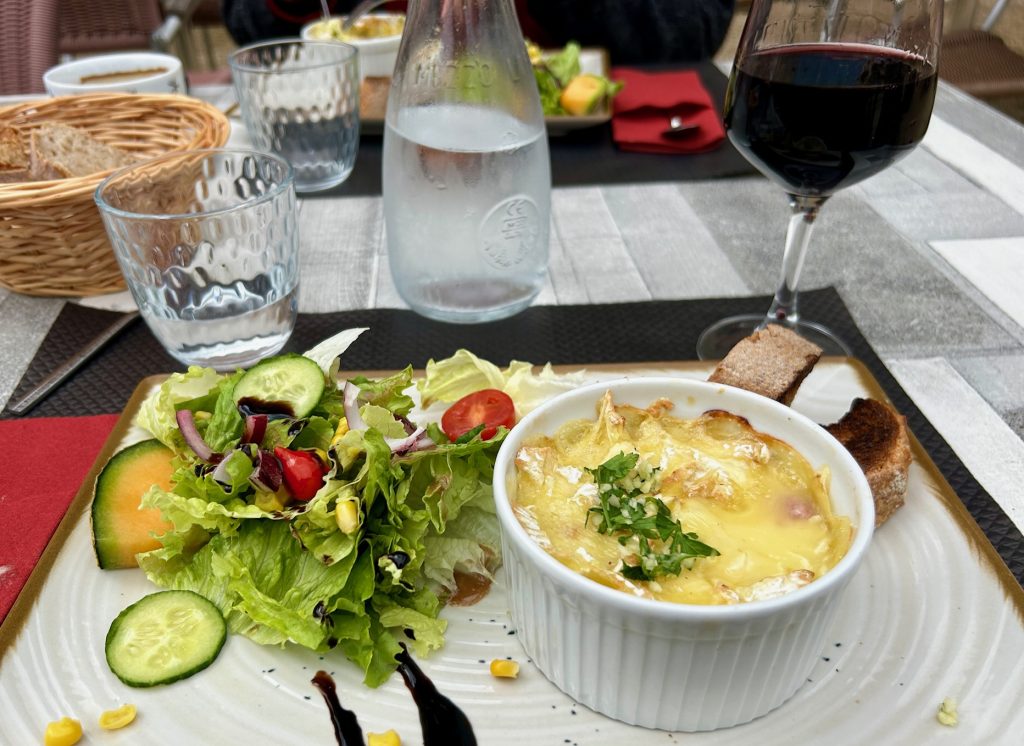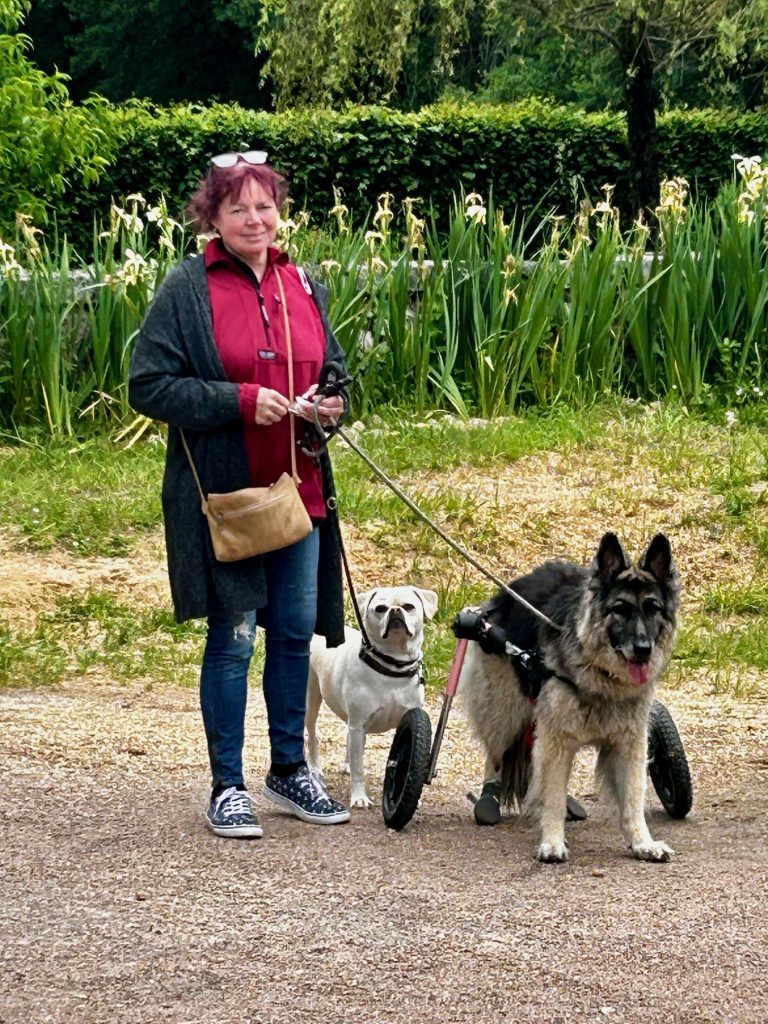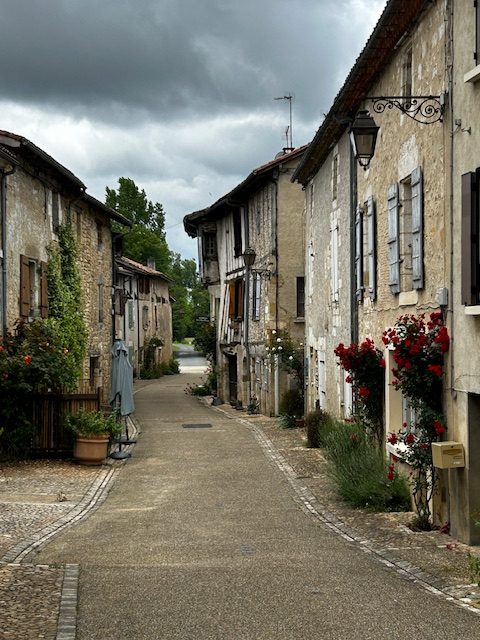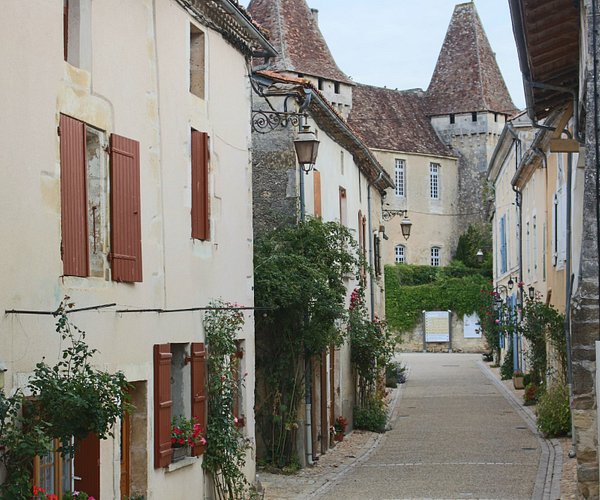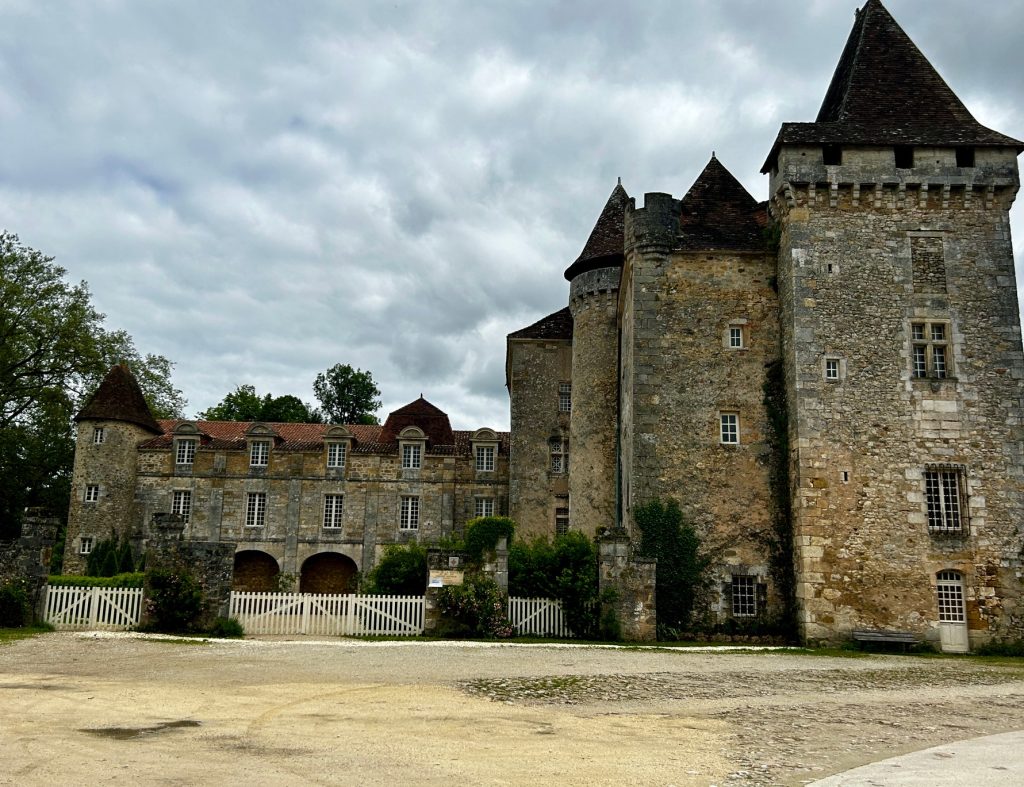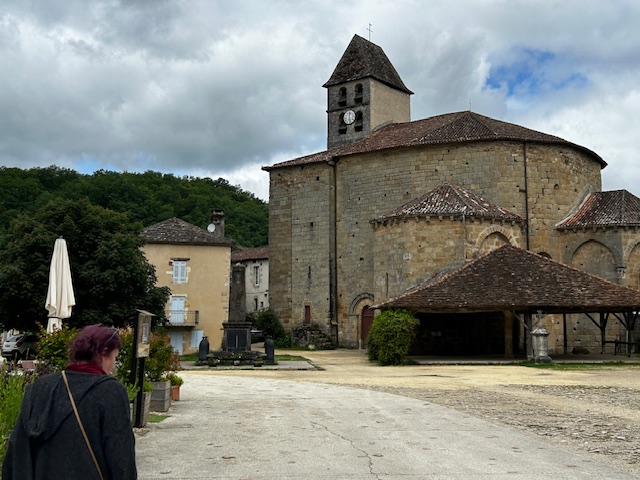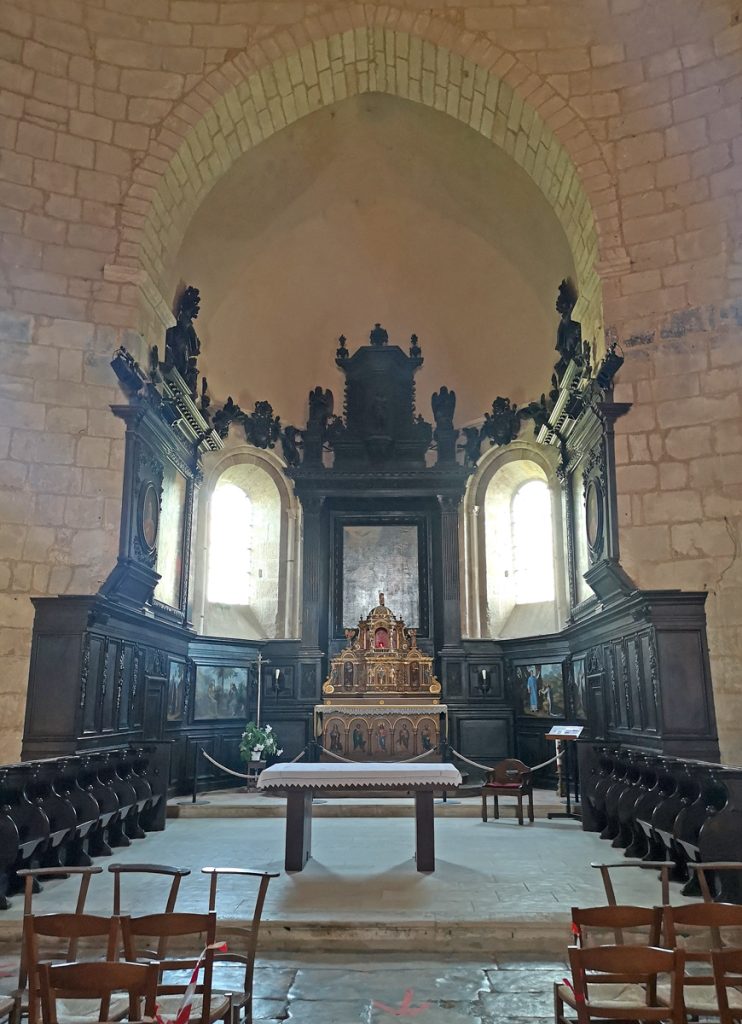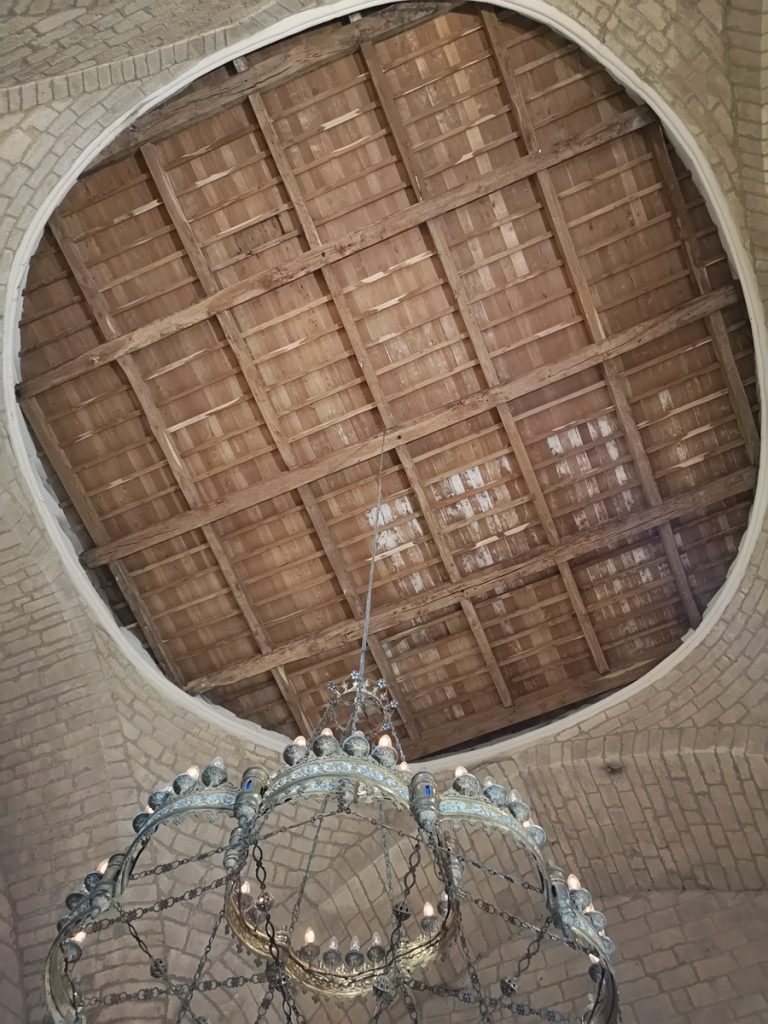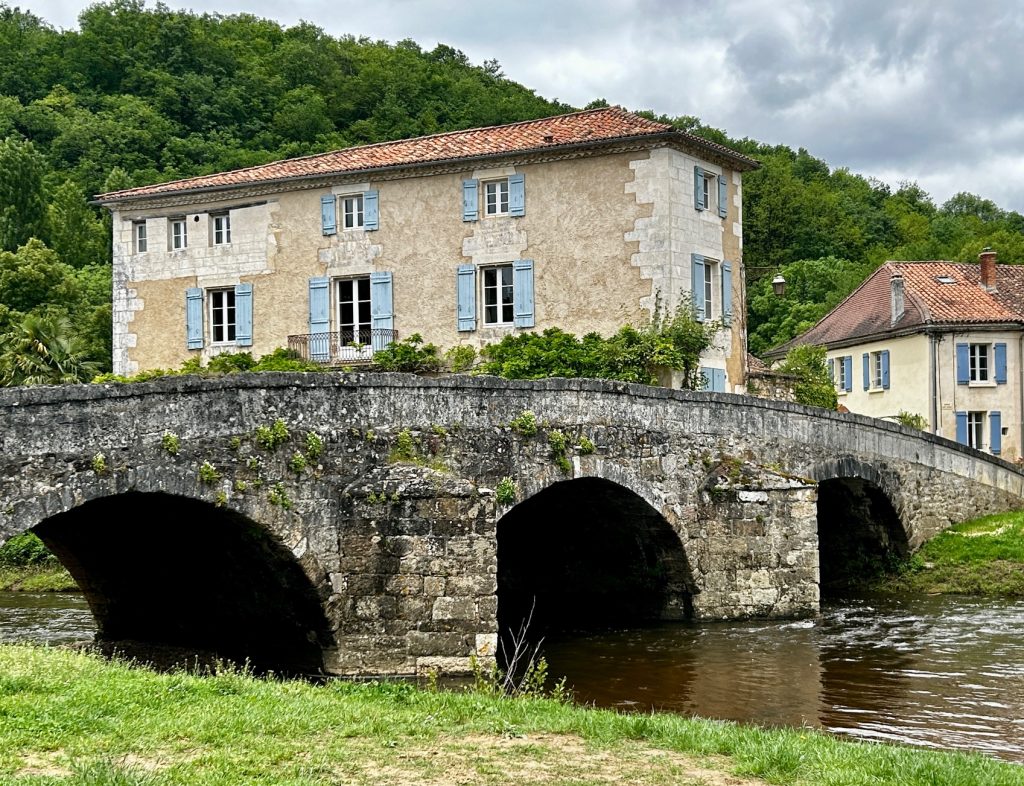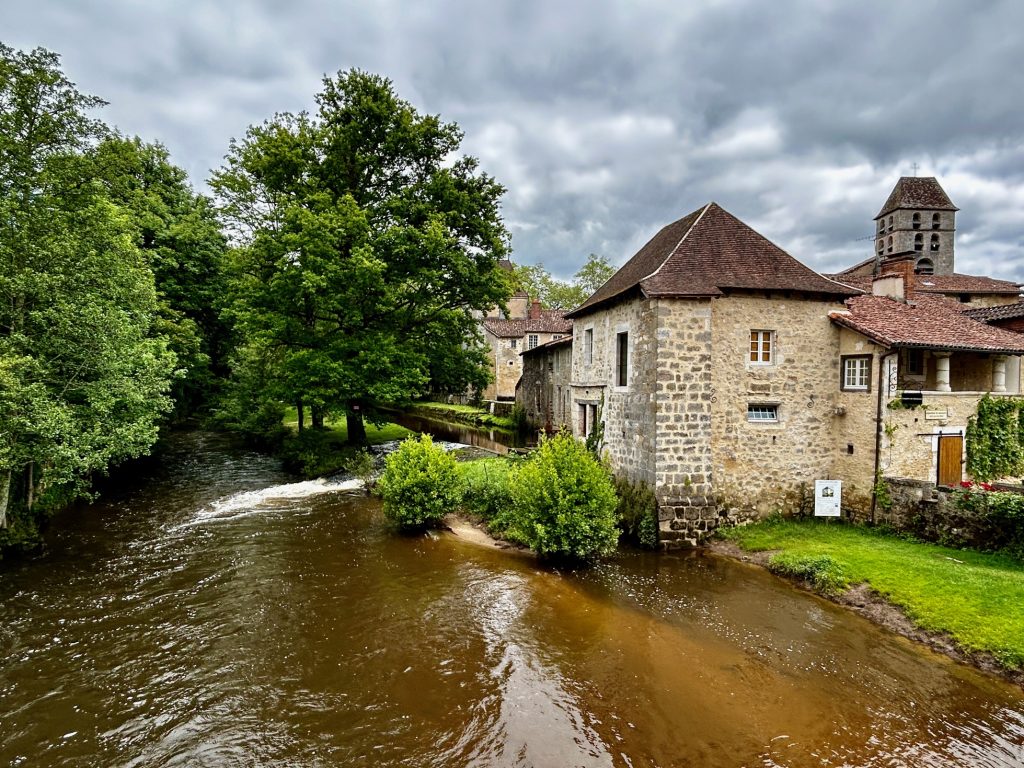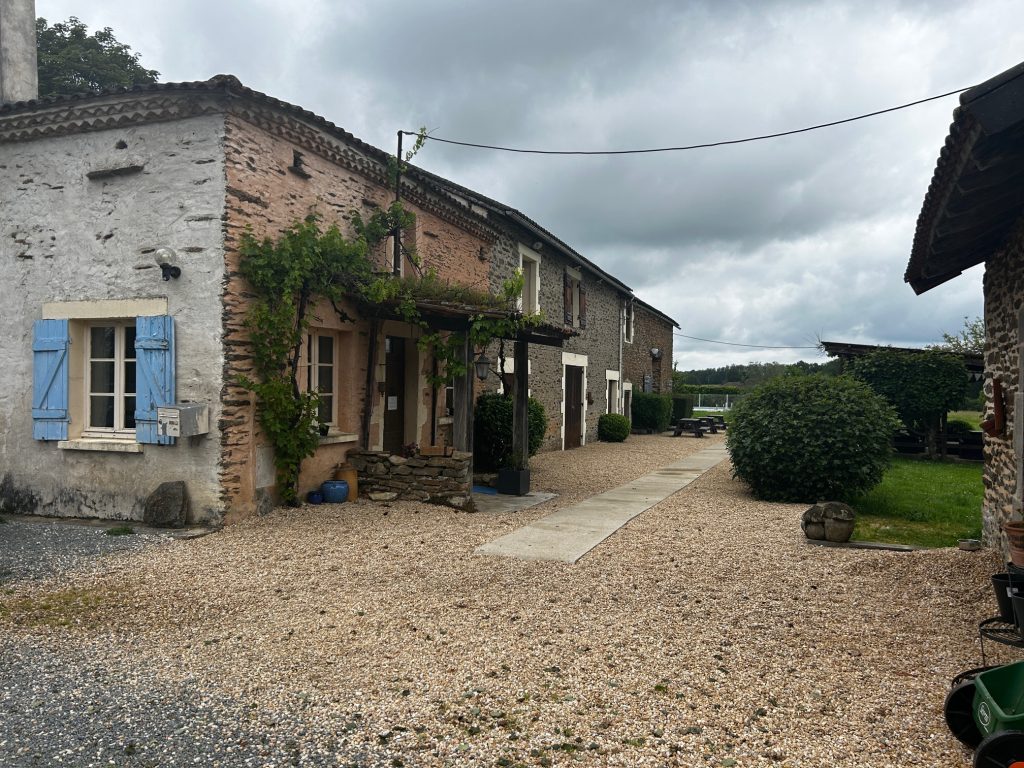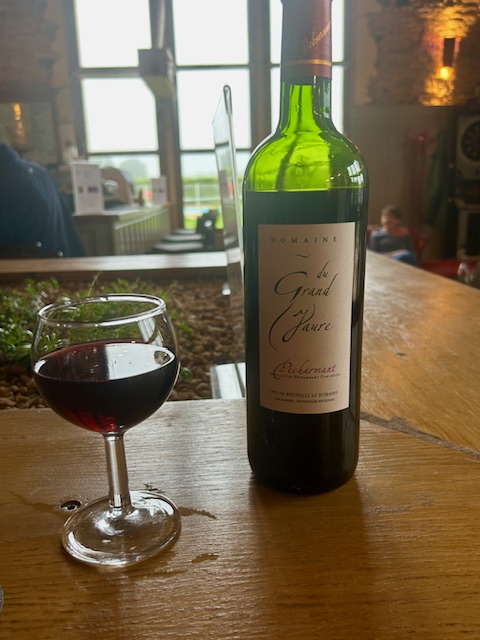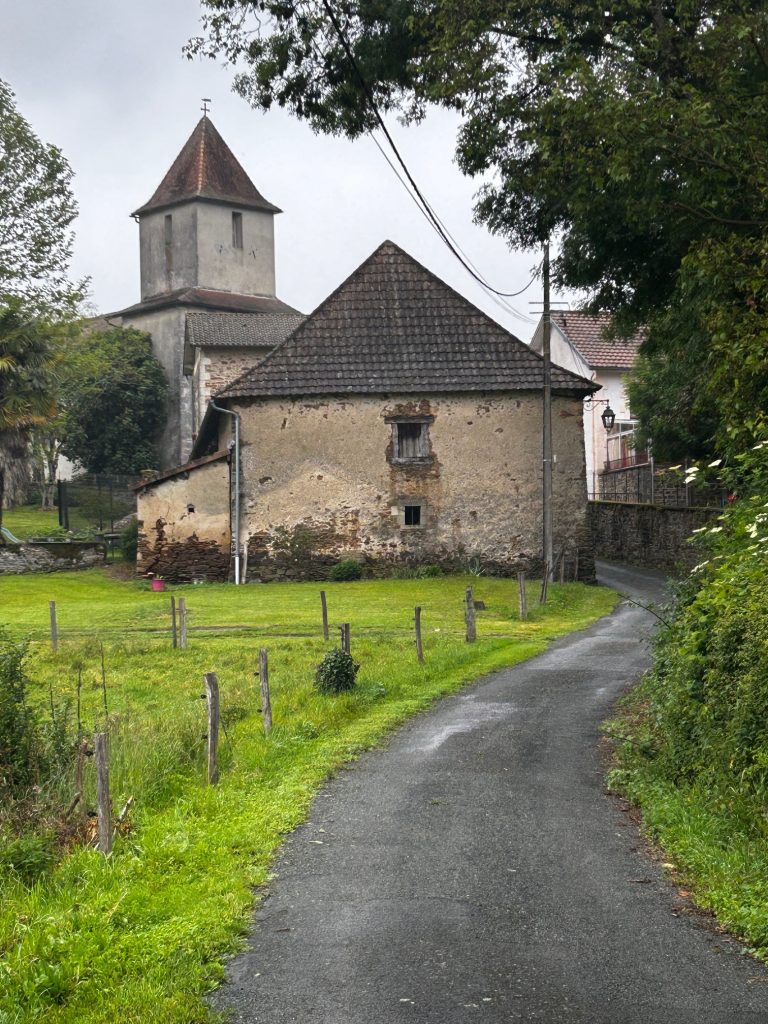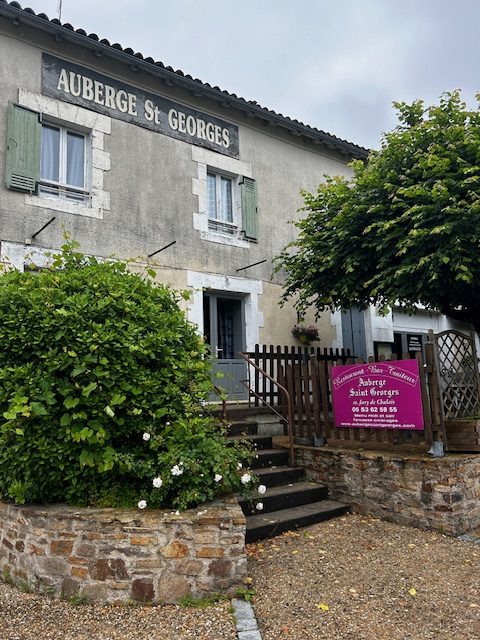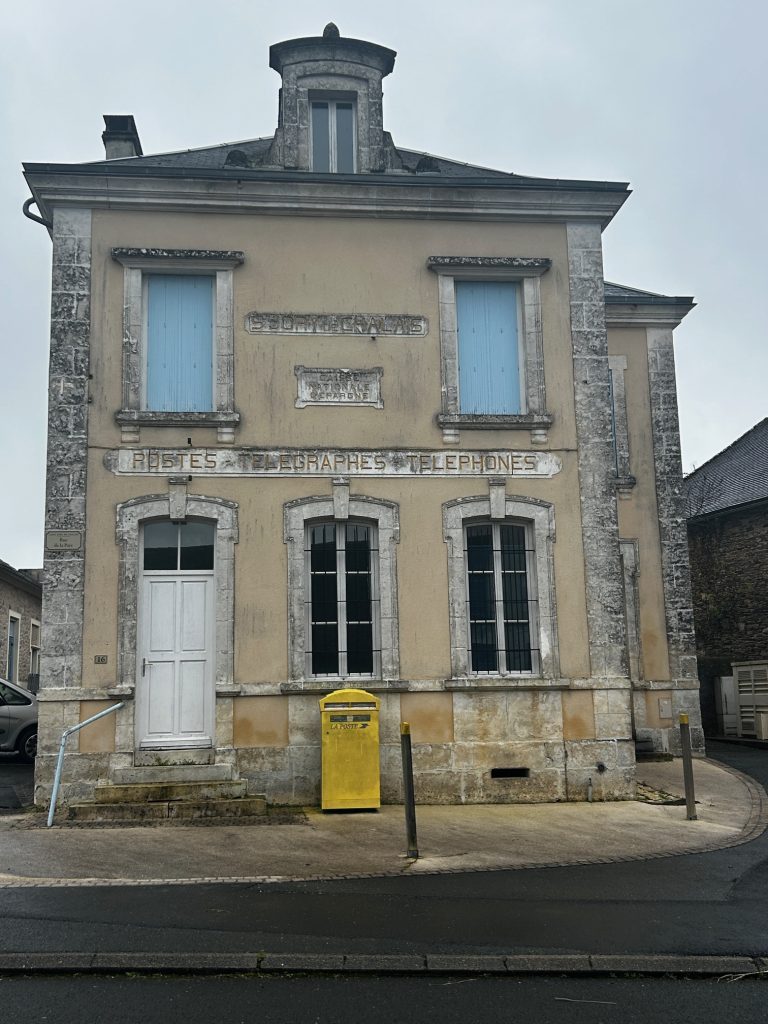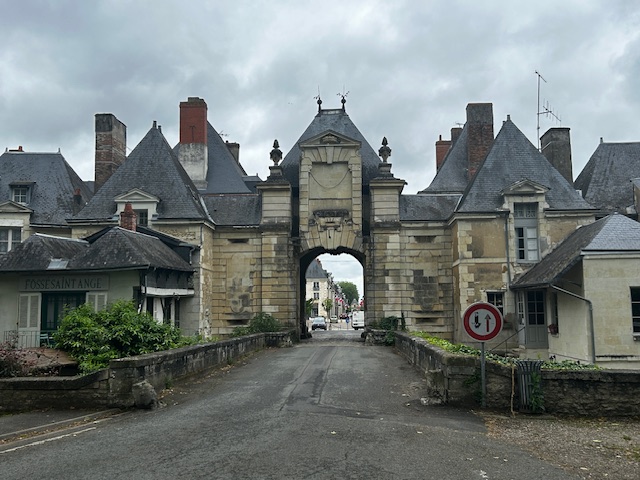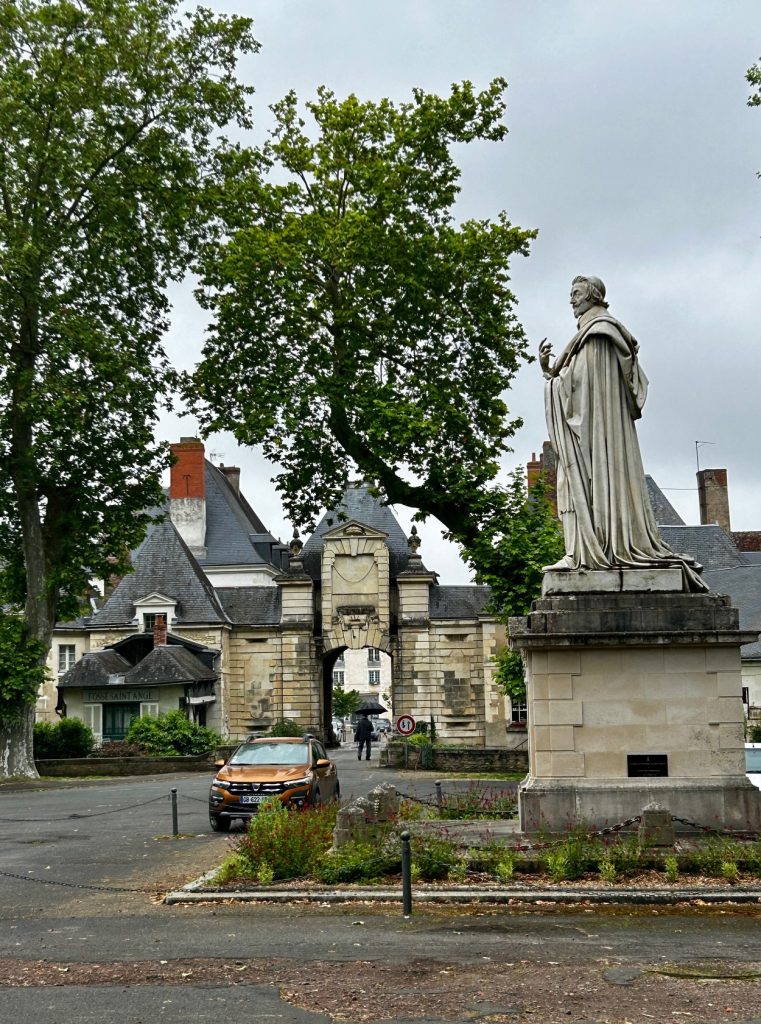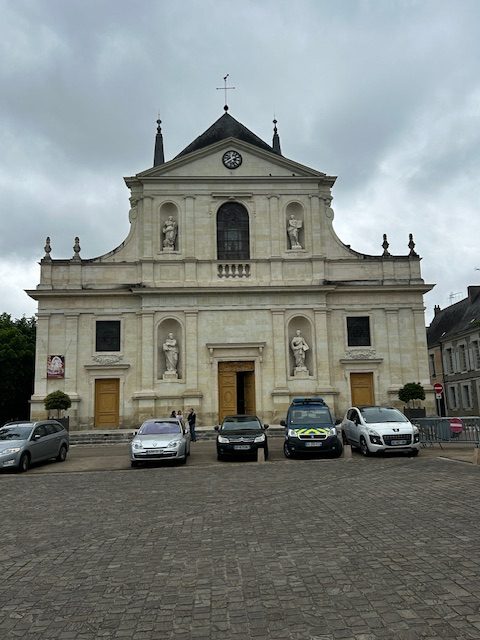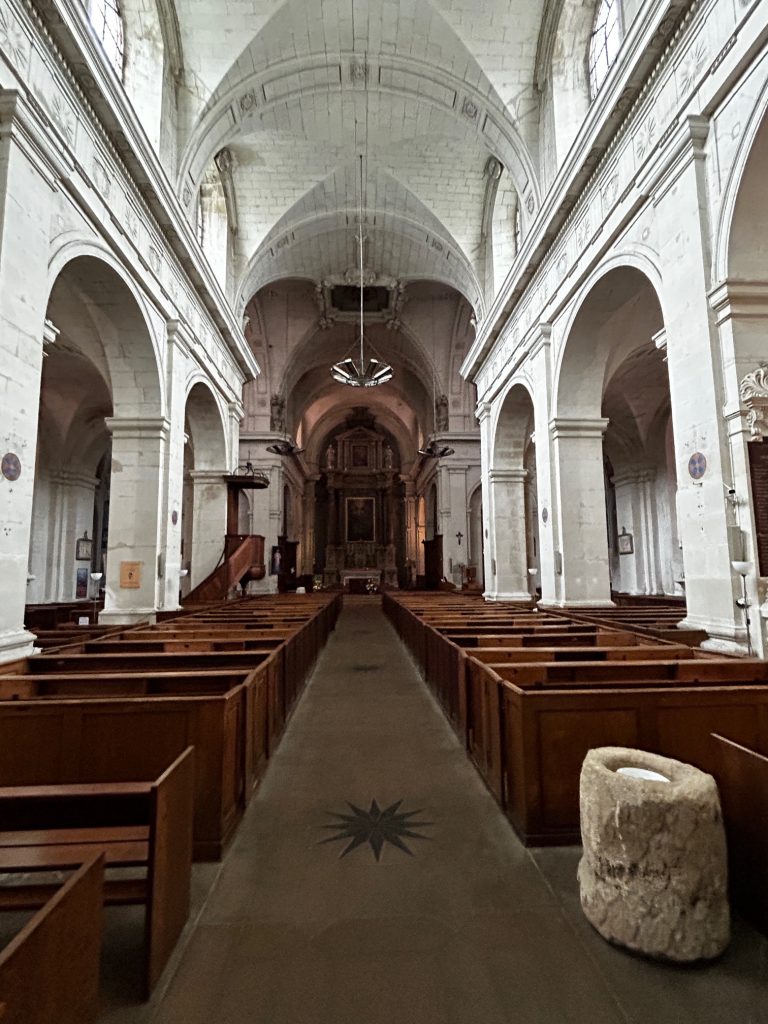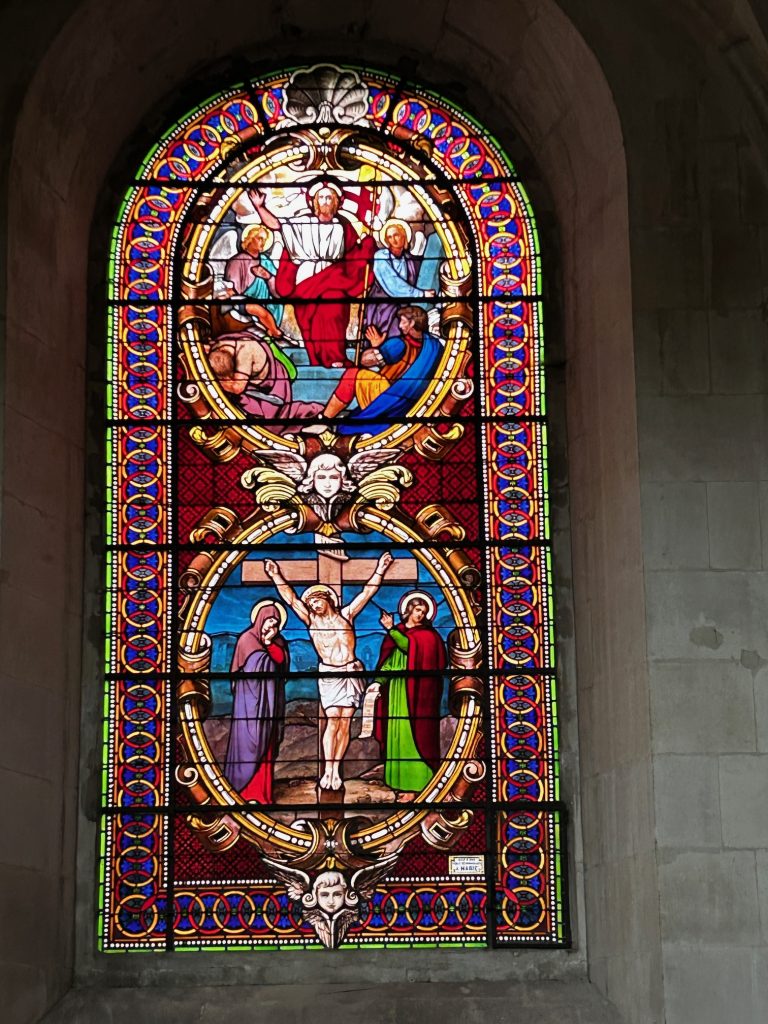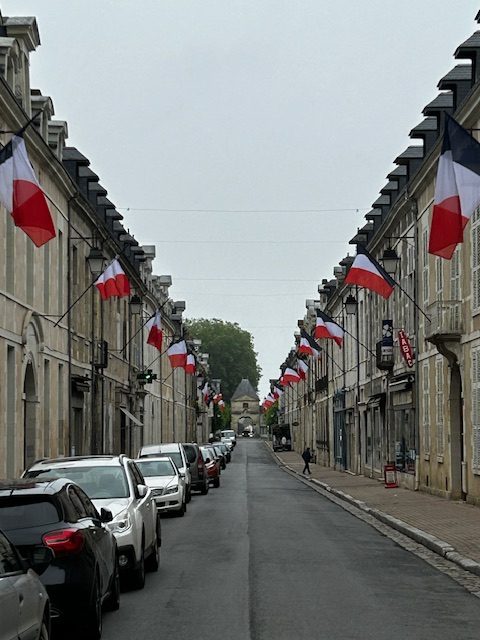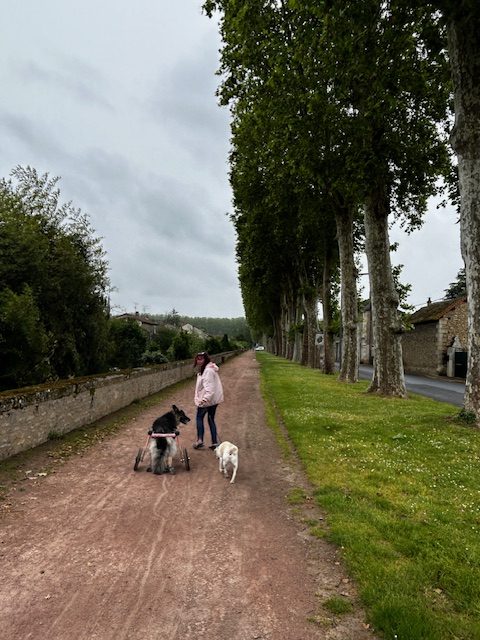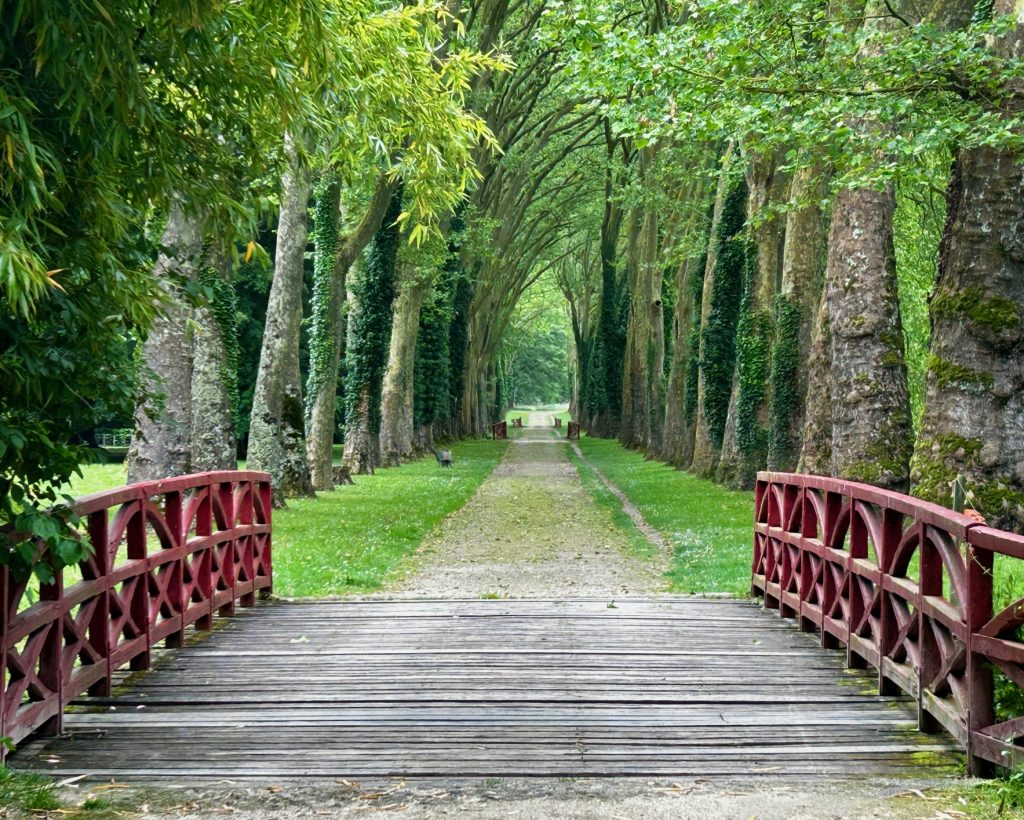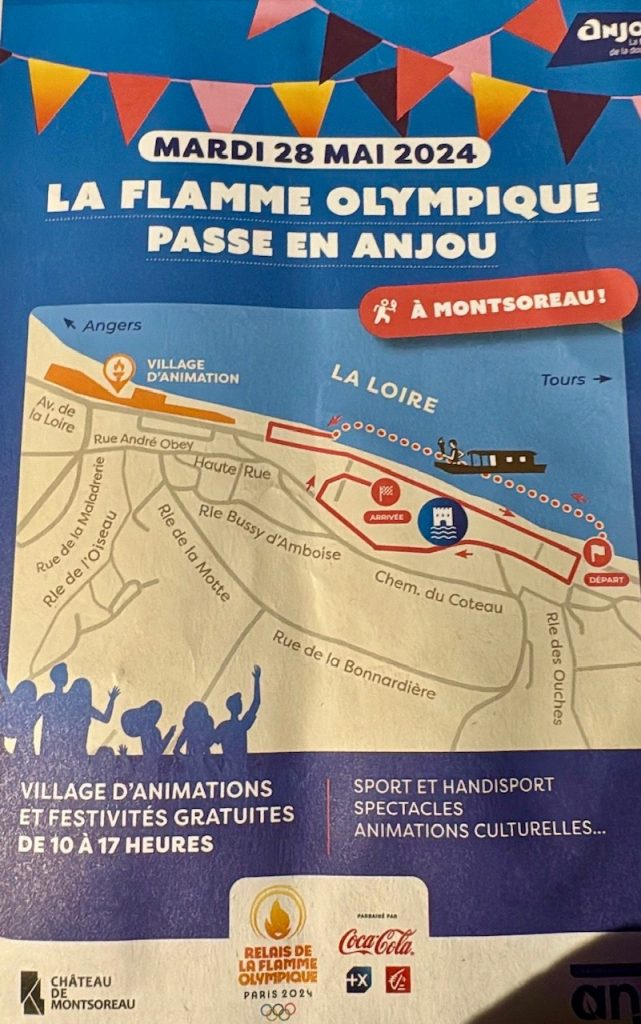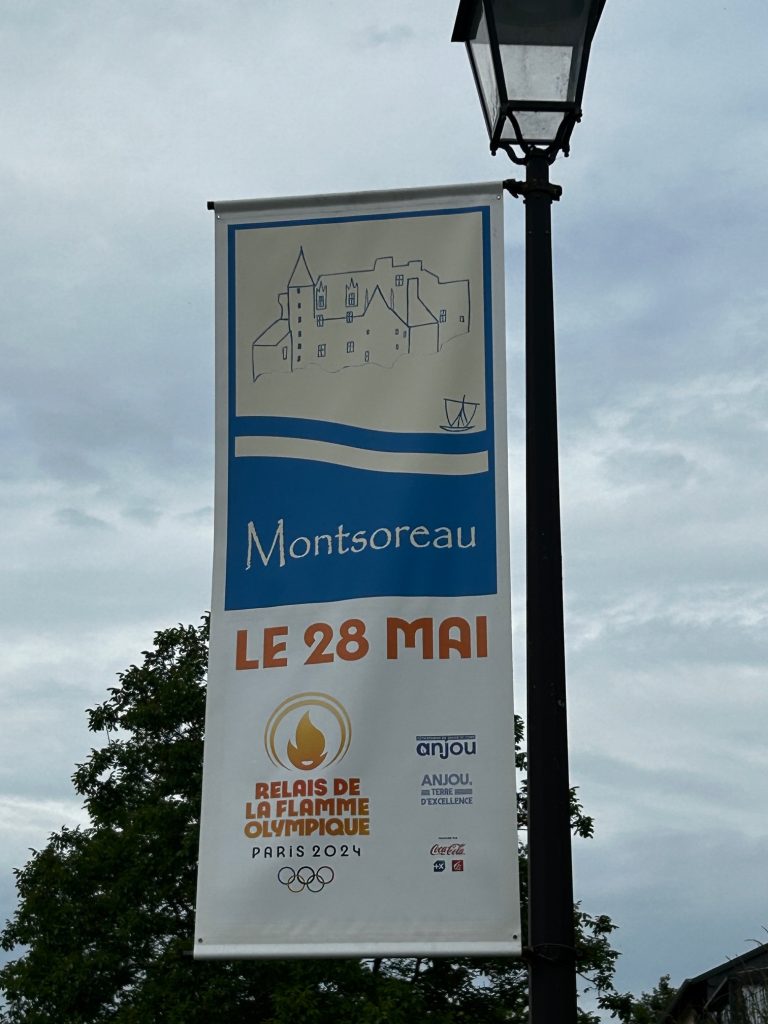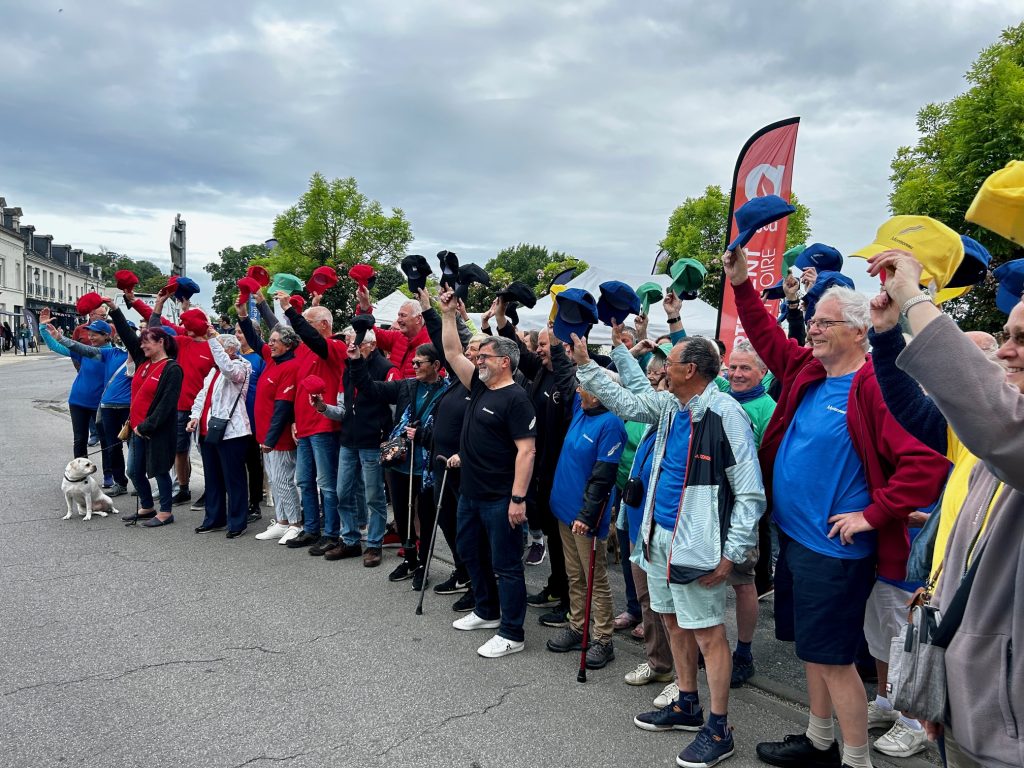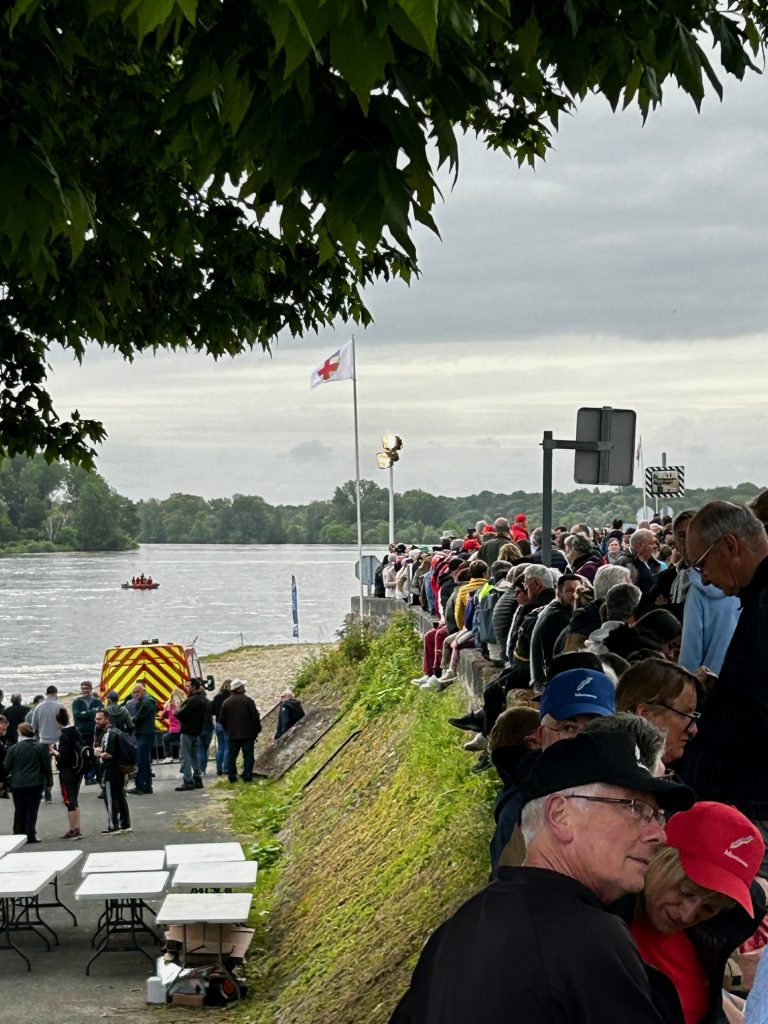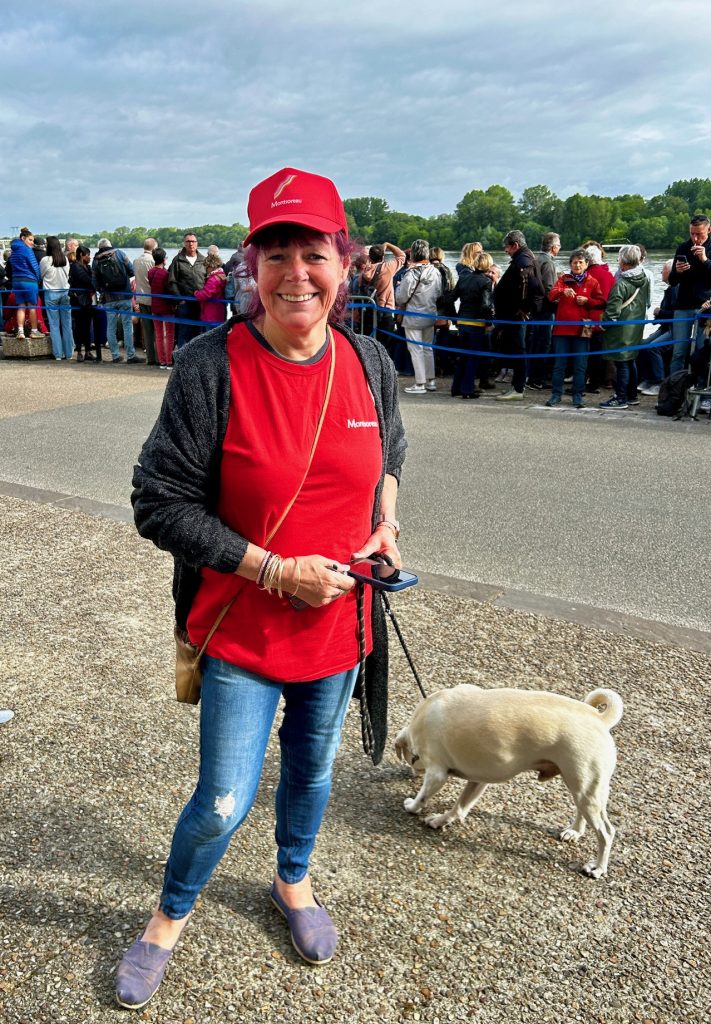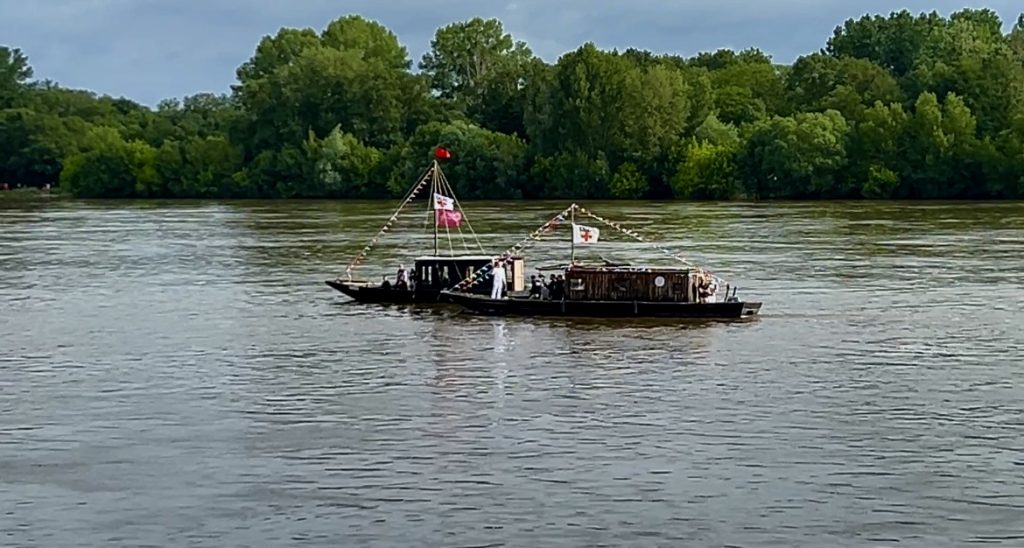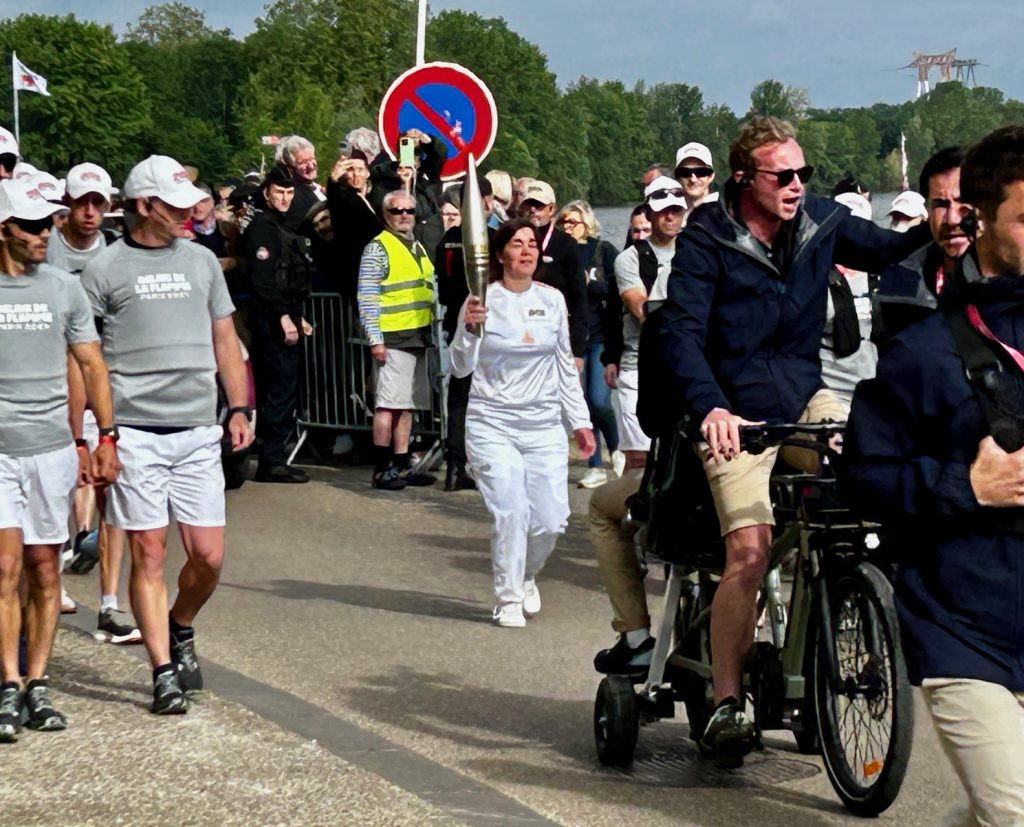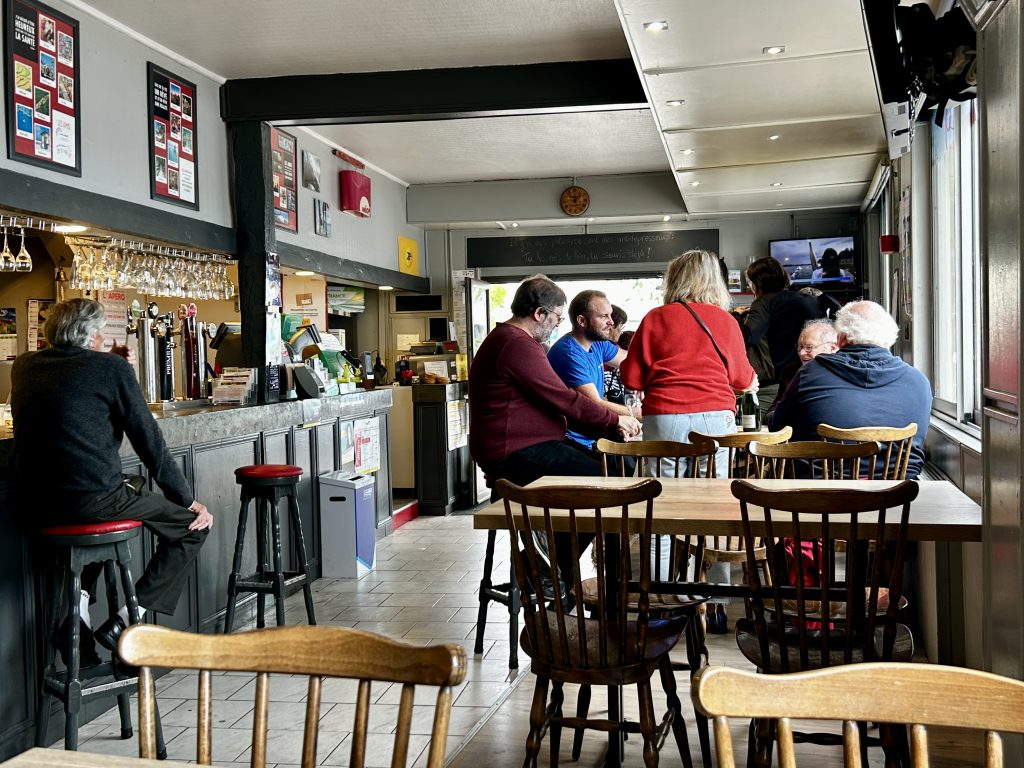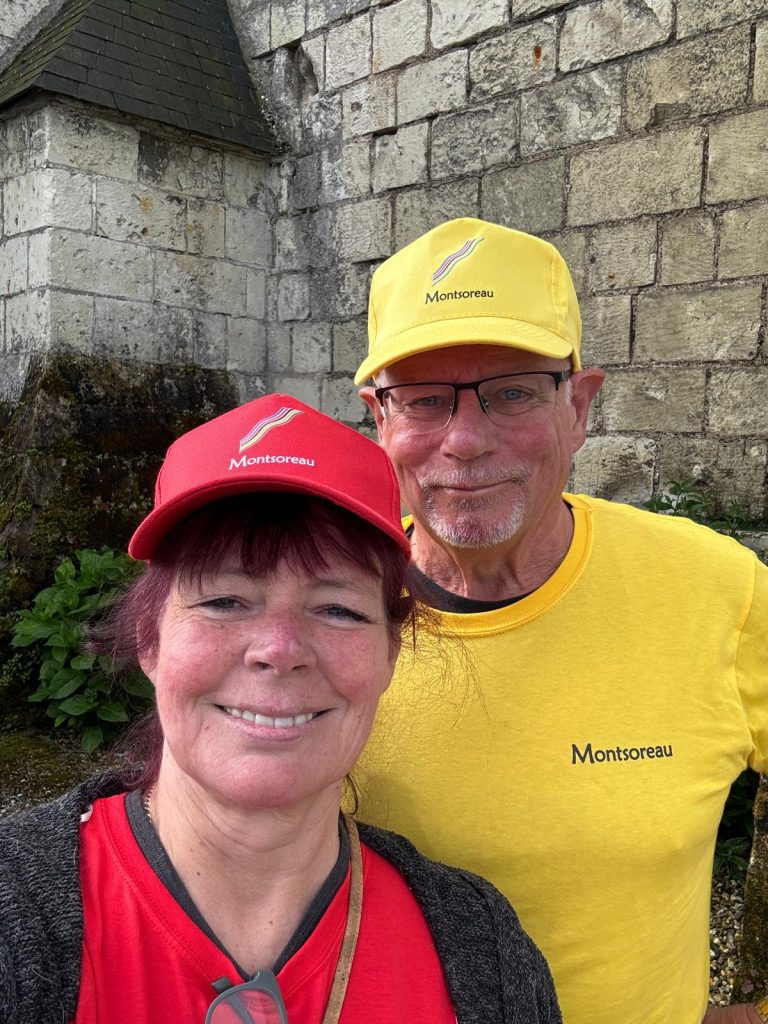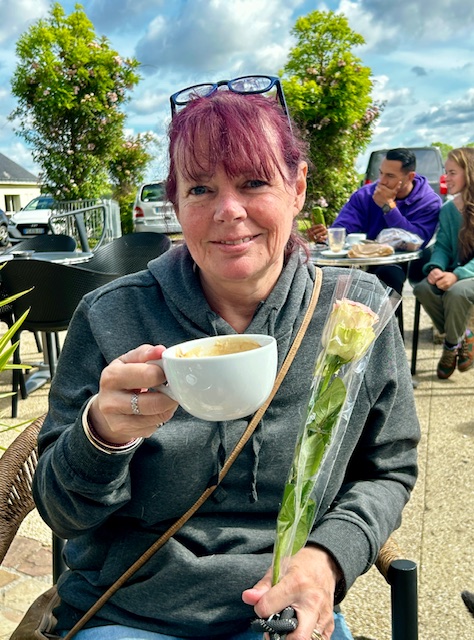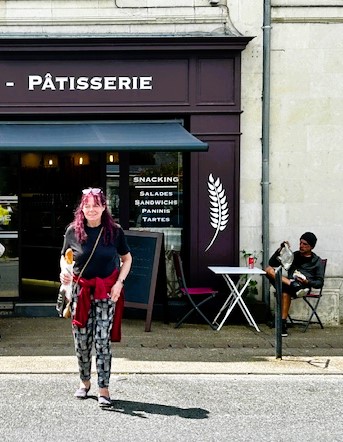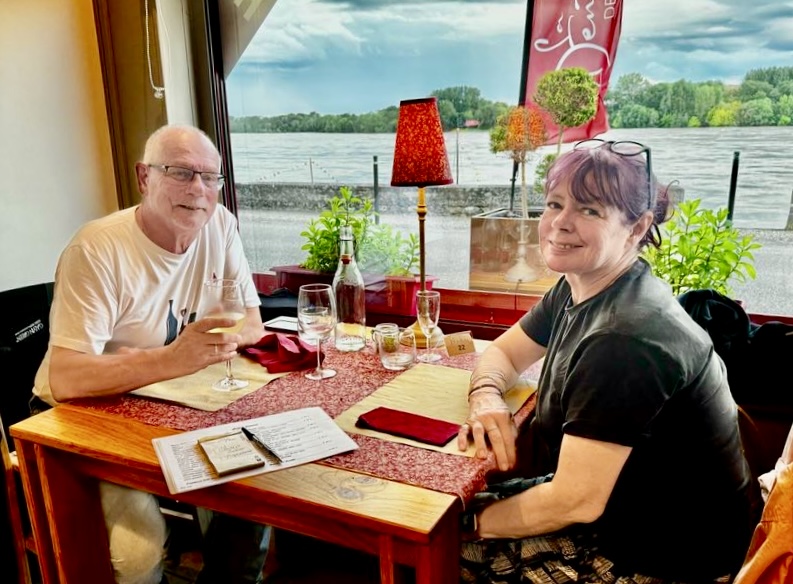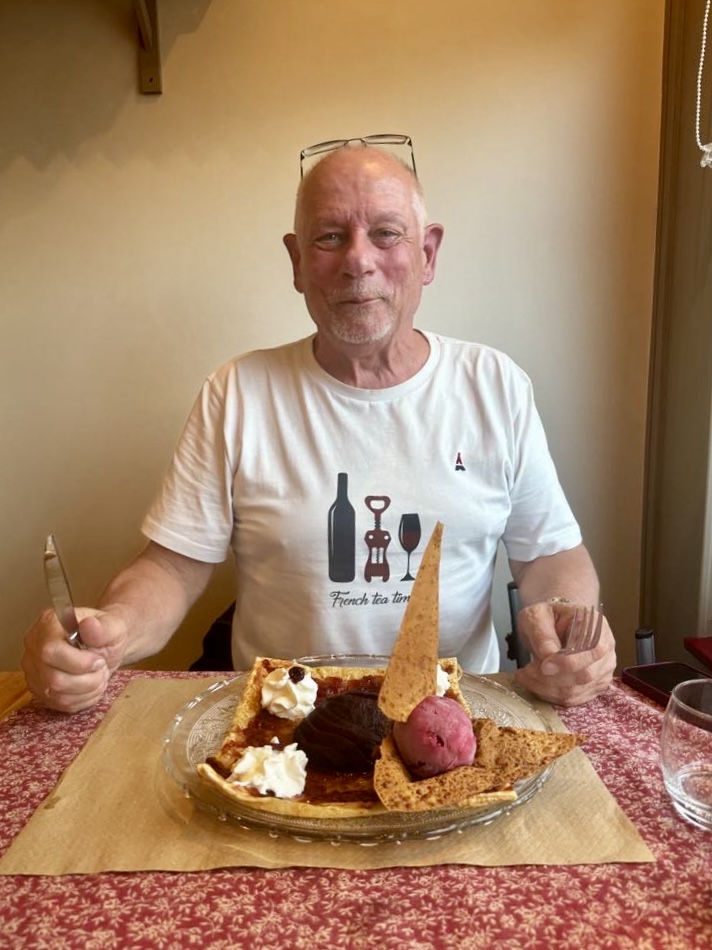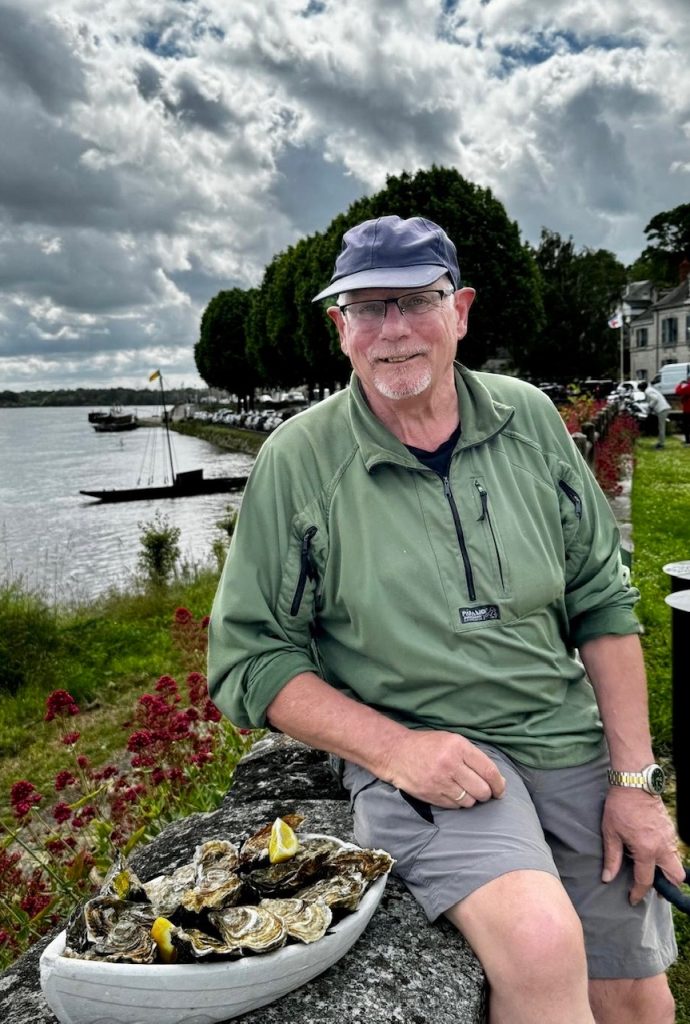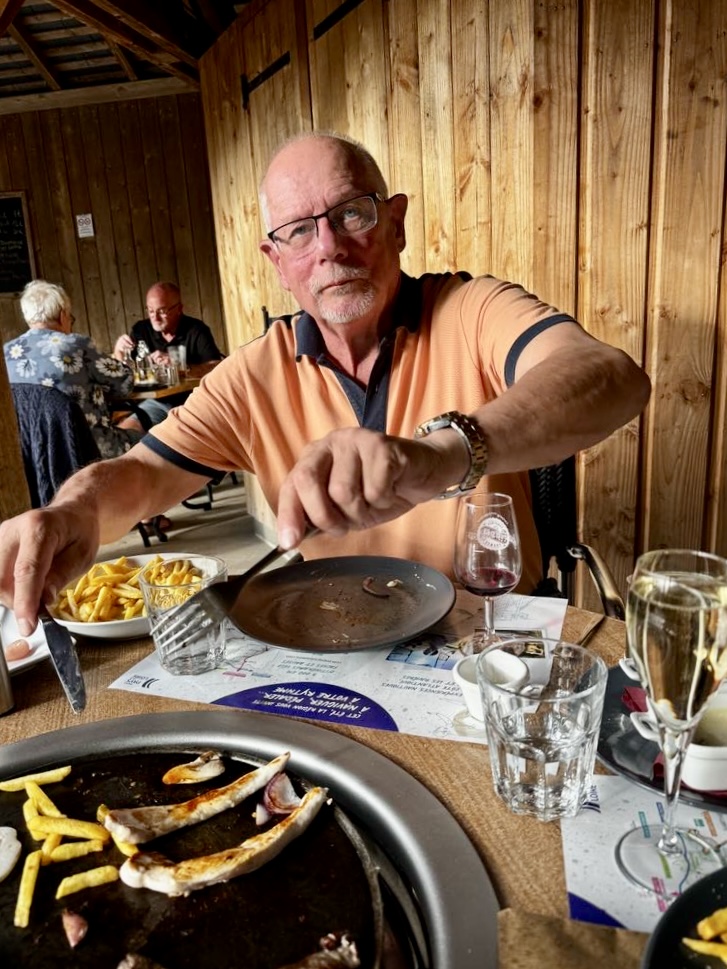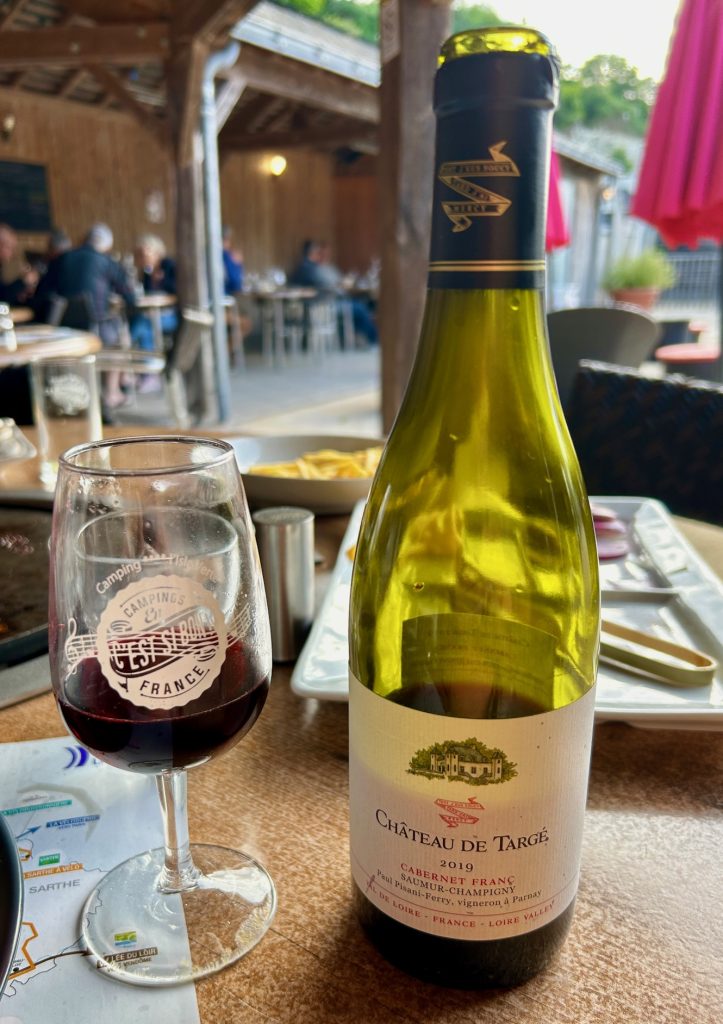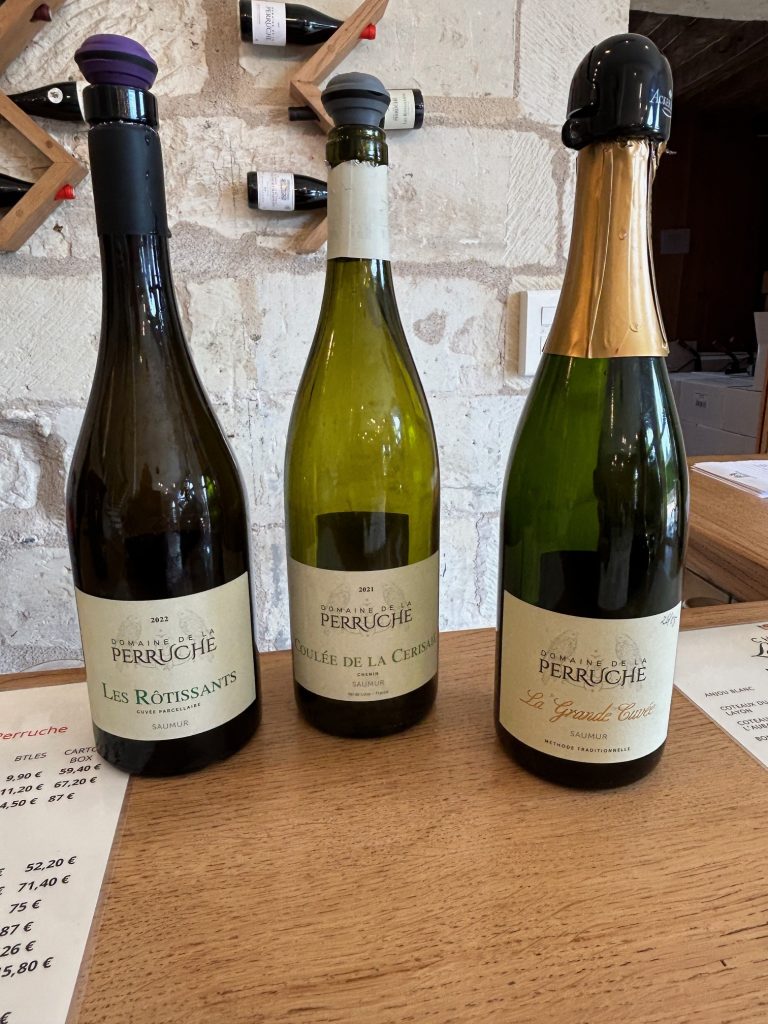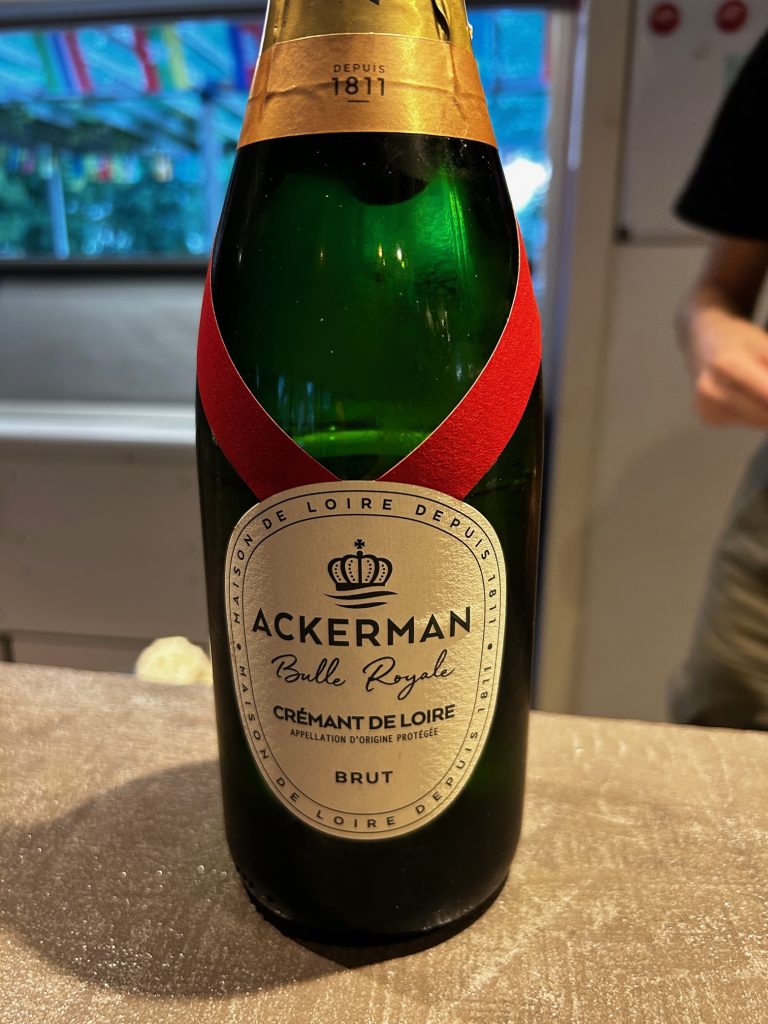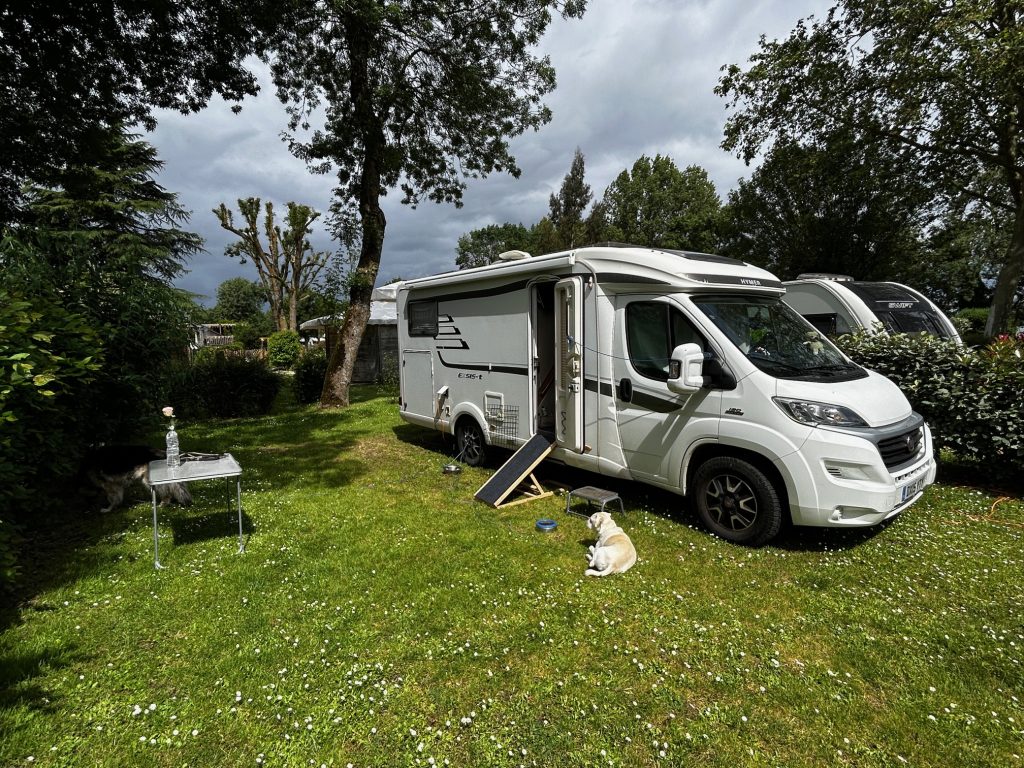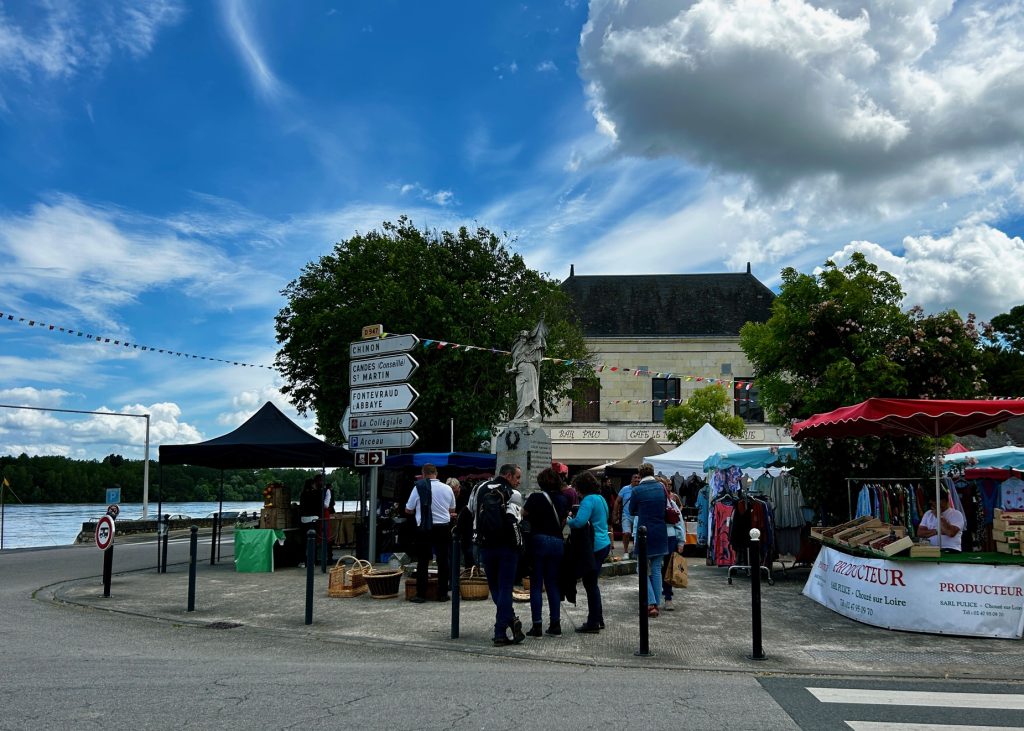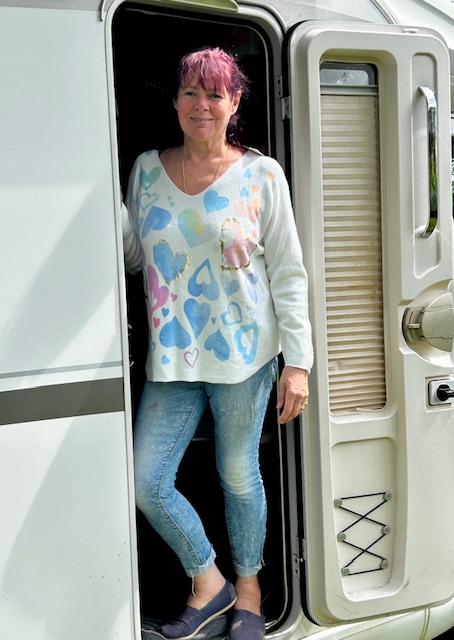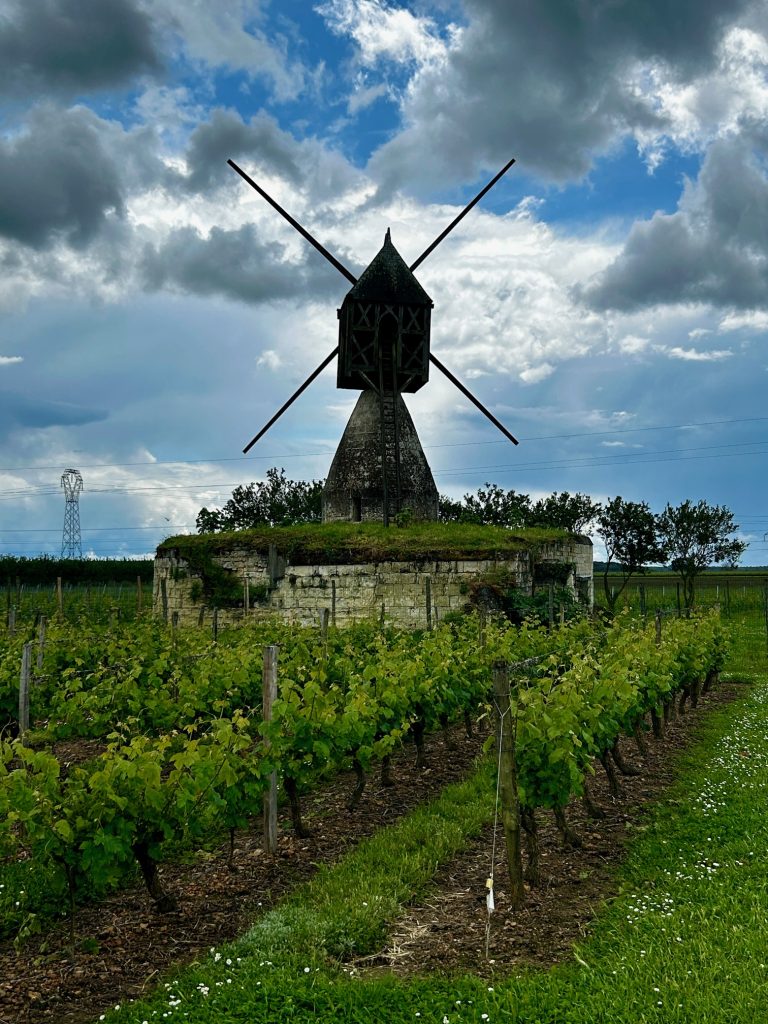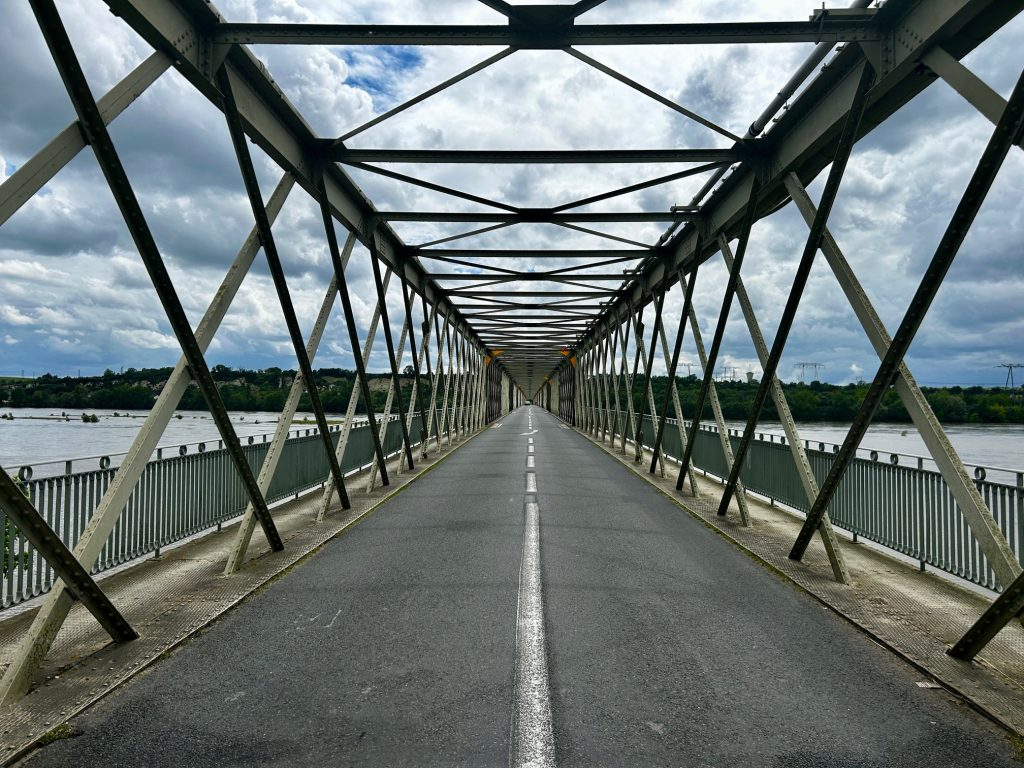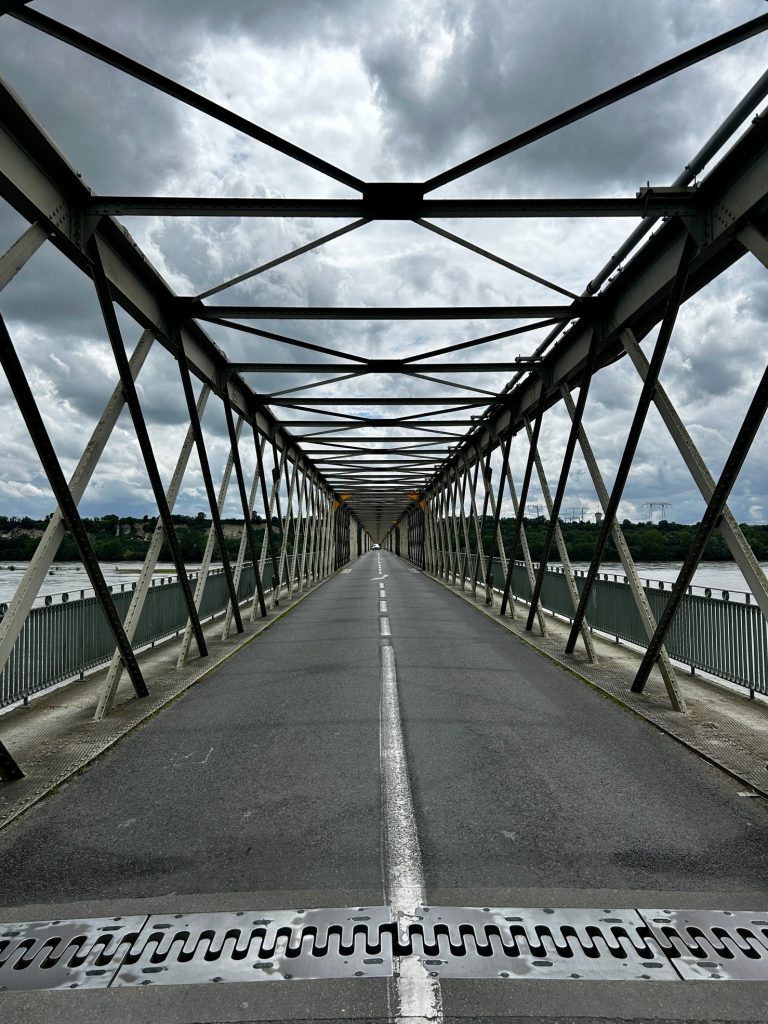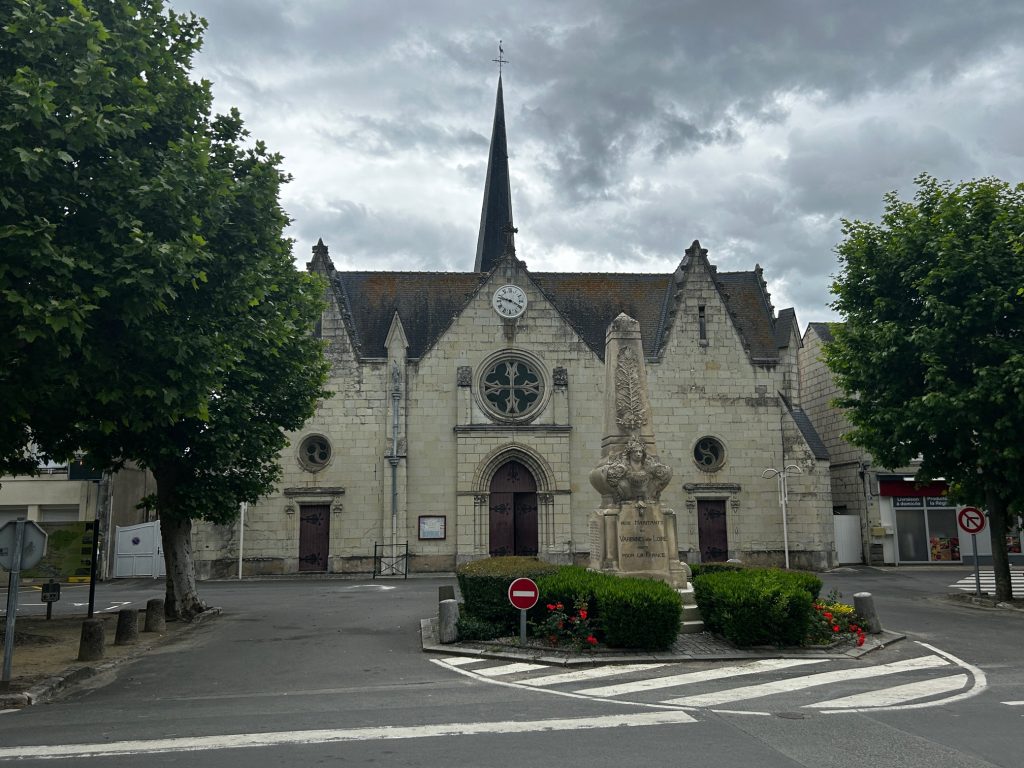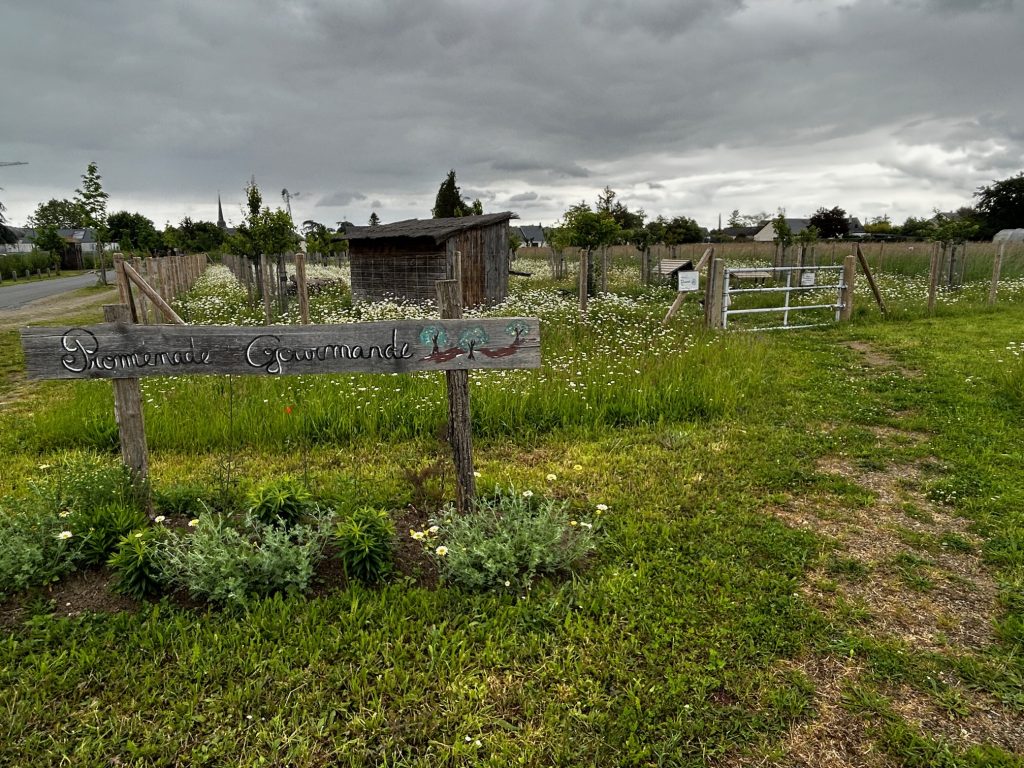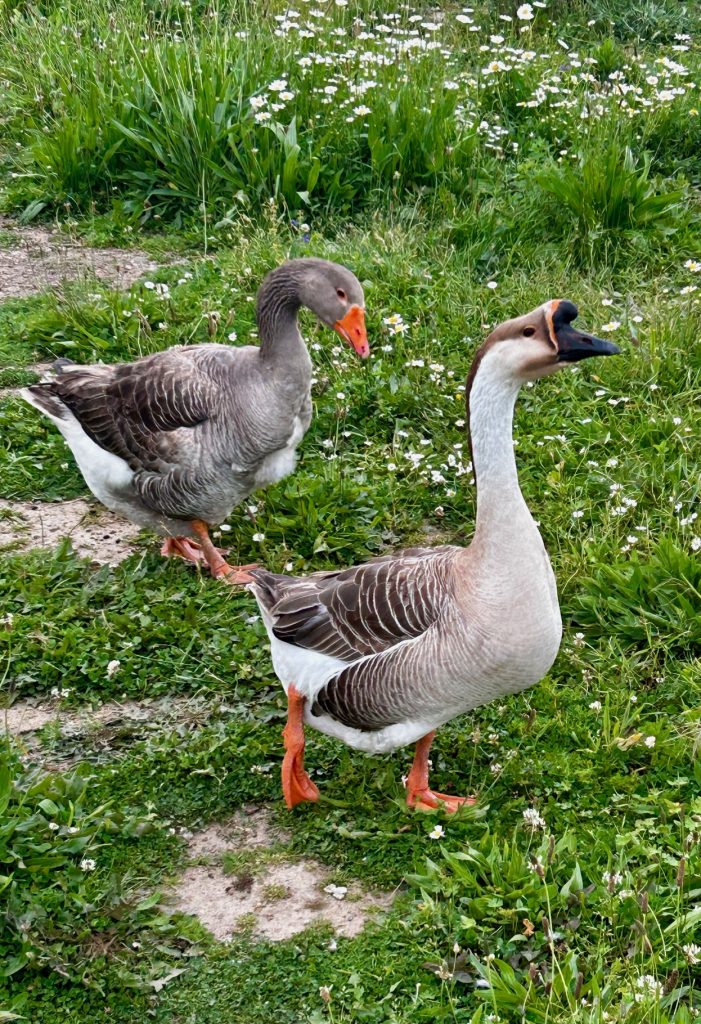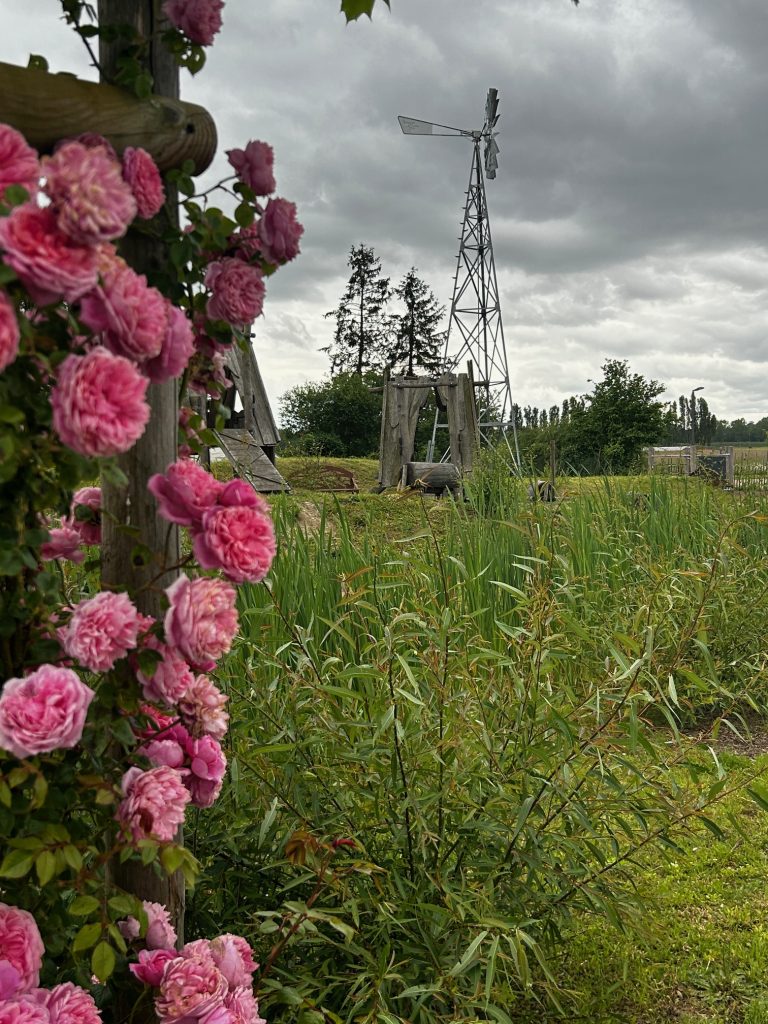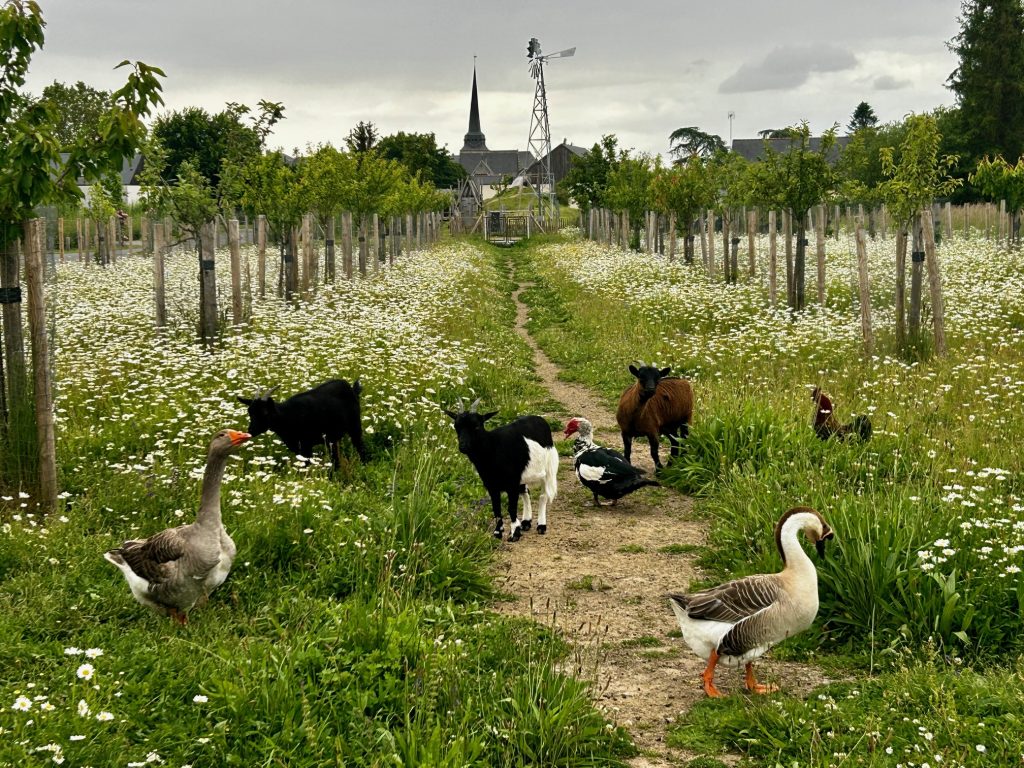Surrounded by countless vineyards, Briones is a small medieval hilltop town on the Ebro river in La Rioja. It is yet another ‘Pueblo mas bonito de Espana’ and thoroughly deserving of the accolade. It is quintessential rural La Rioja
Our ascent to the top of the town was nowhere near as steep as it had been in Ujue and Nala coped admirably in her wheels. A small maze of narrow cobbled streets and lanes, lined by ochre coloured stone buildings, led us to the town’s main ‘square’, the triangular shaped Plaza de Espana. A few of the town’s more imposing buildings are to be found on or immediately adjacent to the plaza – a very large church (the Iglesia de Nuestra Senora de la Asuncion), the Palacio del Marques de San Nicolas (now being used as the town hall), the Palace of the Gadea family and, just off the plaza on Bergareche Street, the Palace of the Quincoces (where Henry II of Castile and Charles II of Navarre are said to have met to arrange the marriage of their children). There’s also the ubiquitous town fountain (this one is surrounded by old wooden wine barrels of every shape and size), a small general store and a couple of even smaller bars.
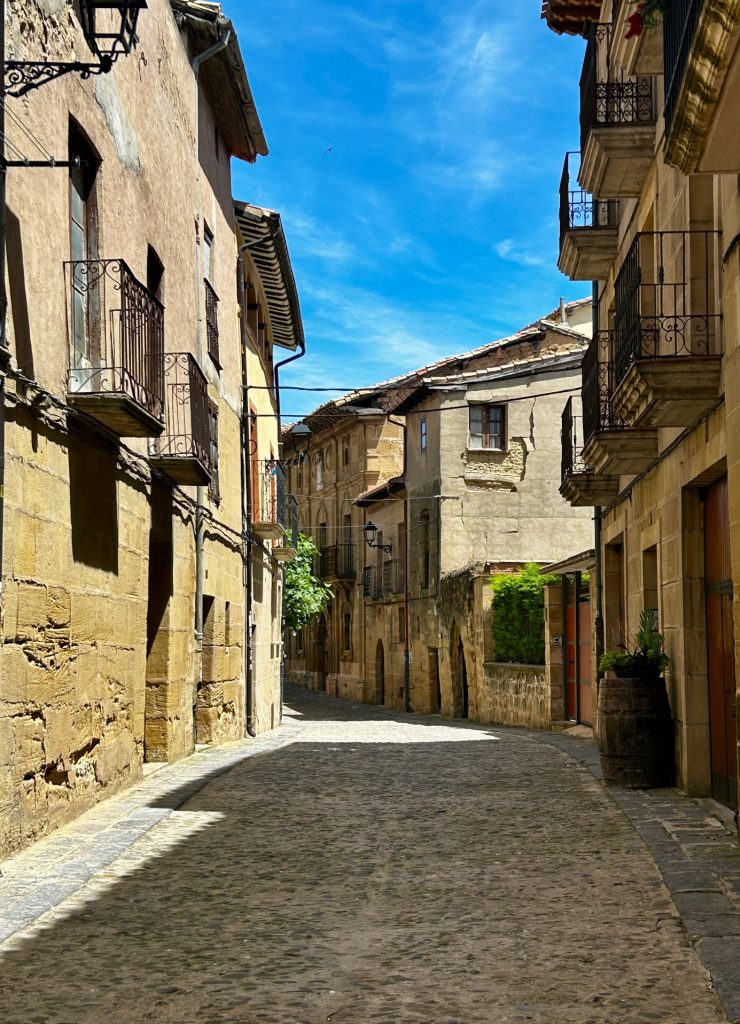
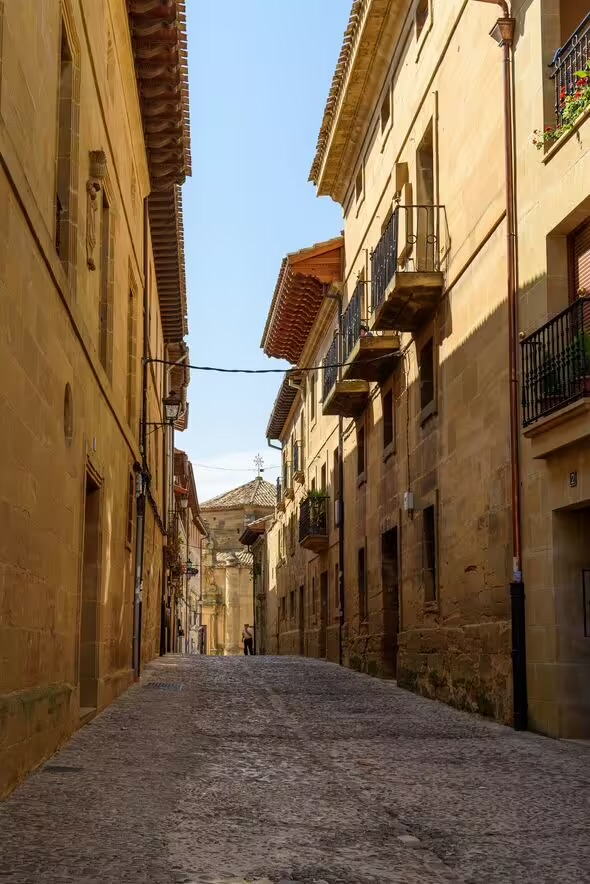
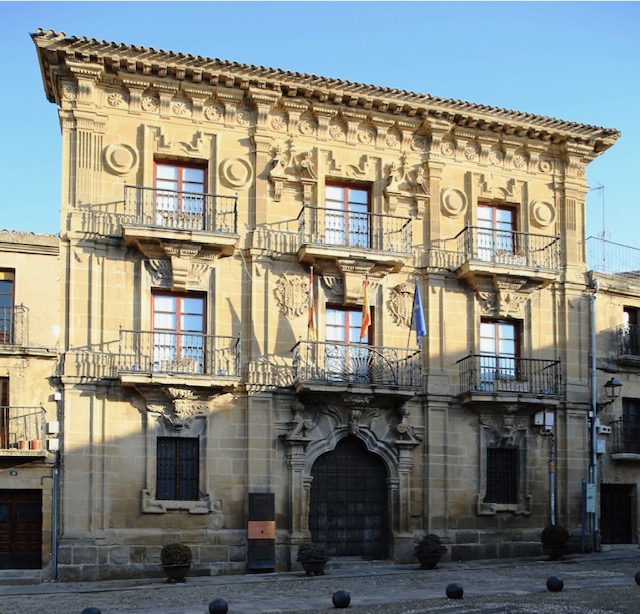
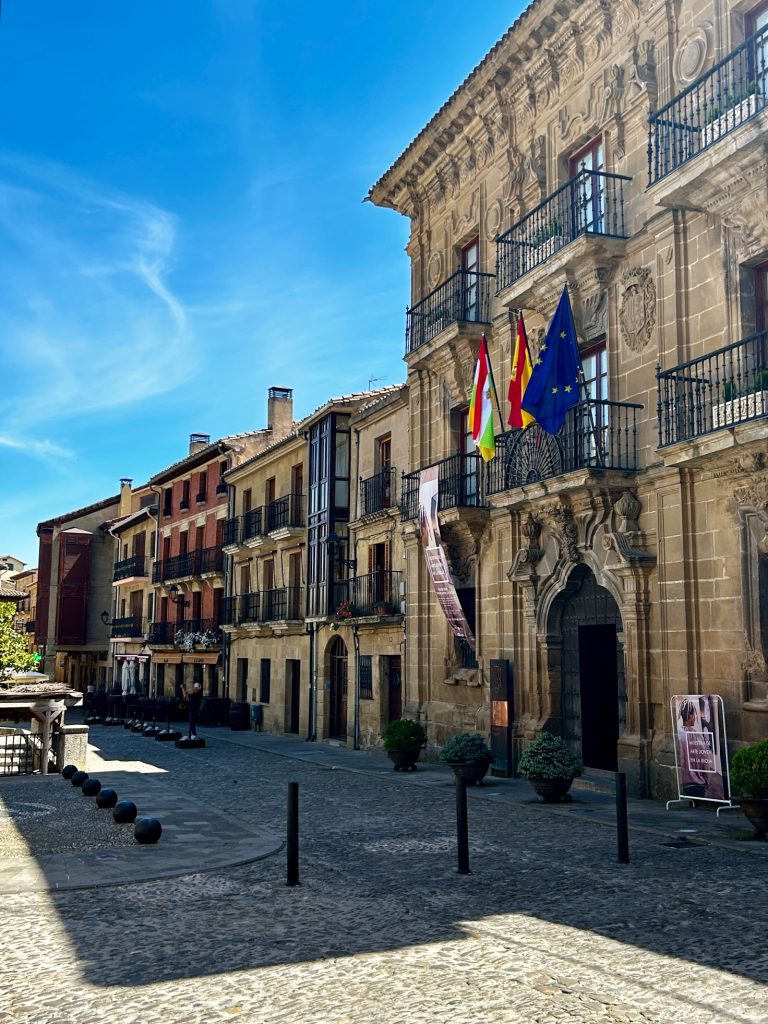
There was some activity in the square as we arrived but it wasn’t too busy. Some scaffolders were very slowly dismantling scaffolding from the recently sand blasted church (what remained of the scaffolding was going to ruin any decent photo opportunities there might have been of the exterior of the church – not that I’m any good at taking such pictures). Another man (a mechanic?) working on a car paused to ask us about Nala’s wheels (I think he wanted to impress us with his English – and he did). An older woman was carefully selecting fruit from a heavily laden tray outside the store and two other women were selling bric-a-brac from a market stall. There were also small groups of men sitting, drinking coffee and conversing loudly outside each of the two bars. We chose a table in the sunshine outside the quieter of the two bars and I unhooked Nala from her wheels while Vanya went off to order us drinks. She likes to practise her Spanish in Spain, you know?
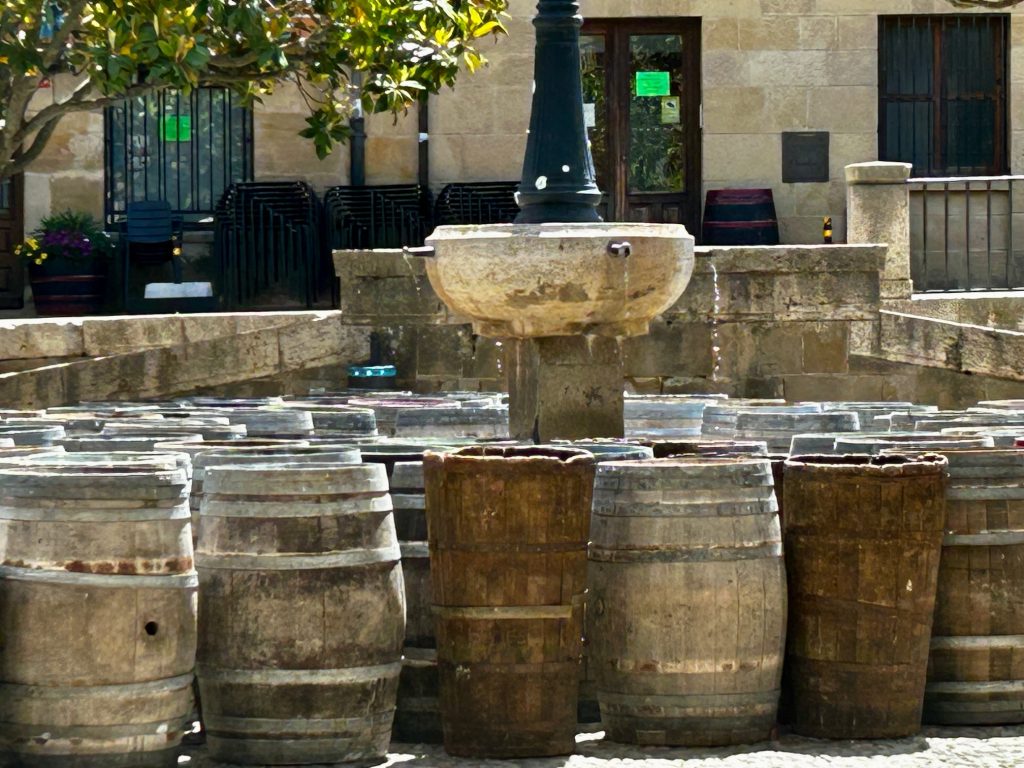
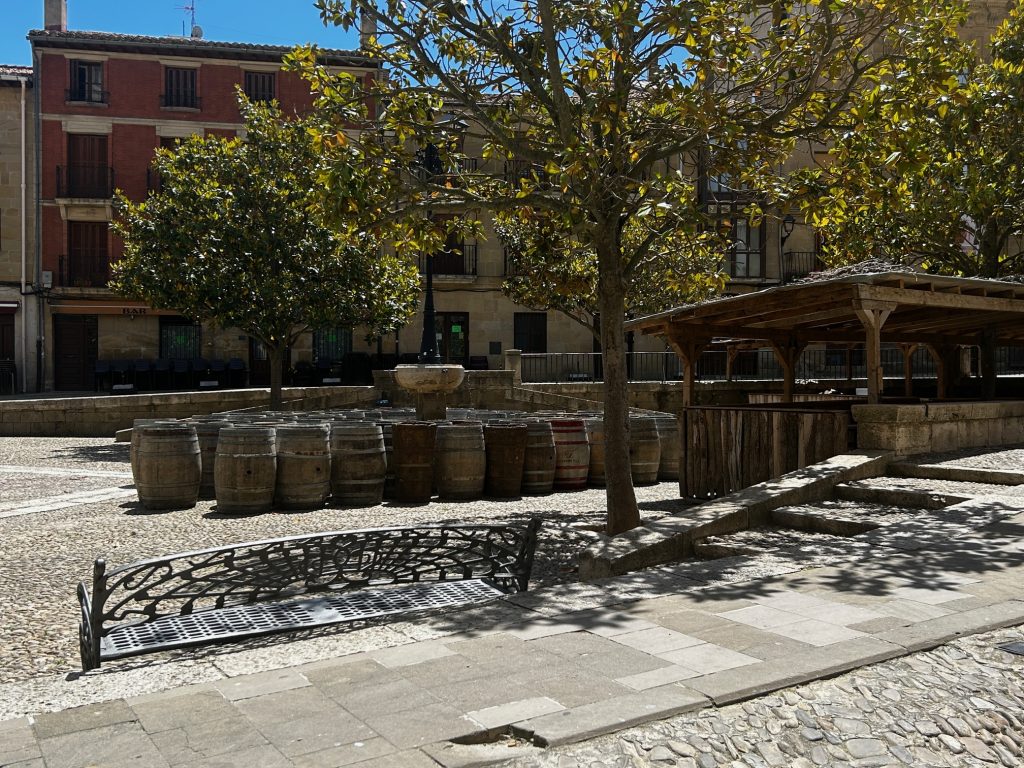

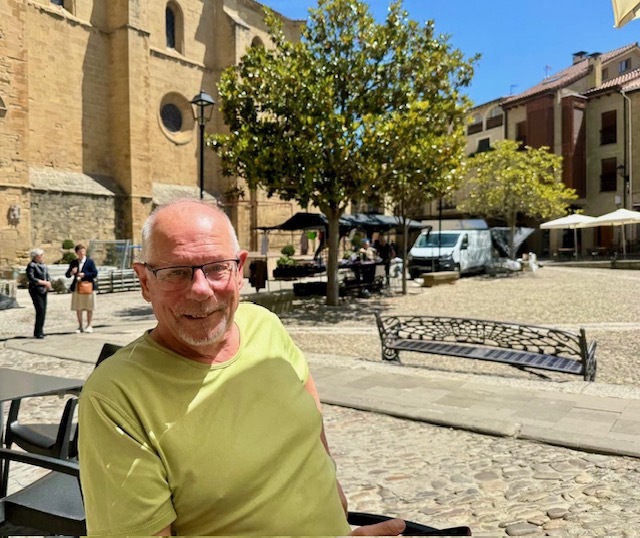
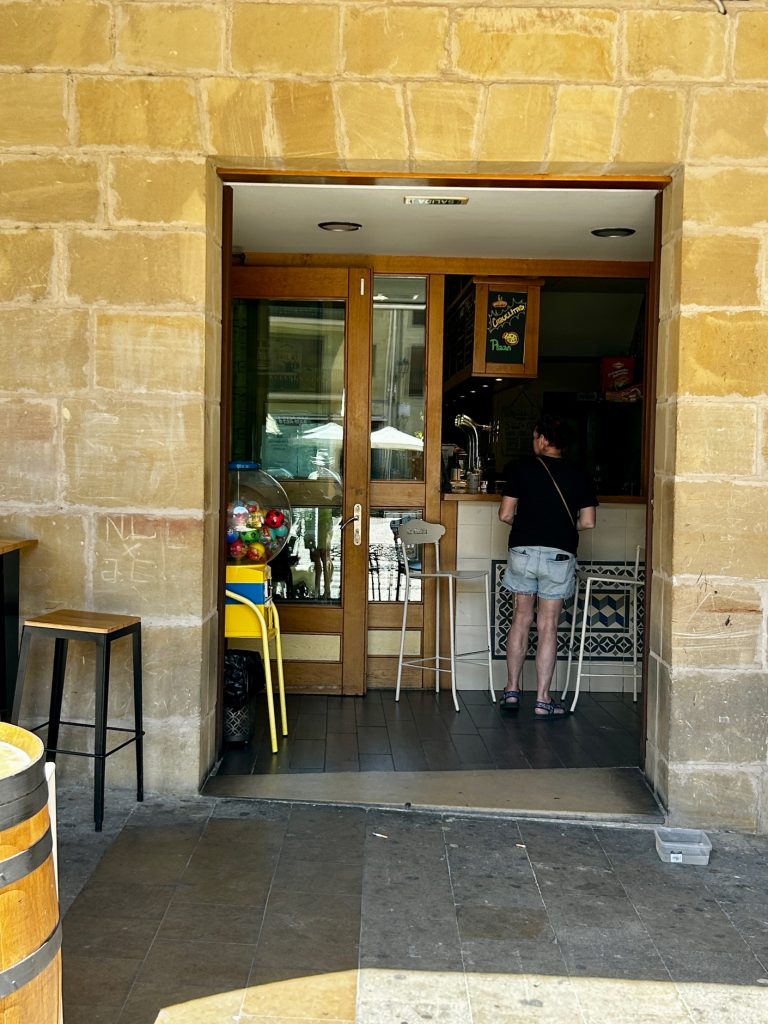
The principal feature of the town square is the enormous 16th century Iglesia de Nuestra Senora de la Asuncion with it’s wonderfully ornate baroque tower (so reminiscent of the cathedral in Logrono). For a town with less than 800 people, it is unbelievably and, dare I say, unnecessarily large. I am not very religious but standing inside this mostly Gothic style church and looking up at the high ceiling with it’s thick supporting columns was almost overwhelming. There is a real majesty about the place. Add in the three sizeable naves, numerous chapels, a beautiful altarpiece and pipe organ and I defy anyone not to be impressed by the church. Put a coin in the donation box marked Organo and the church lights up and the organ starts playing. Fantastic.
Oh! And inside the church is a model of the town as it perhaps was in medieval times.
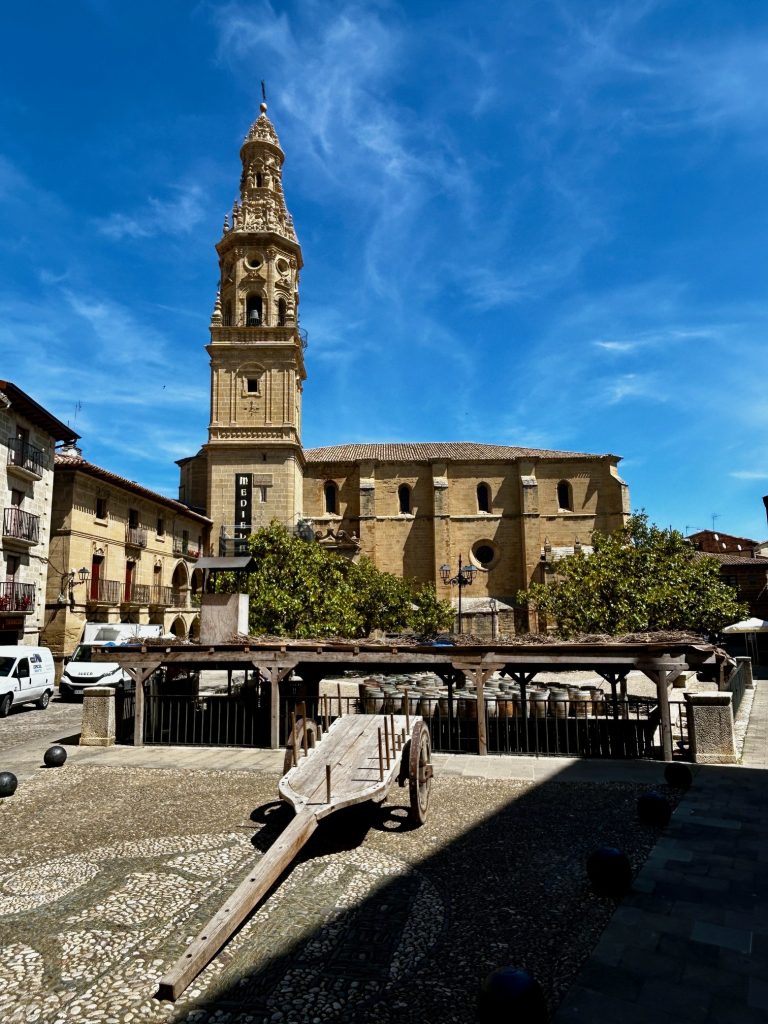

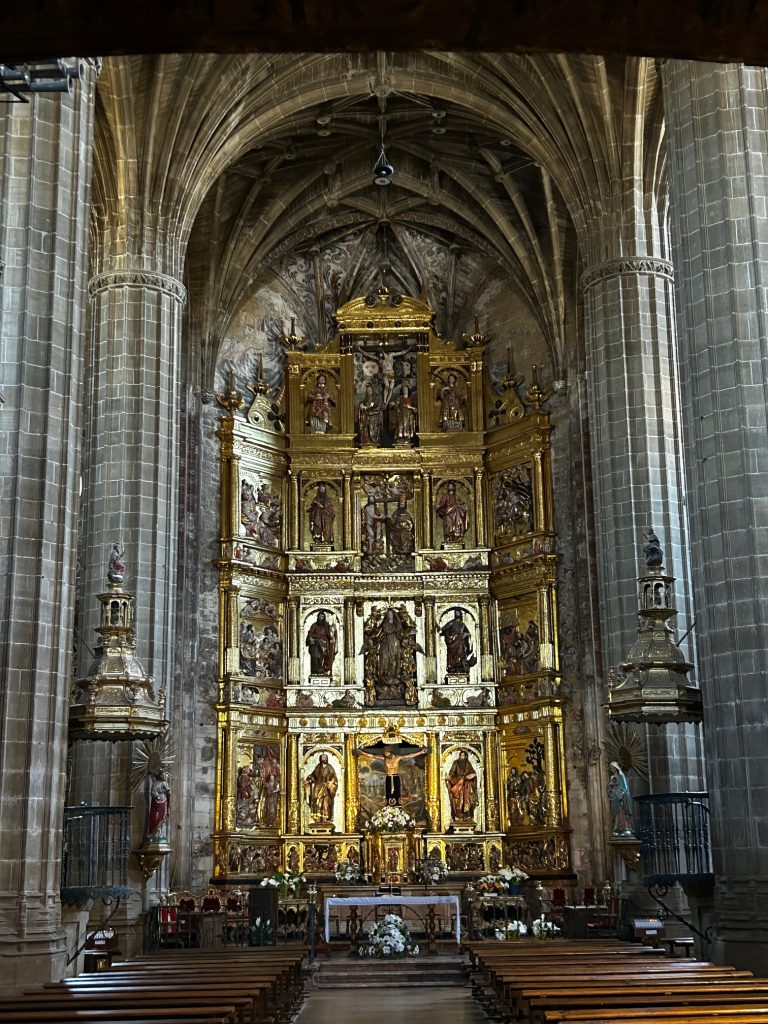
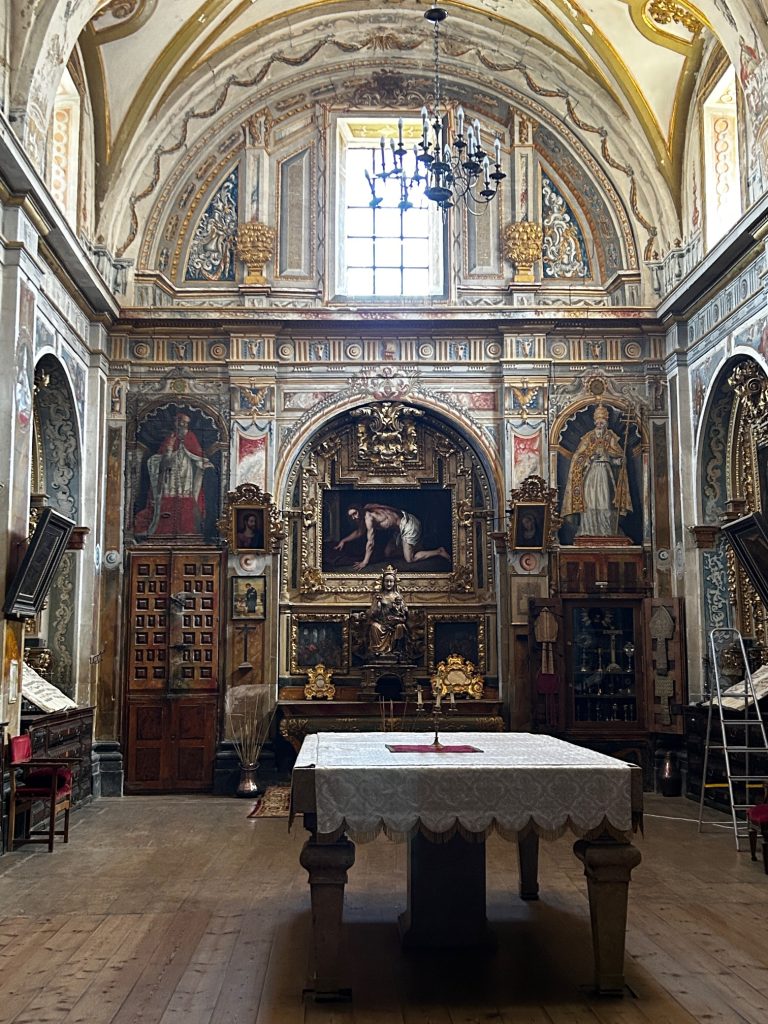
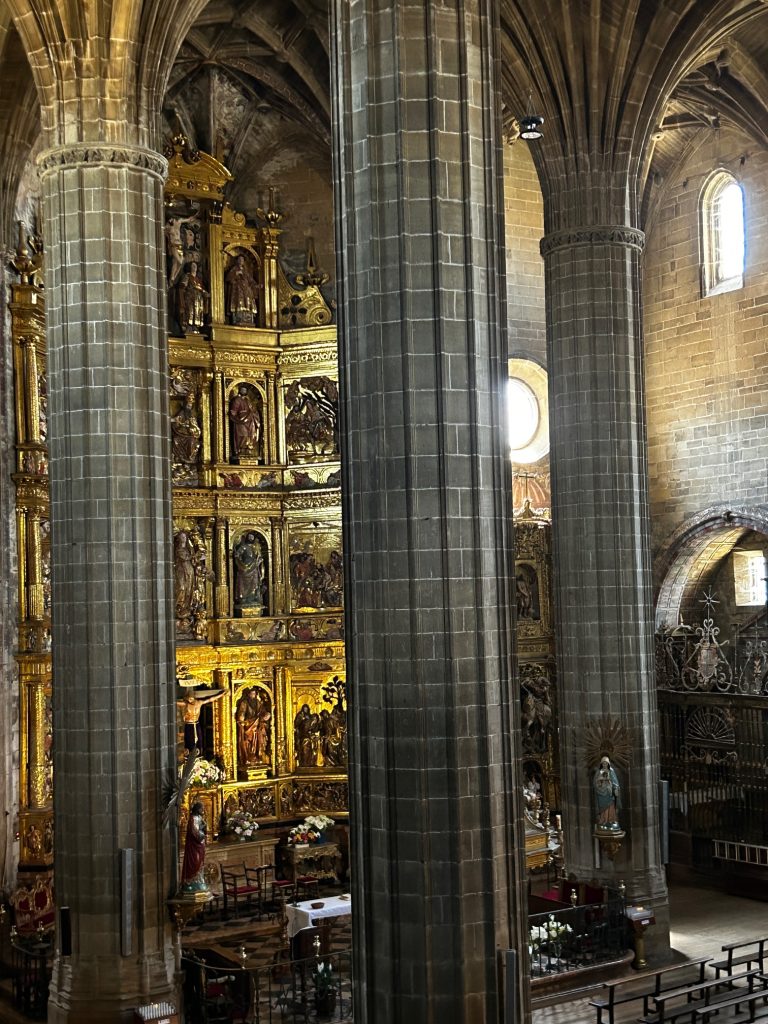
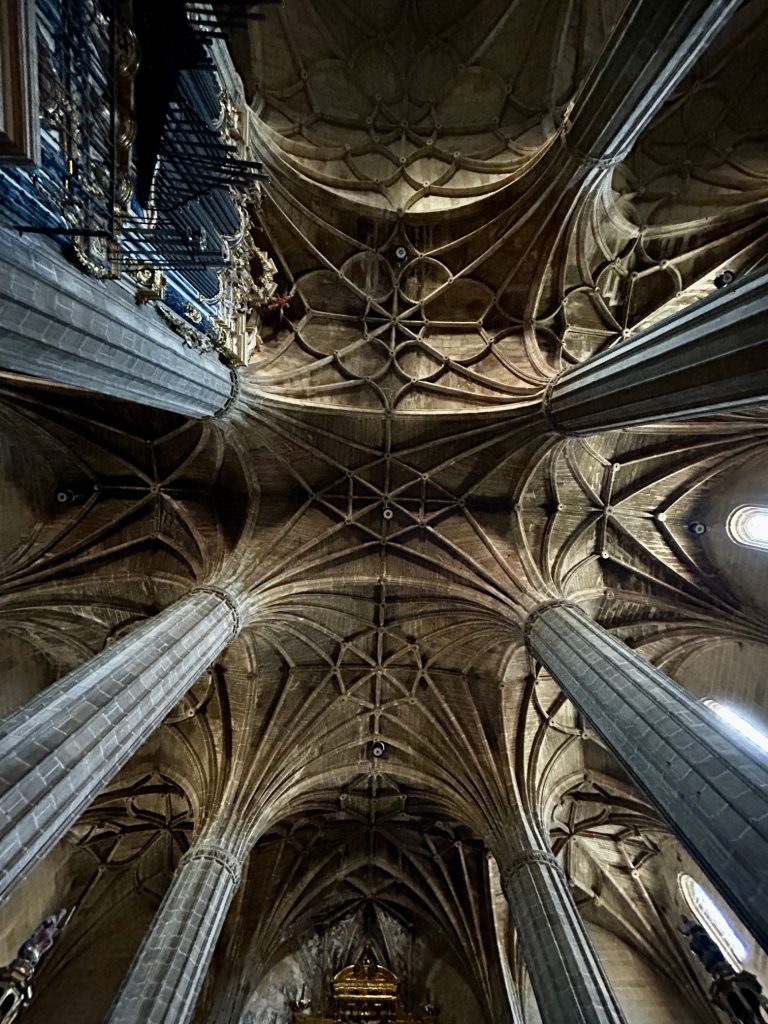
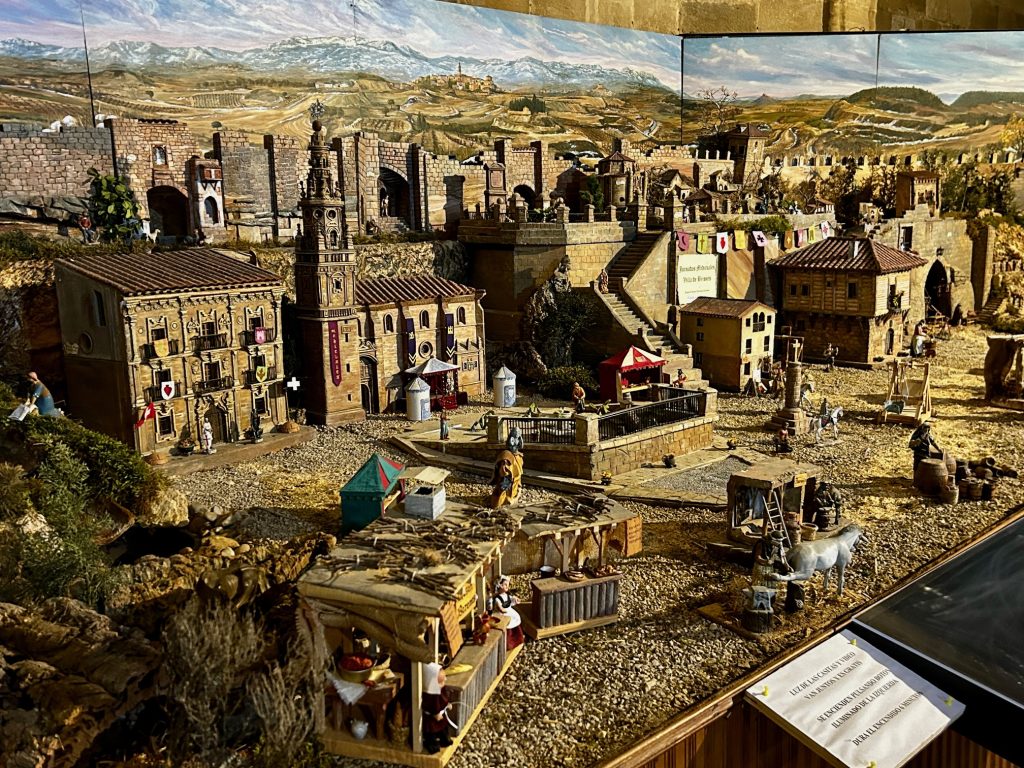
Saint John is the patron saint of Briones and so it seemed appropriate I look in on the 18th century hermitage in the town which is dedicated to him (Ermita de San Juan Carlos de los Remedios). I read that the hermitage is not often open to the public but for once I struck lucky…

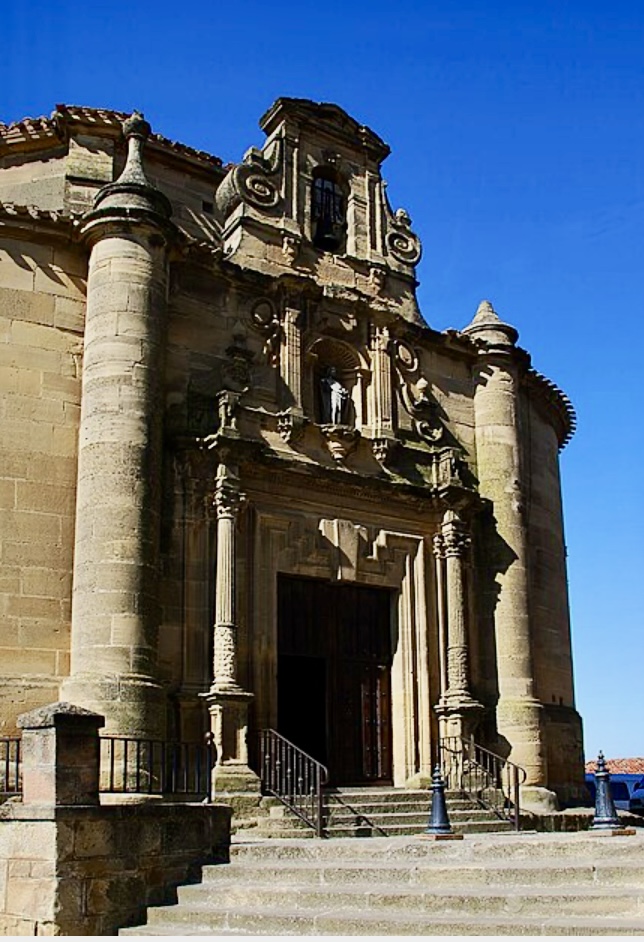
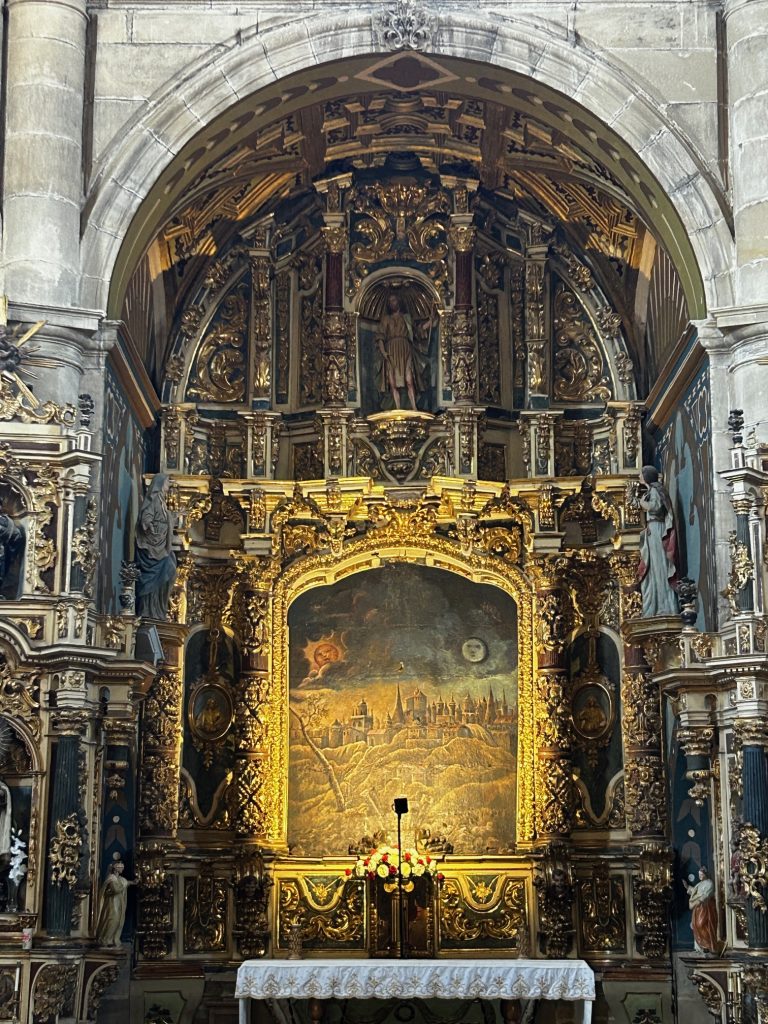
Whilst looking for the hermitage I stumbled upon the remains of a small, medieval keep. A spiral metal staircase has been fitted inside it so as to afford views across the surrounding plain but, if I’m honest, the views don’t amount to much.
There was time enough to return to the plaza and enjoy a quick cup of coffee and some chocolate biscuits bought in the store and then it was on to our next port of call, Penafiel…
